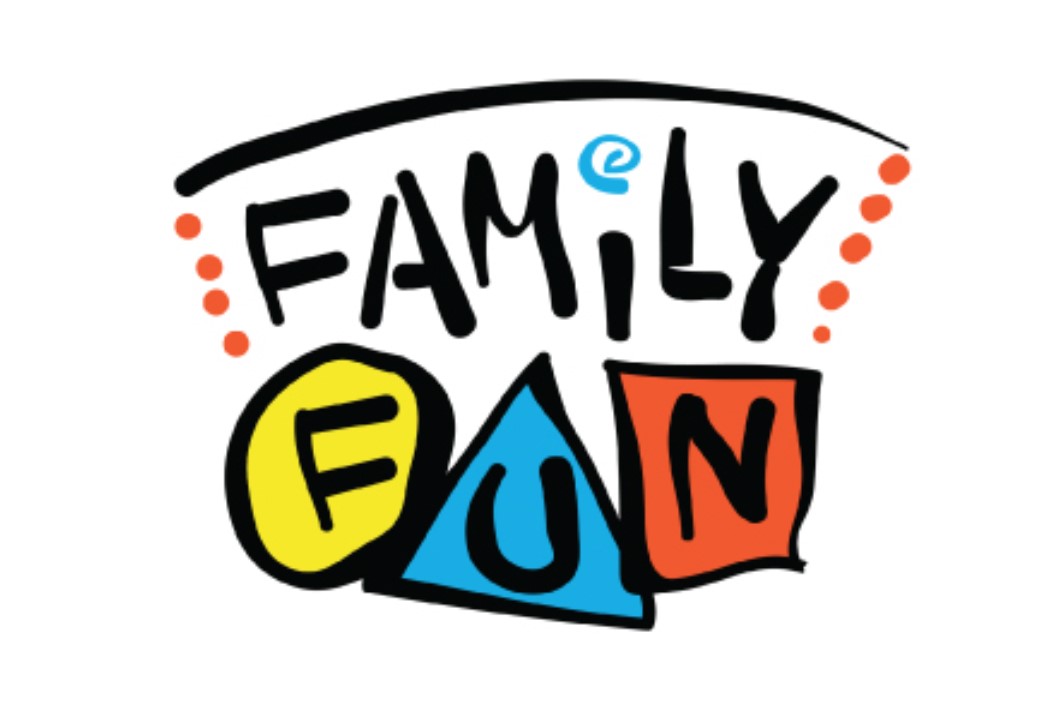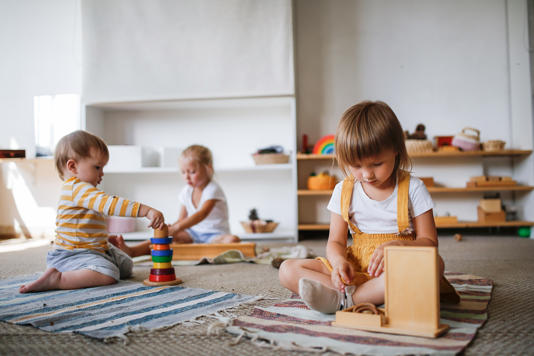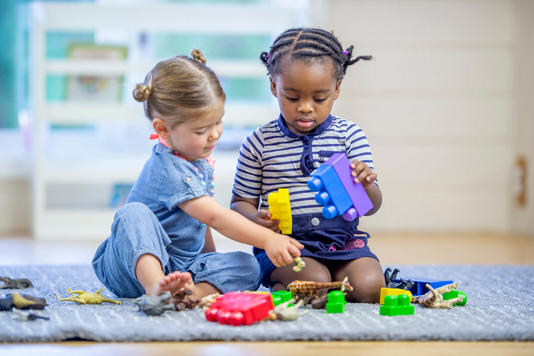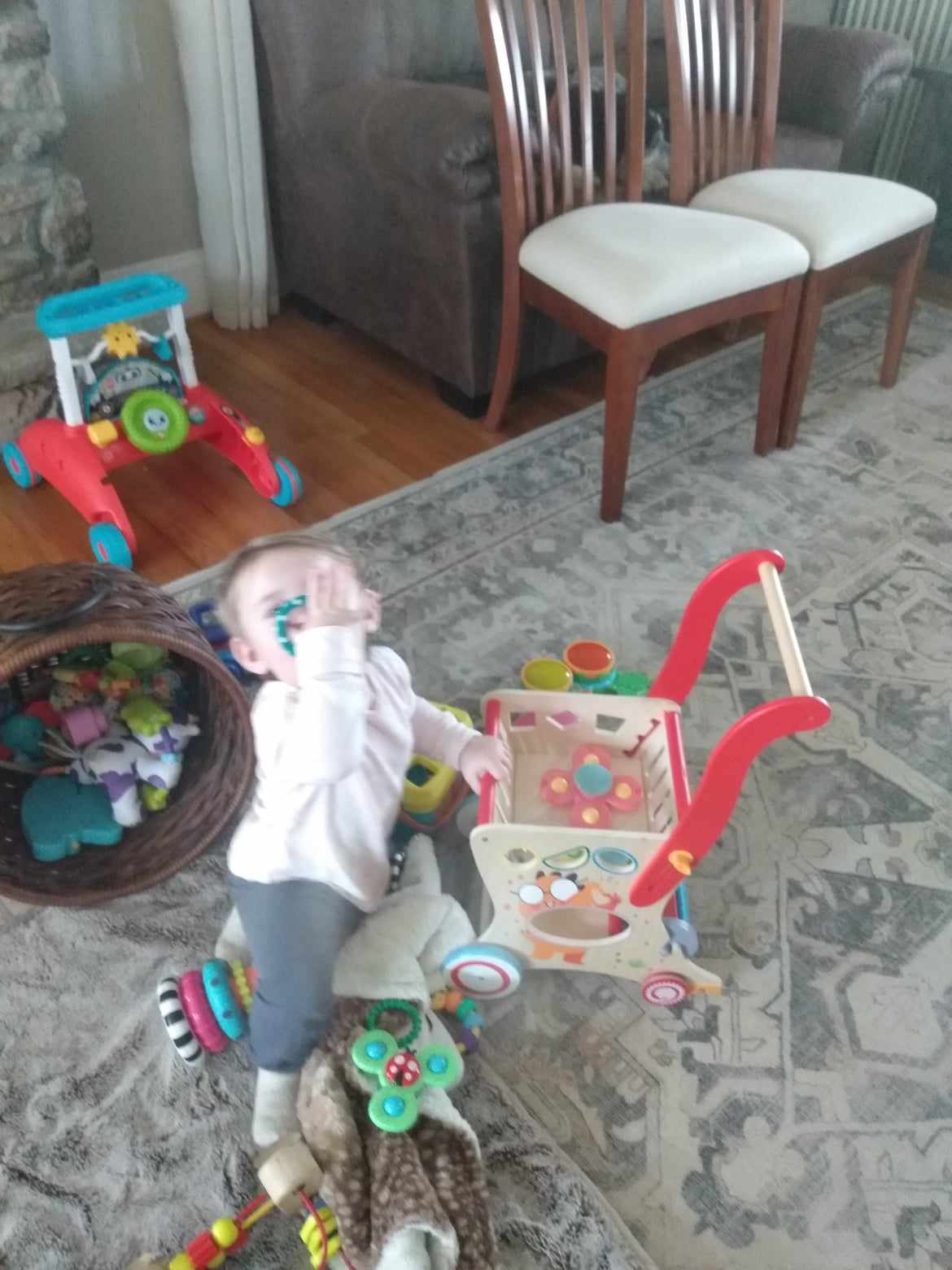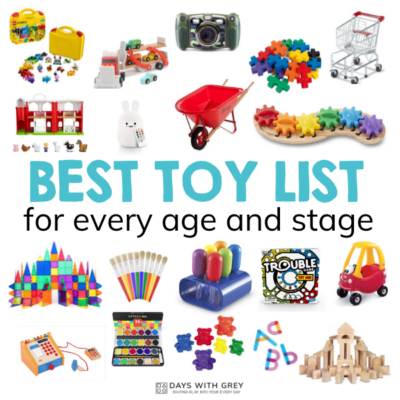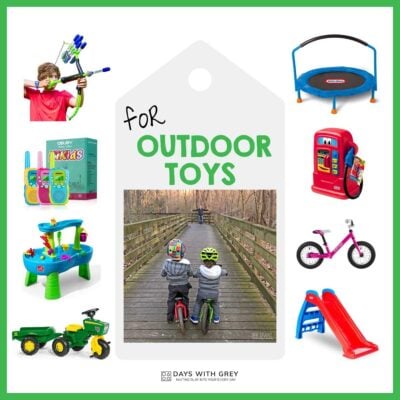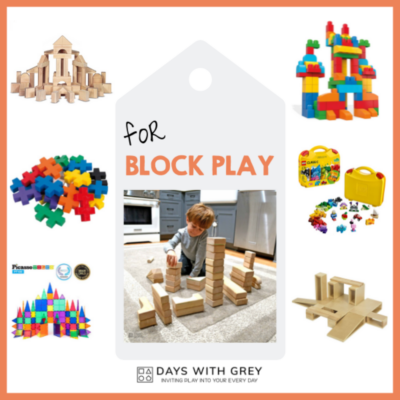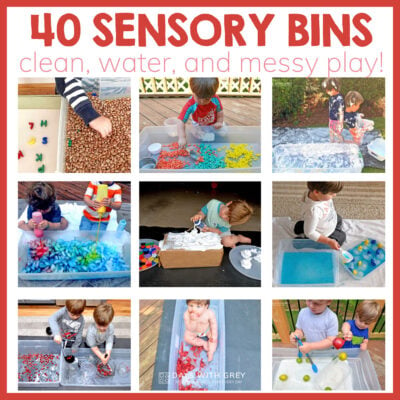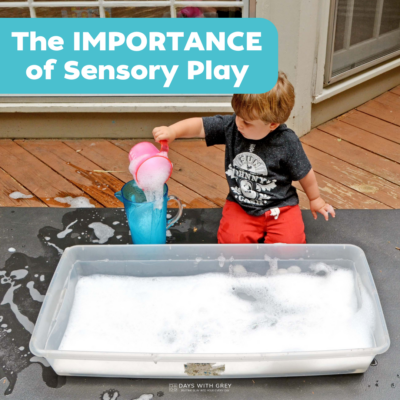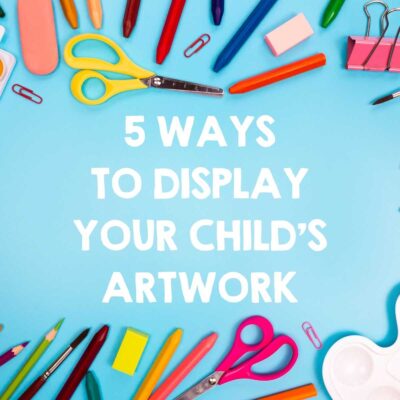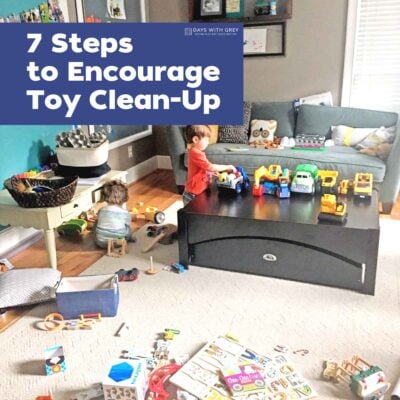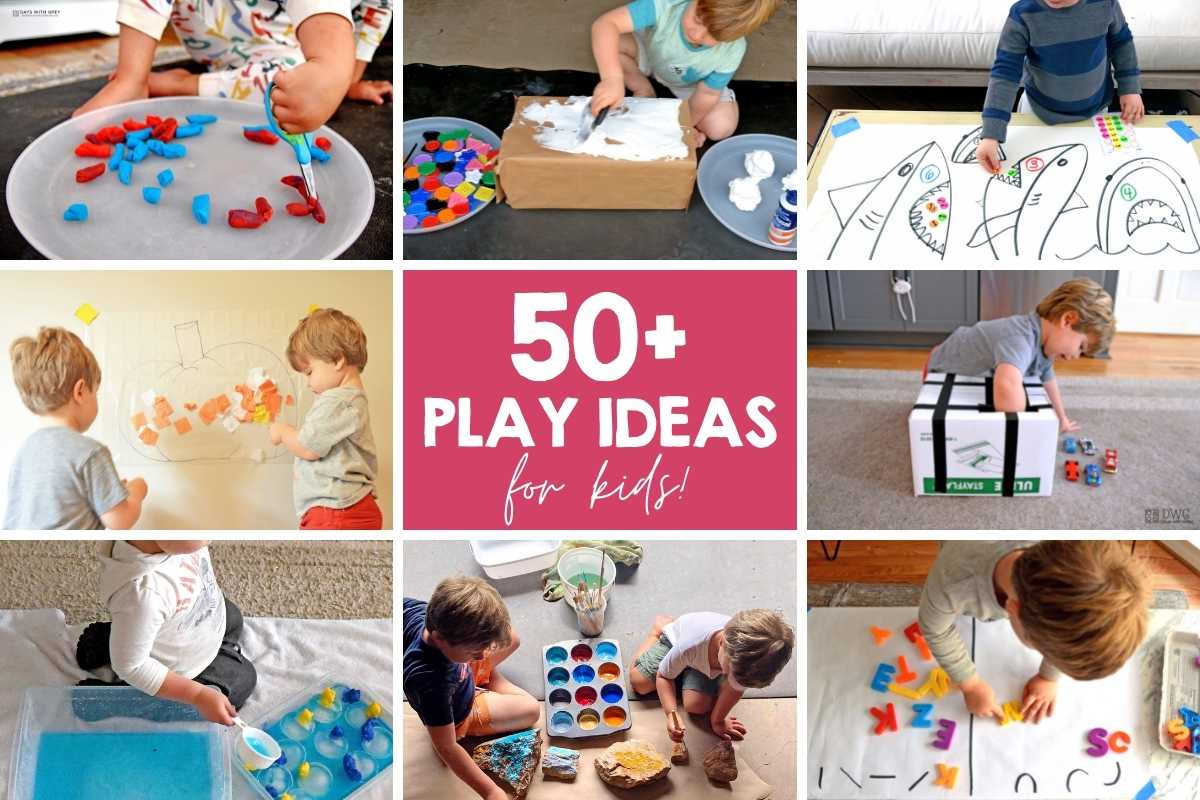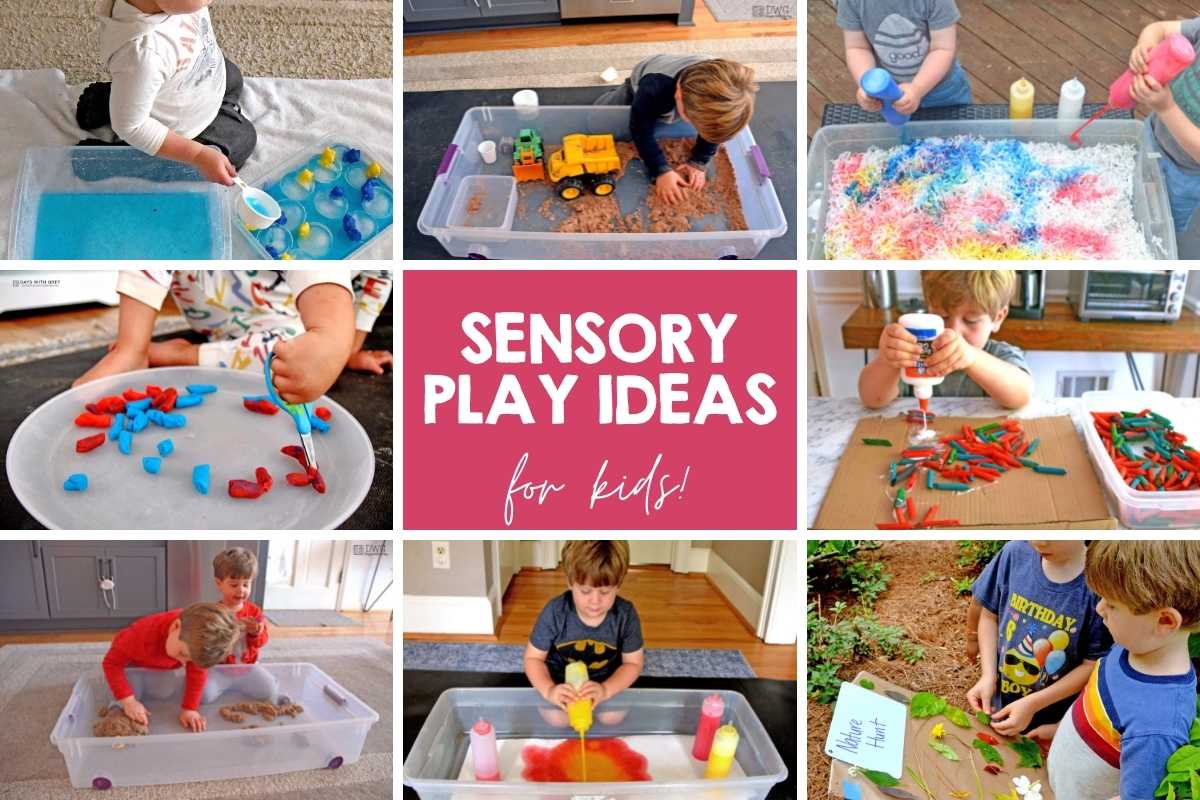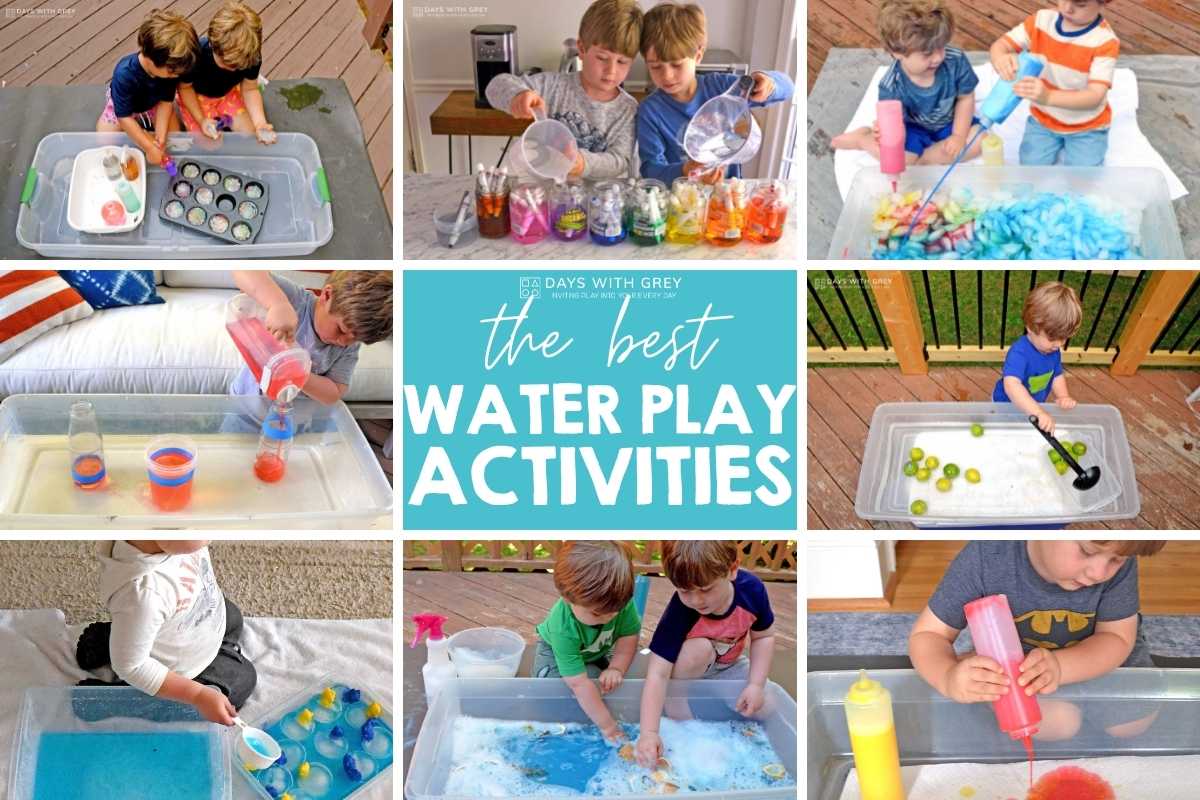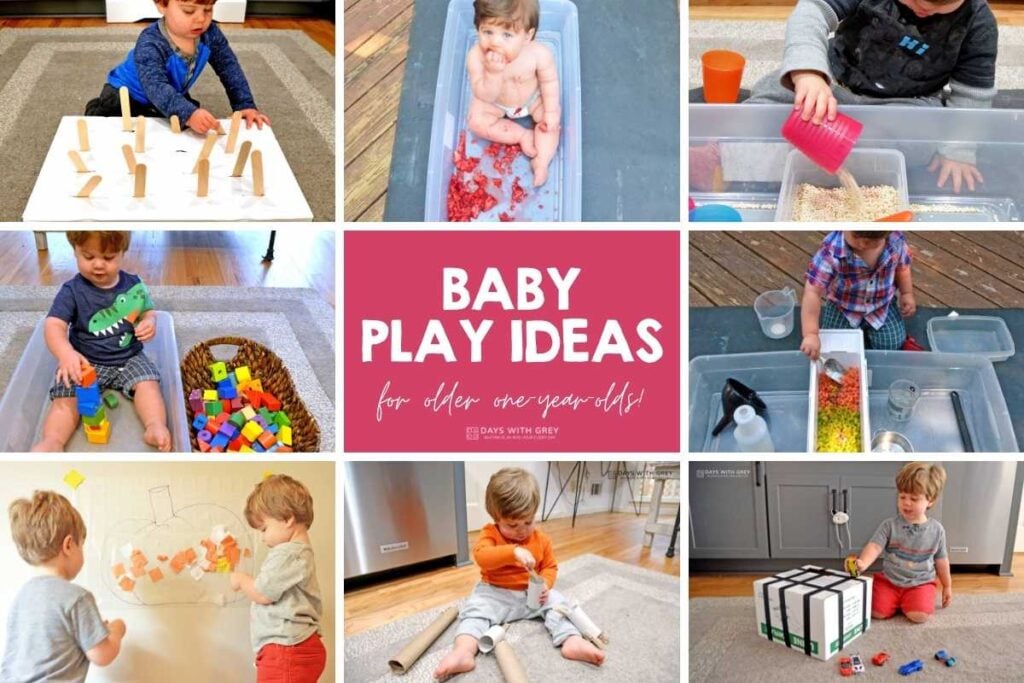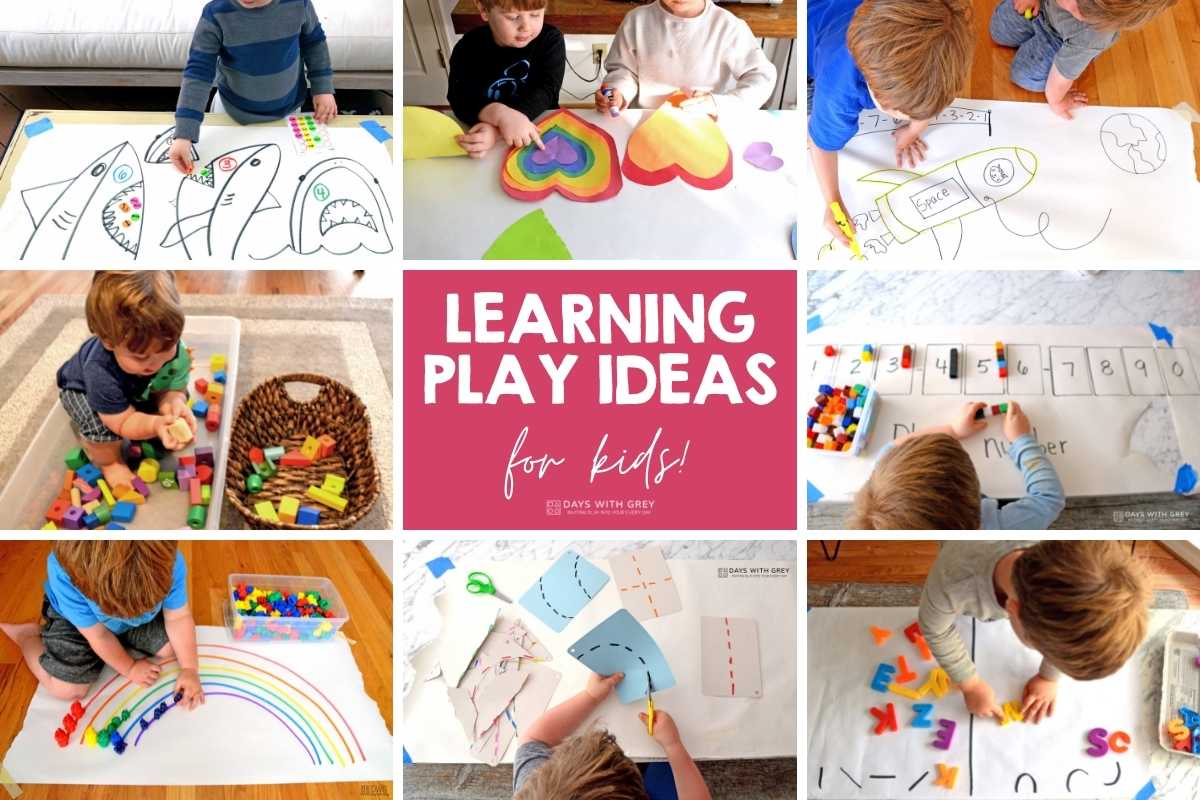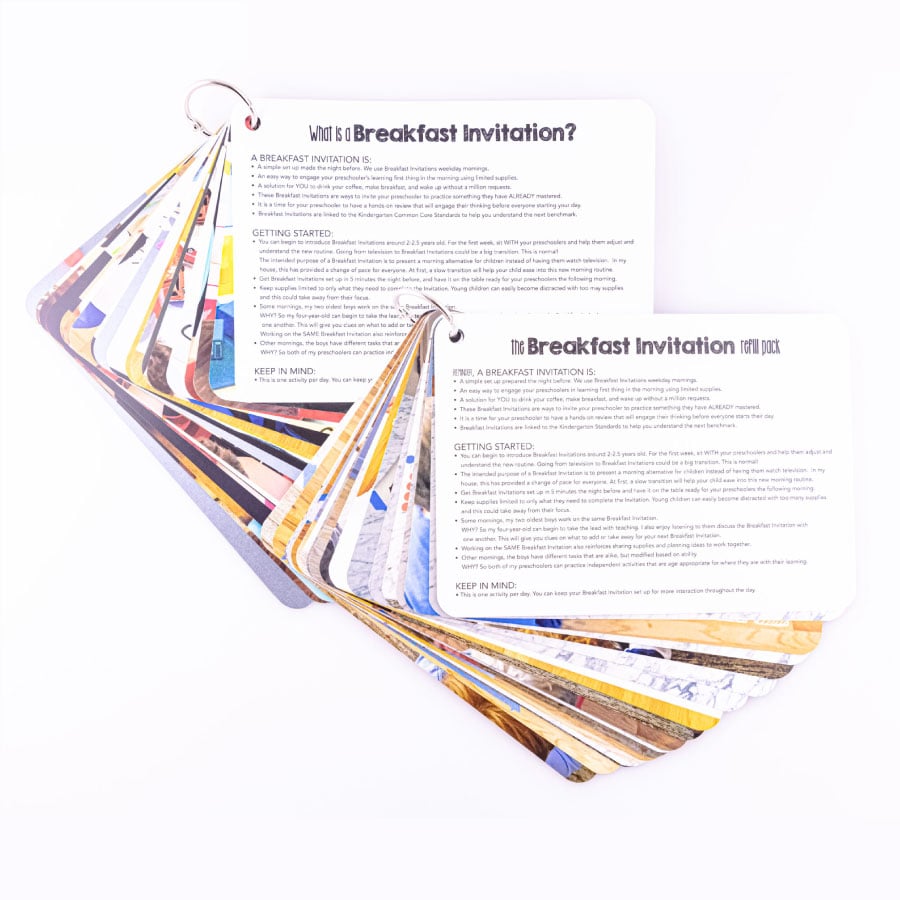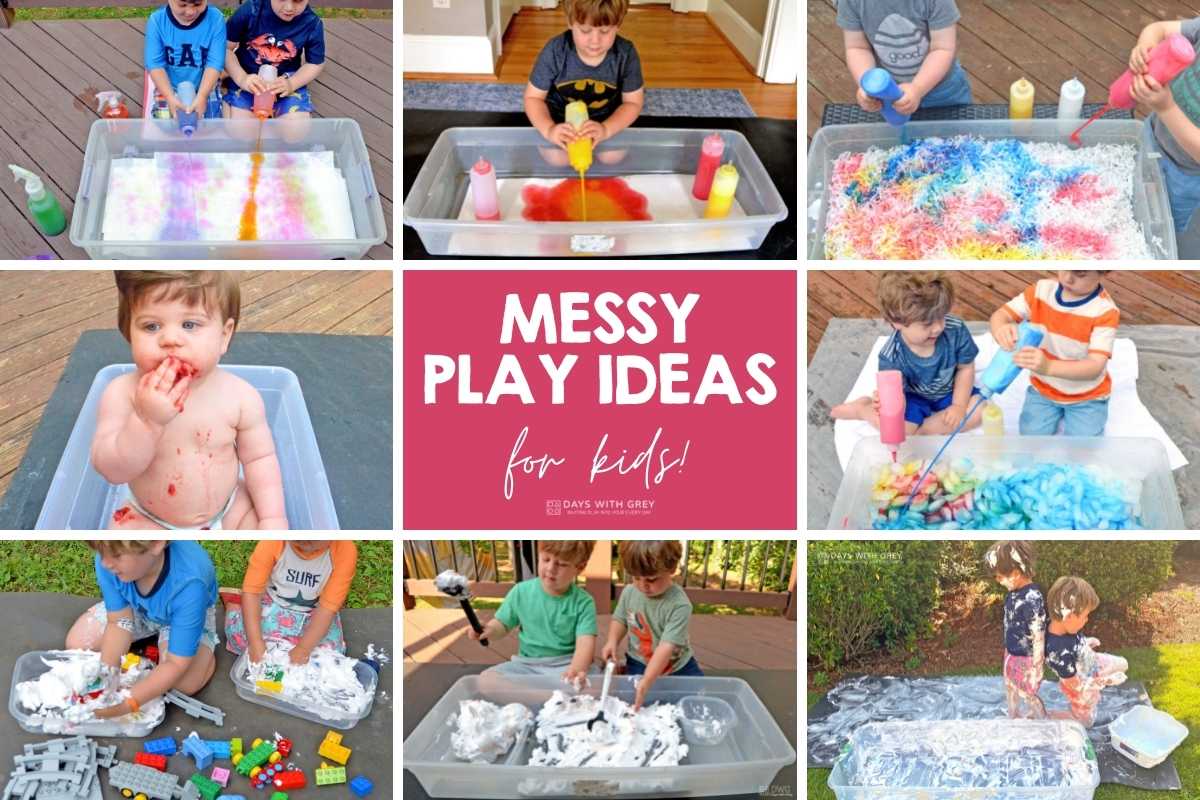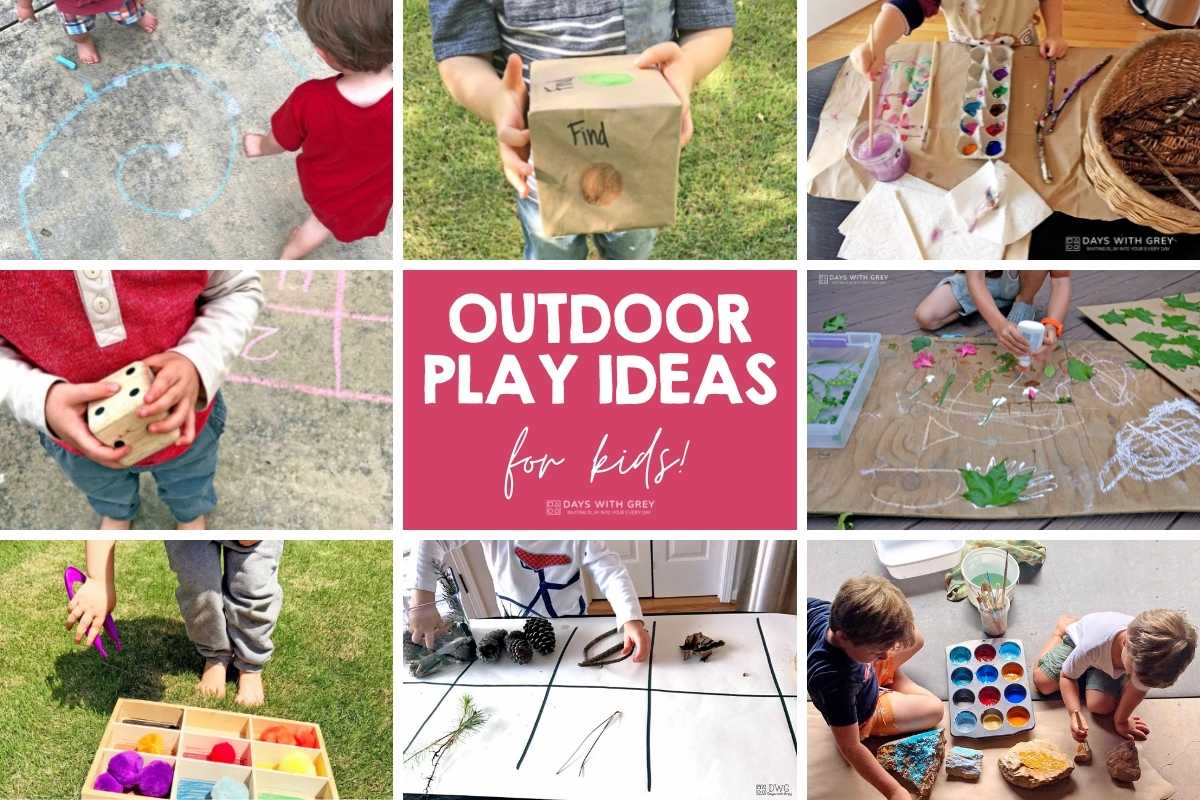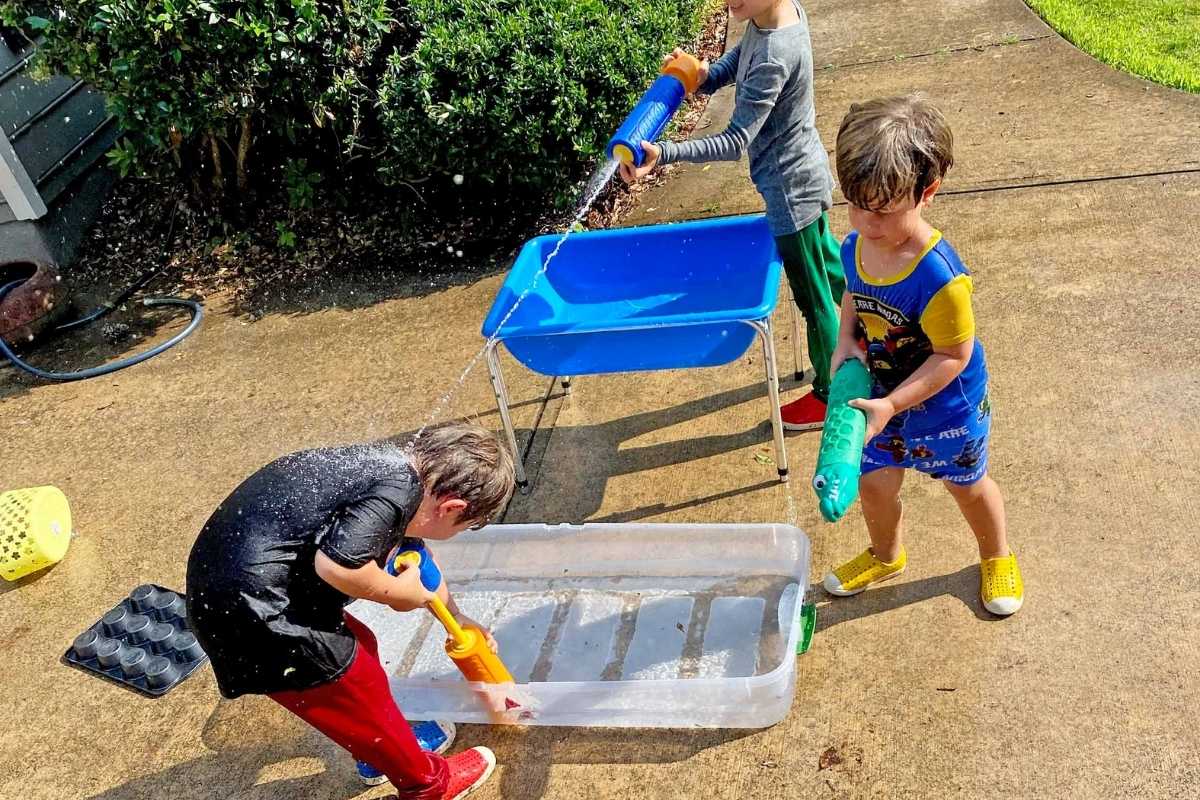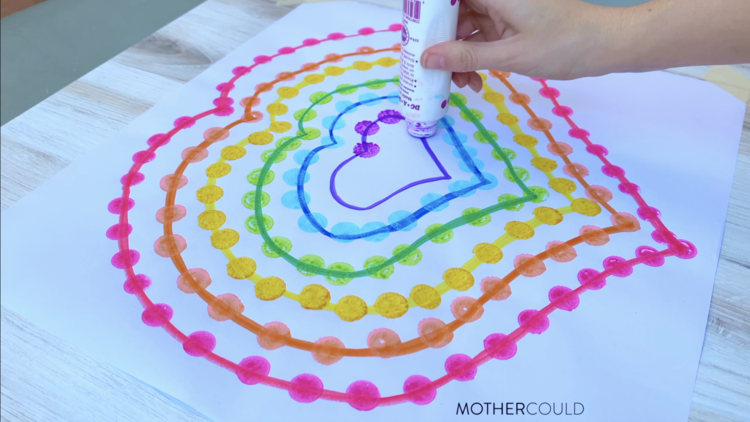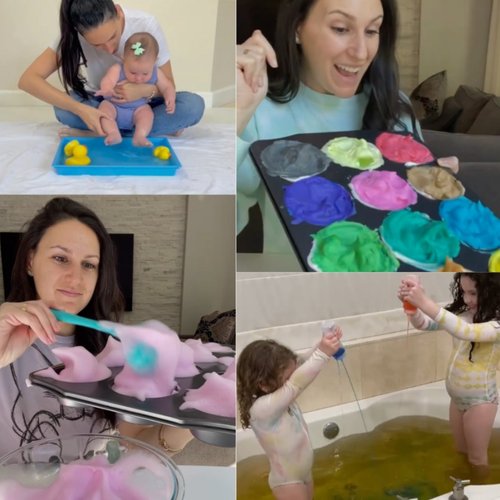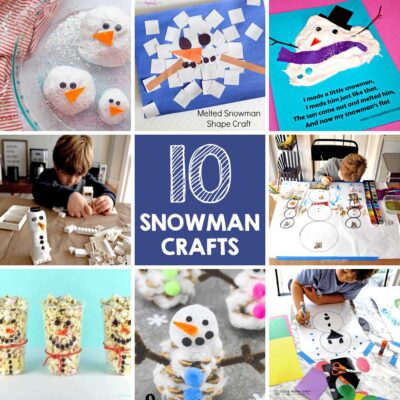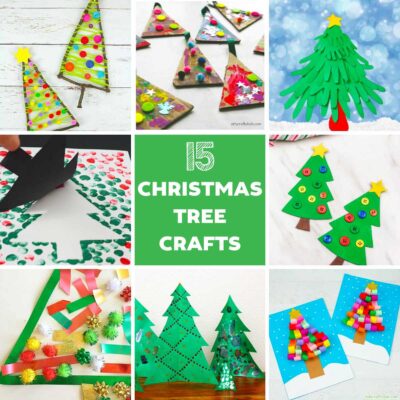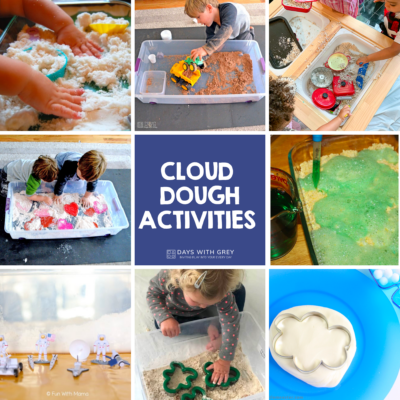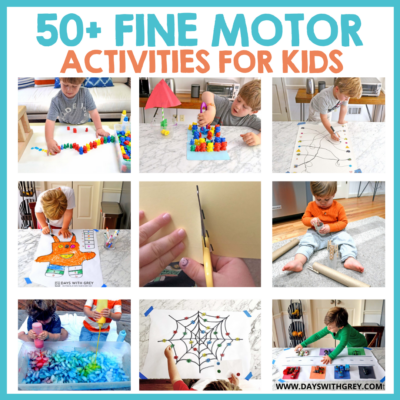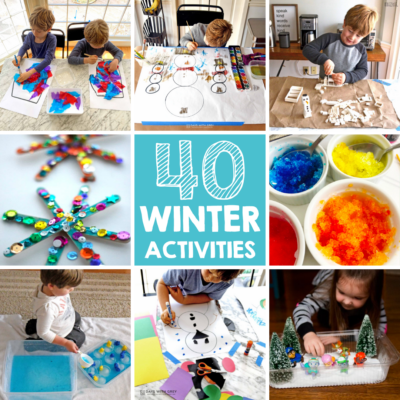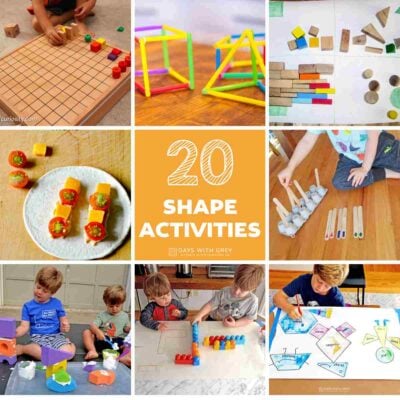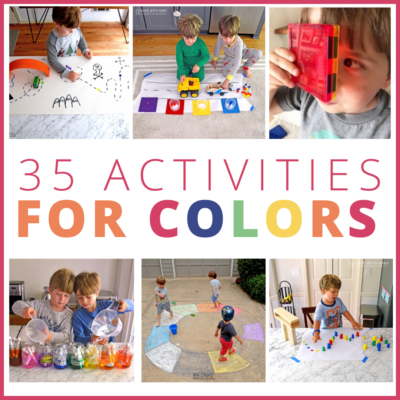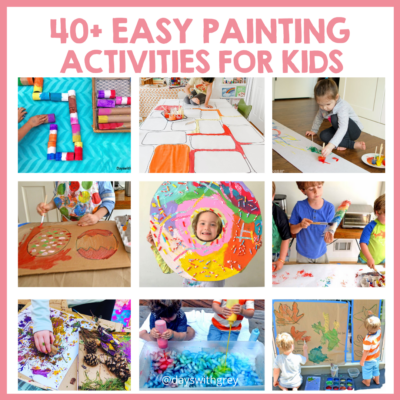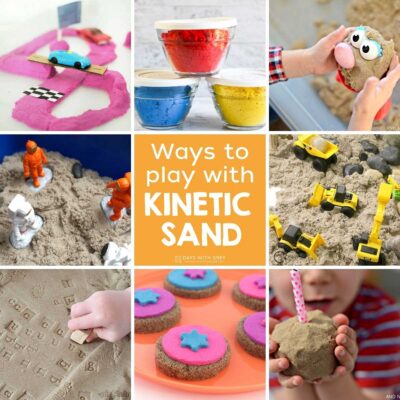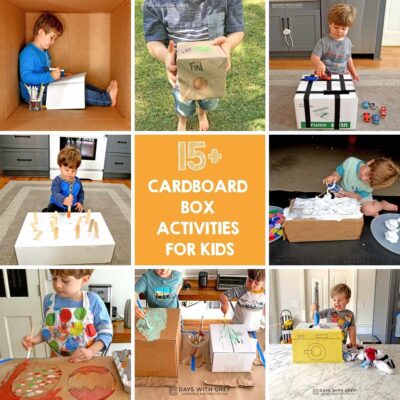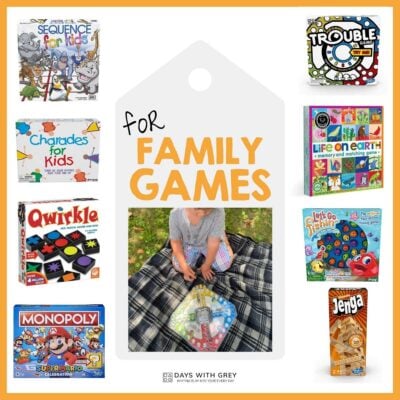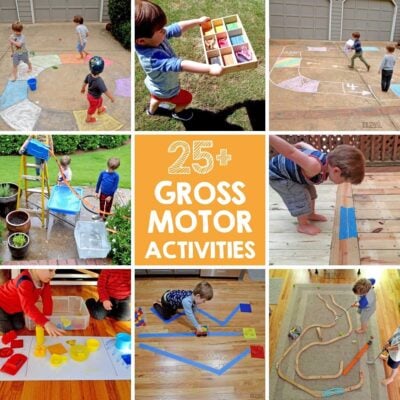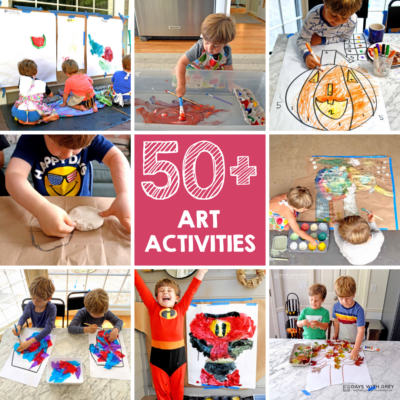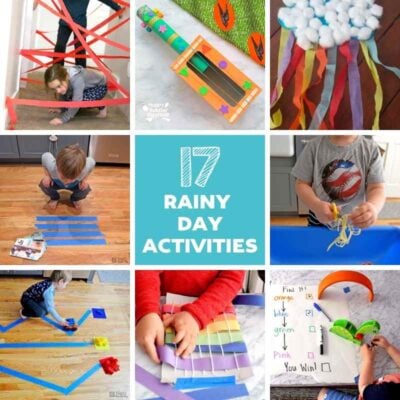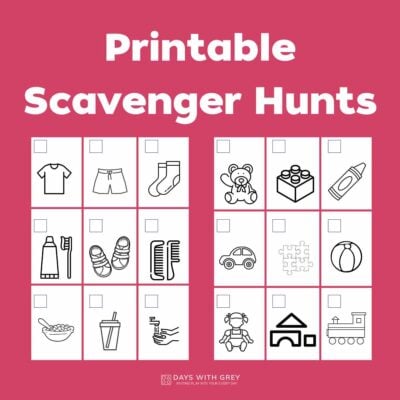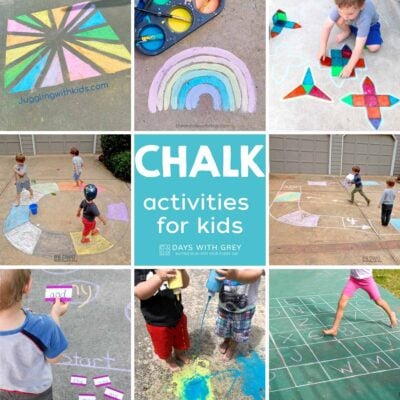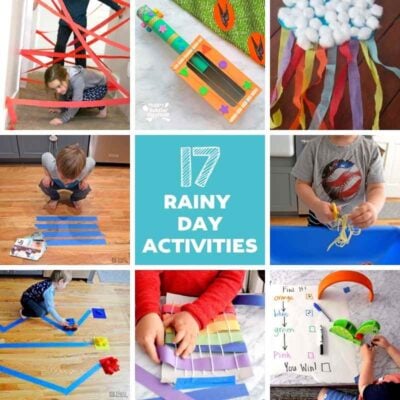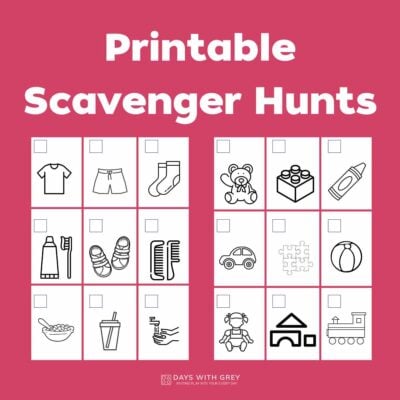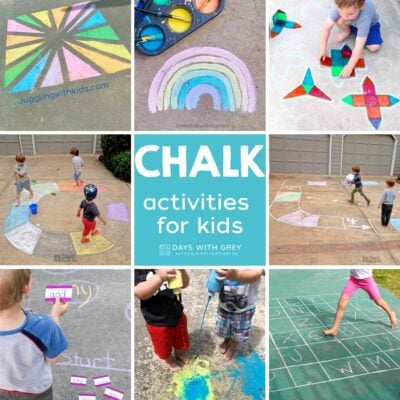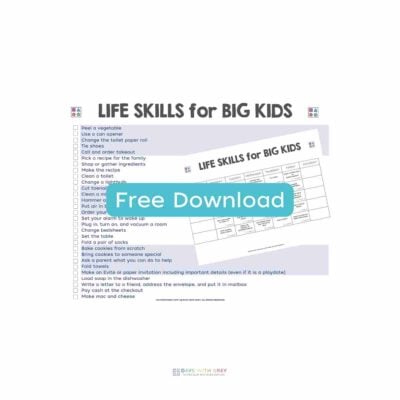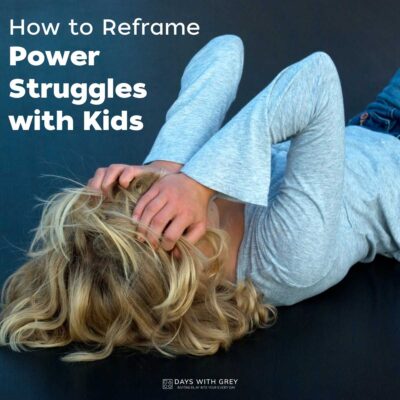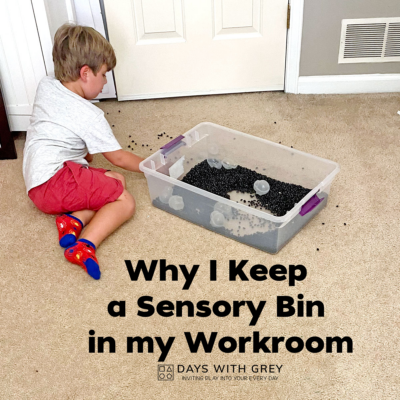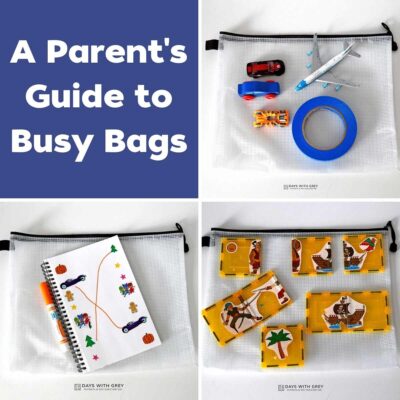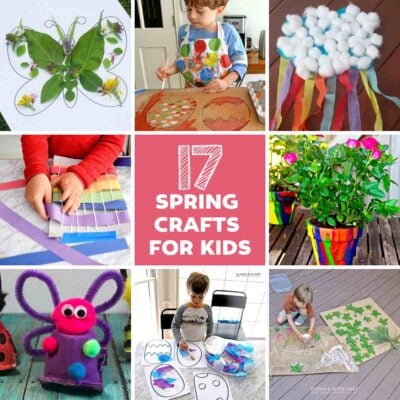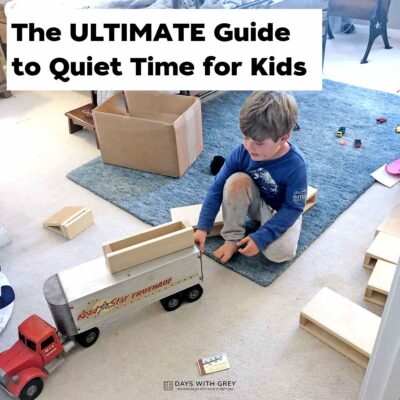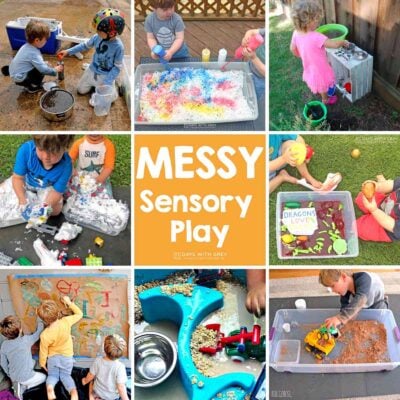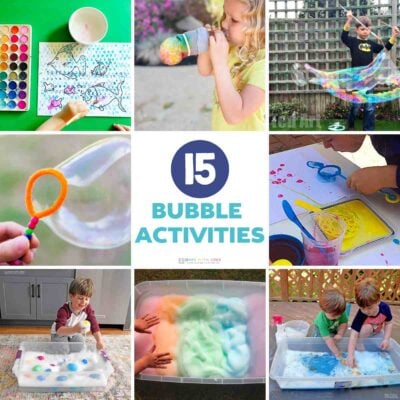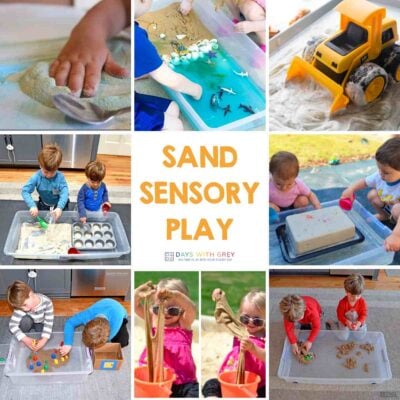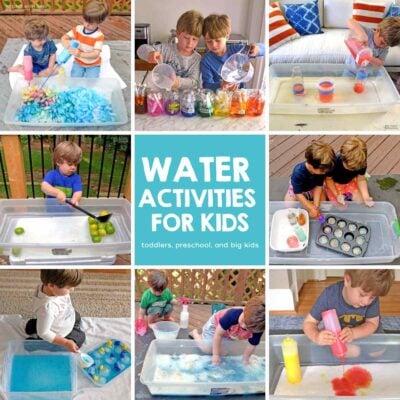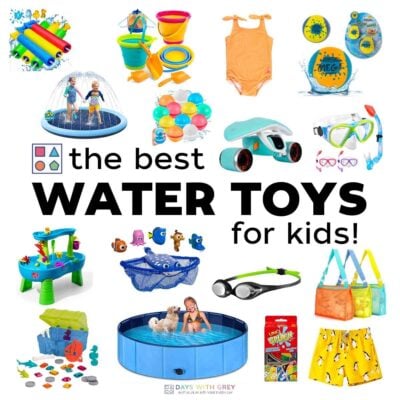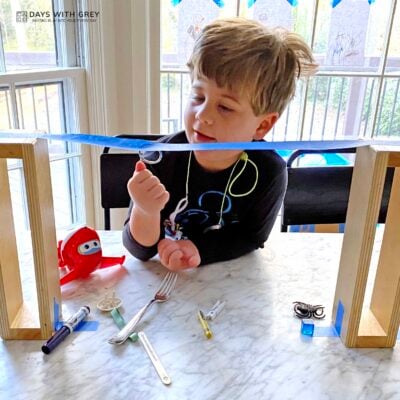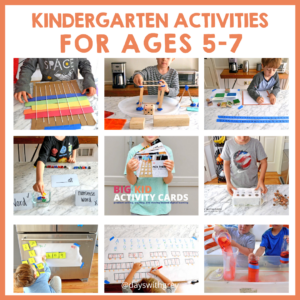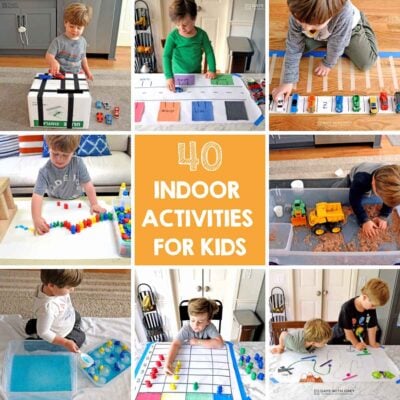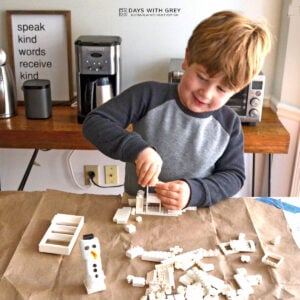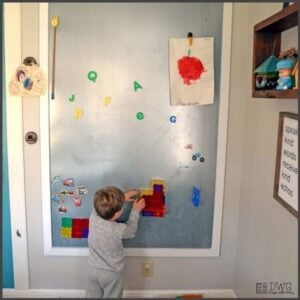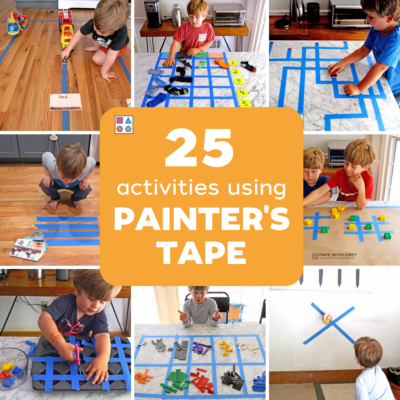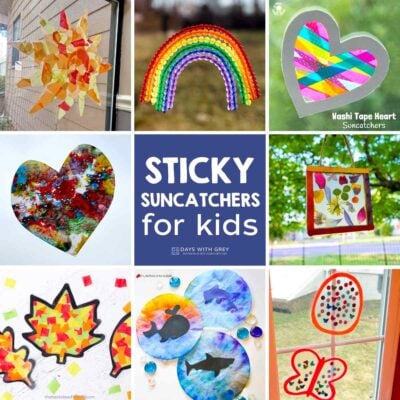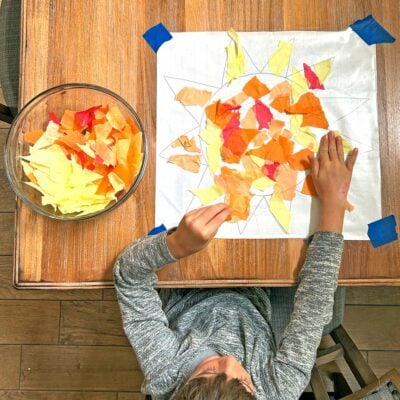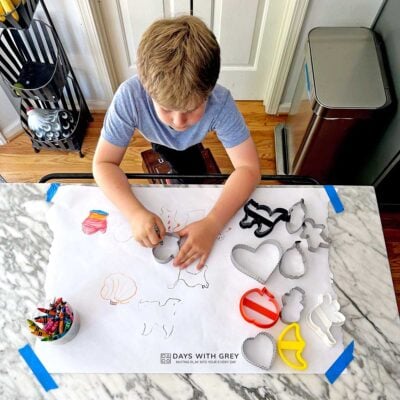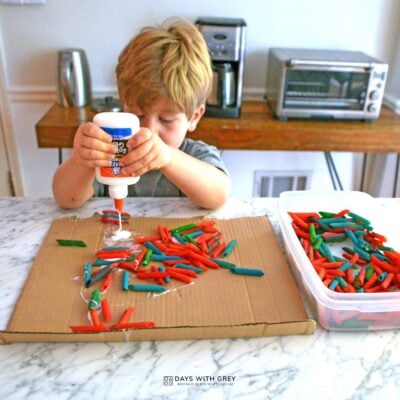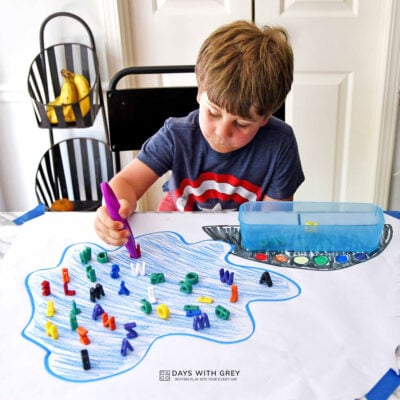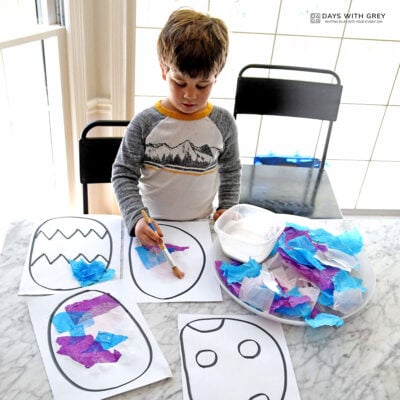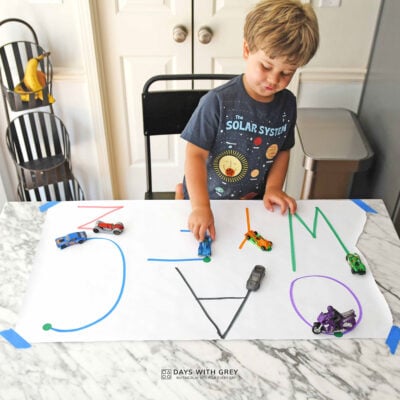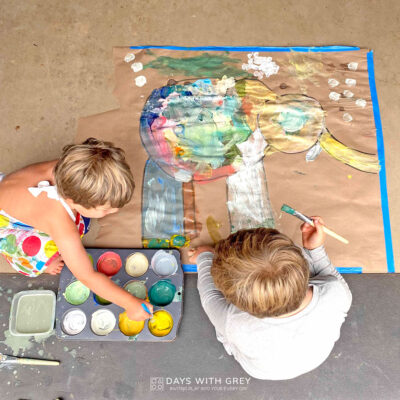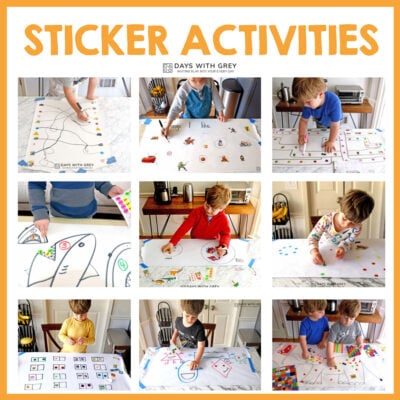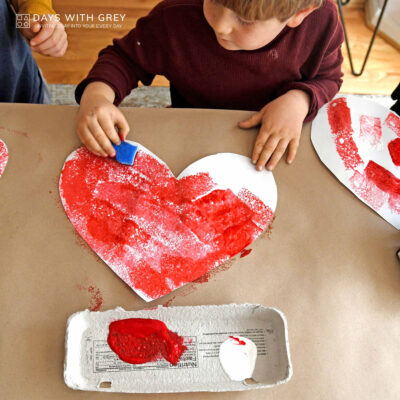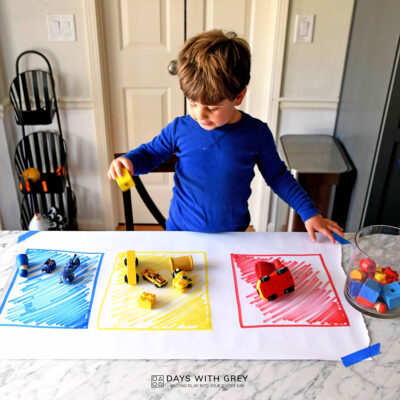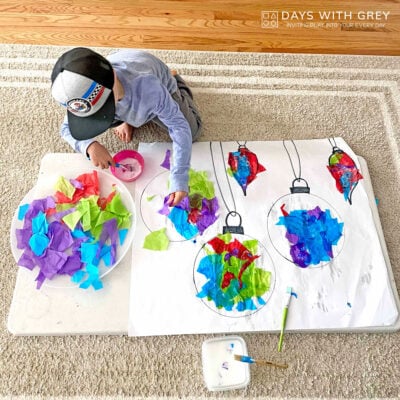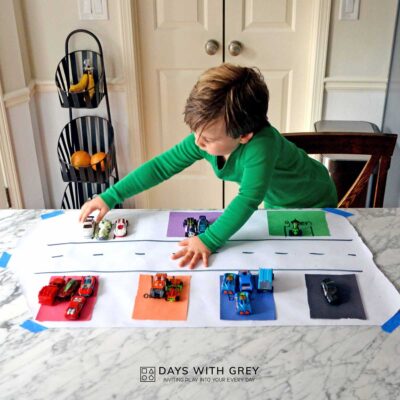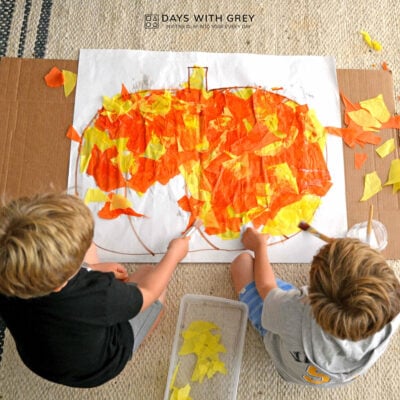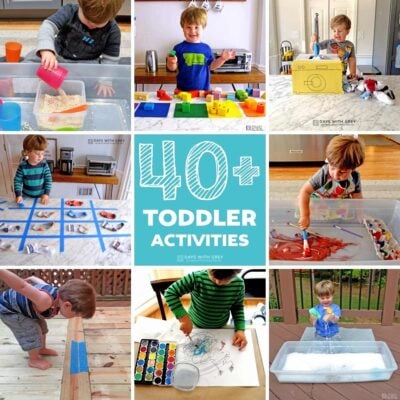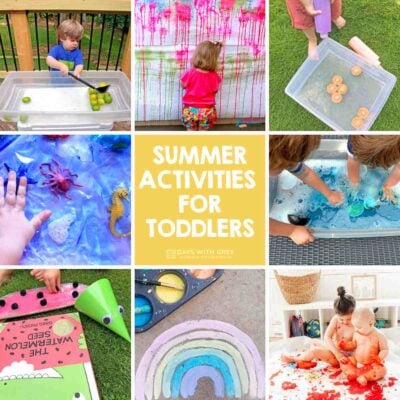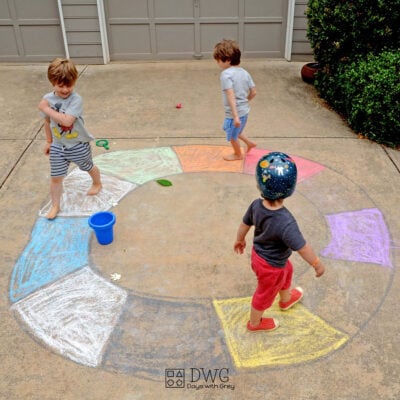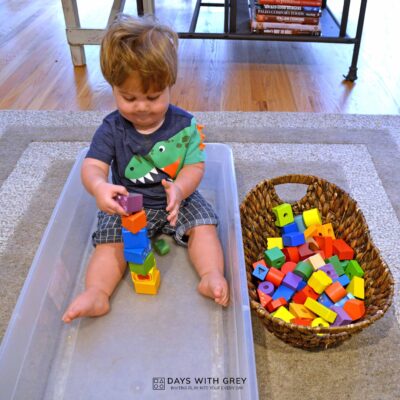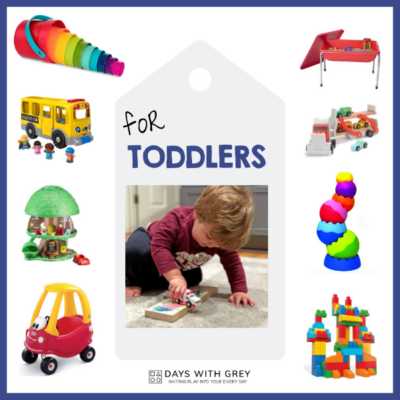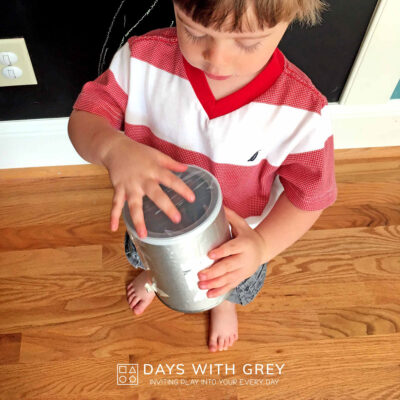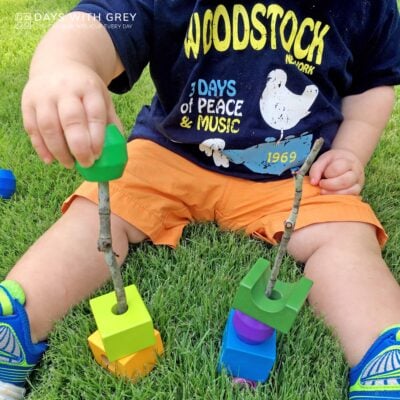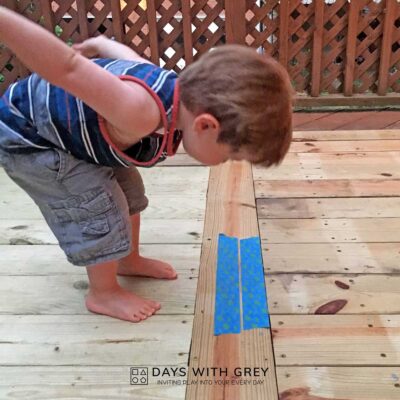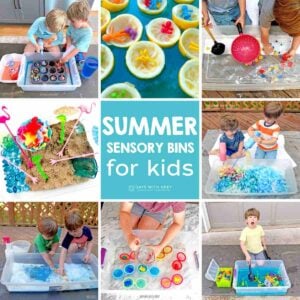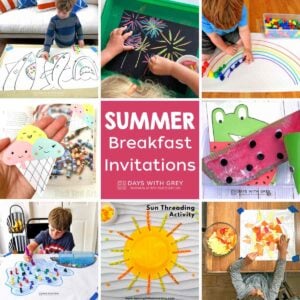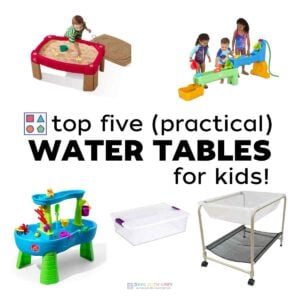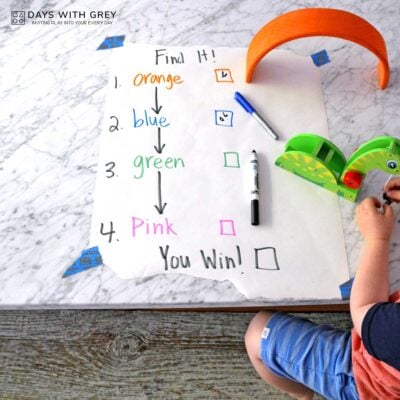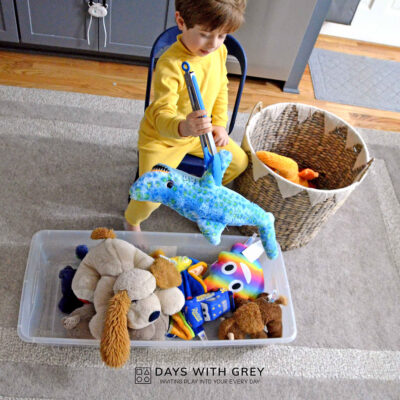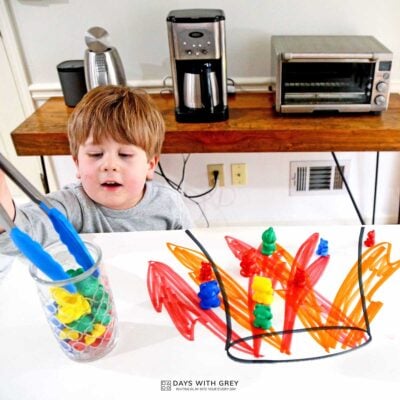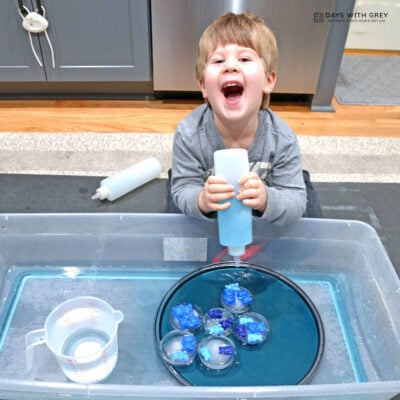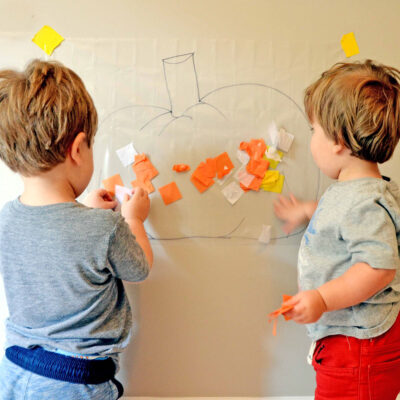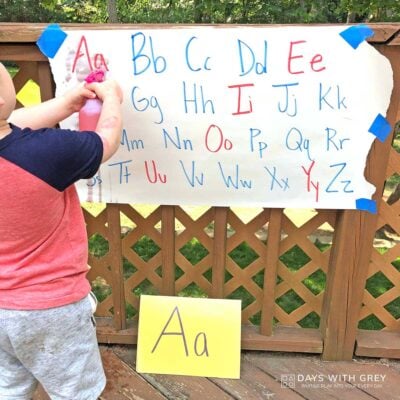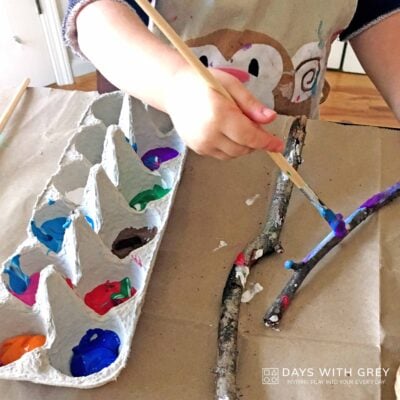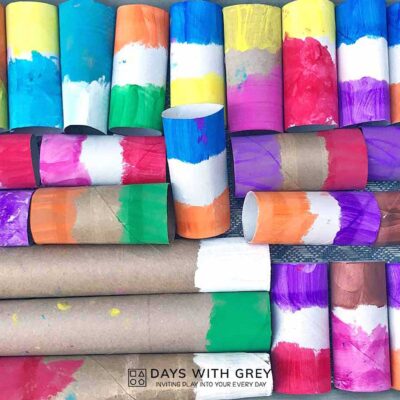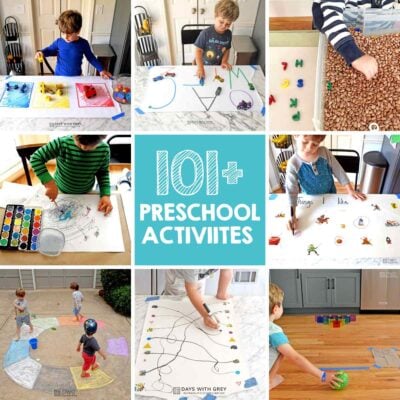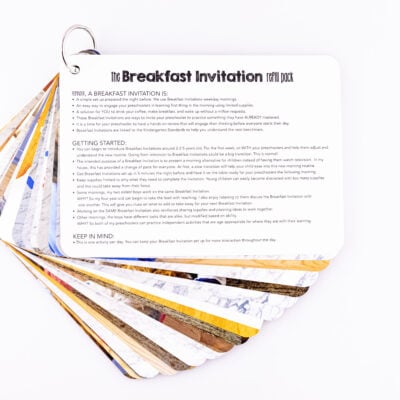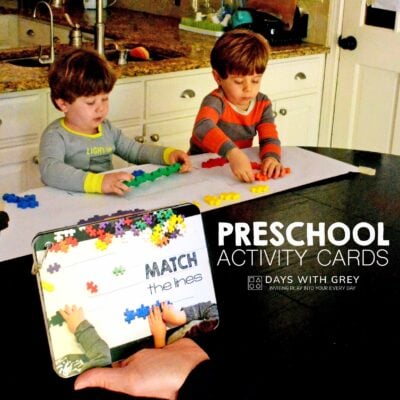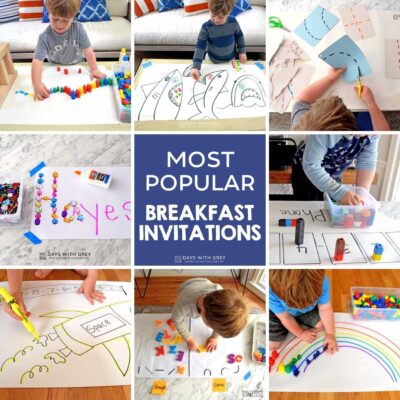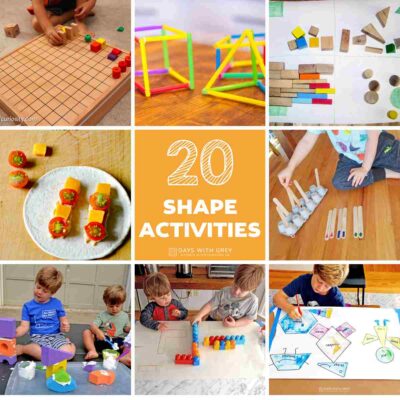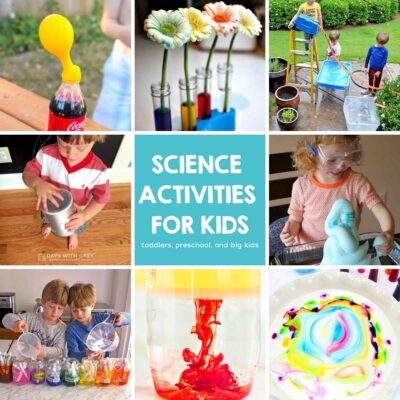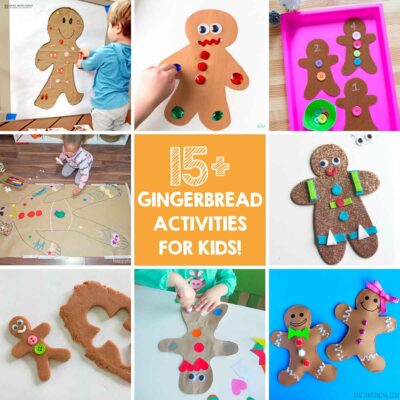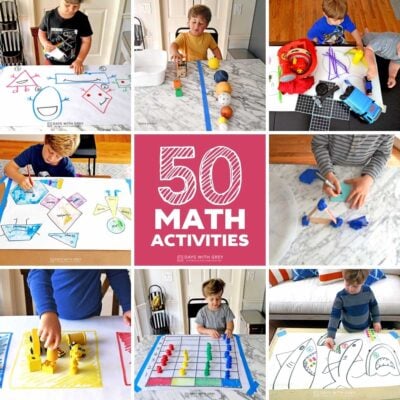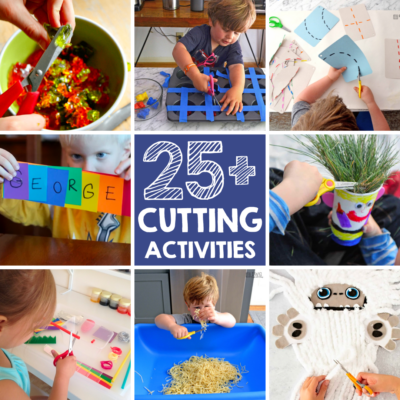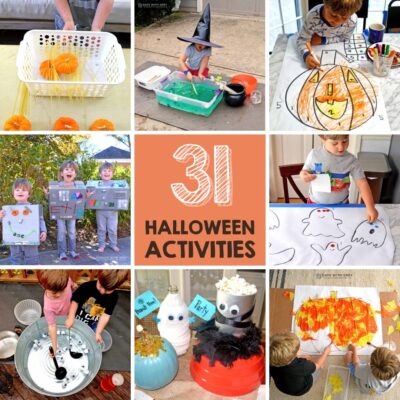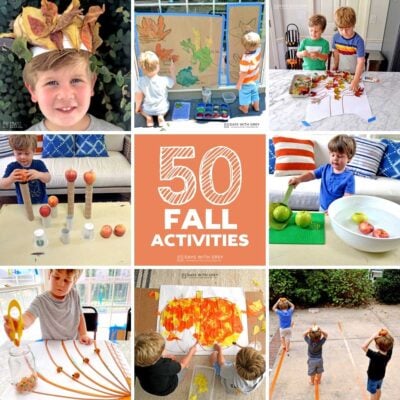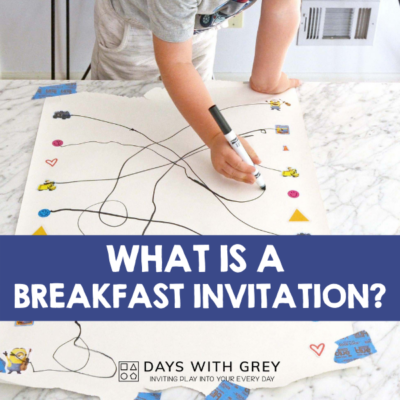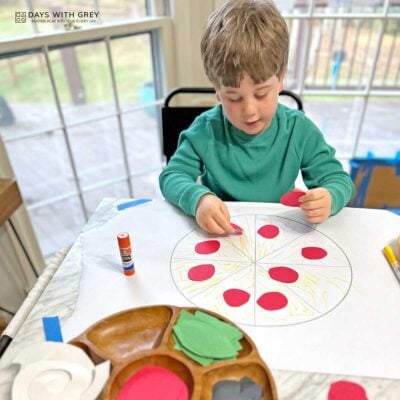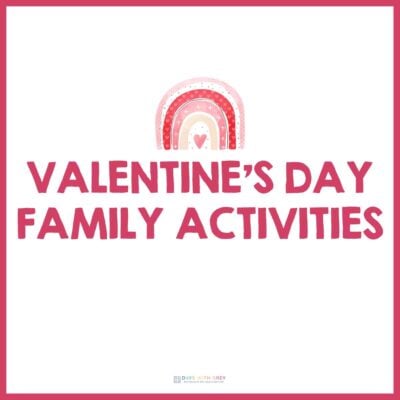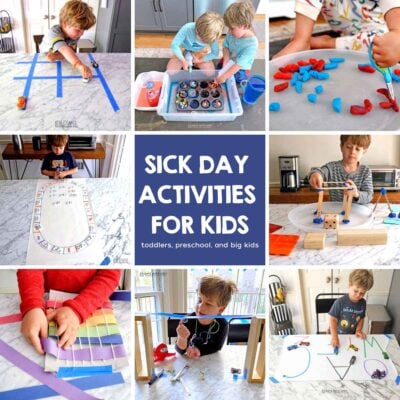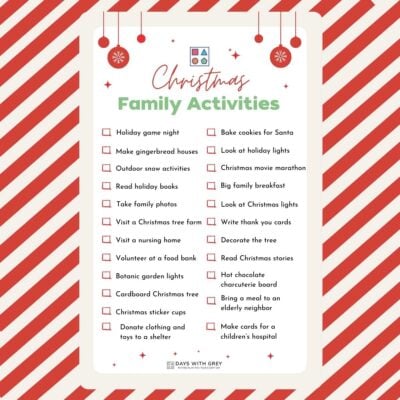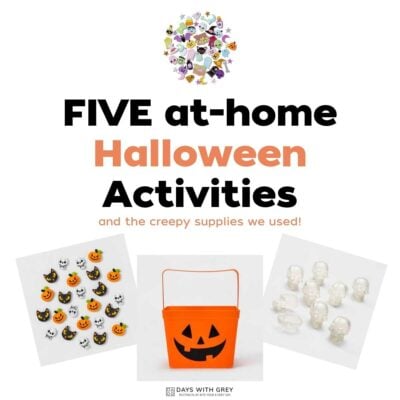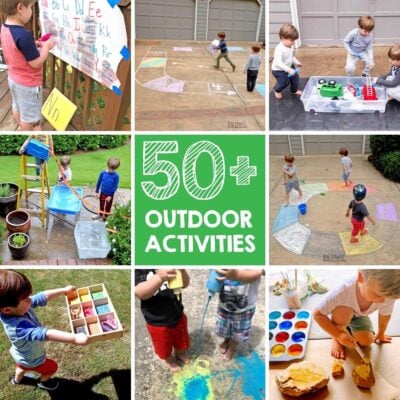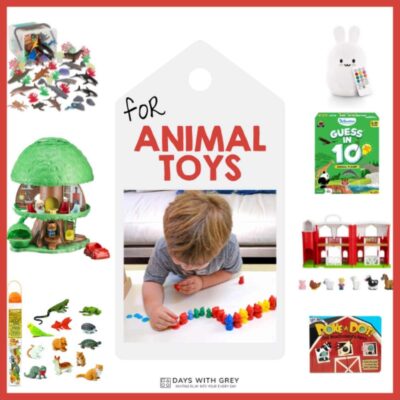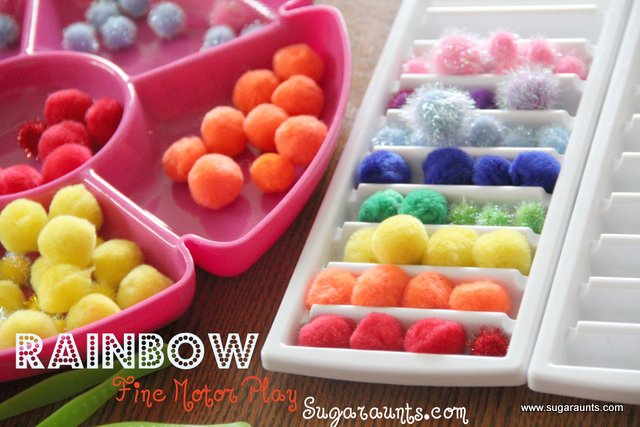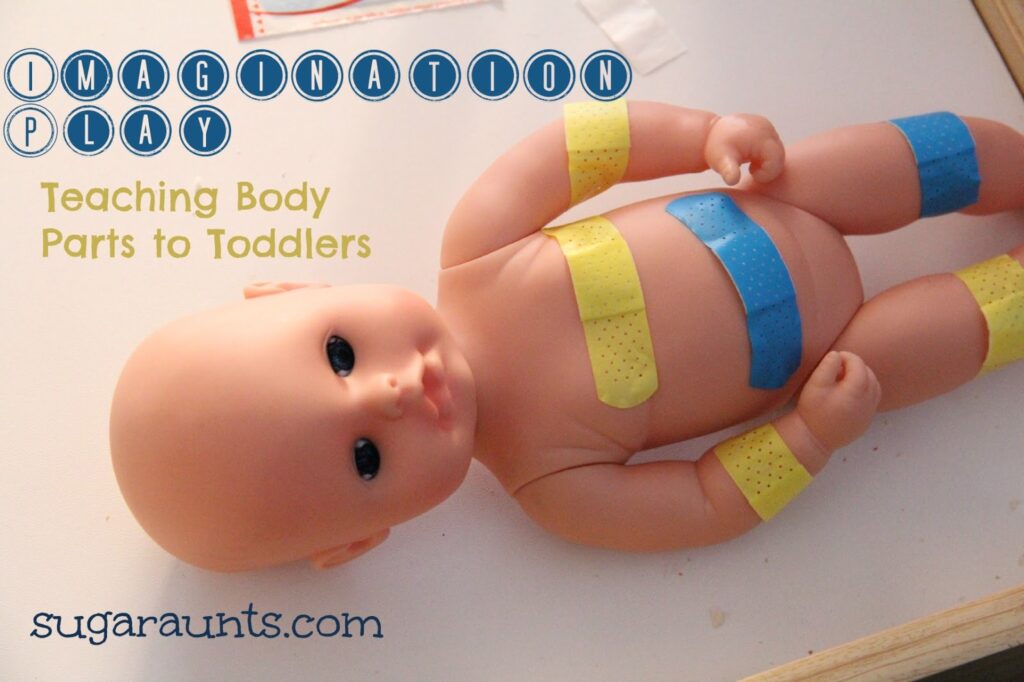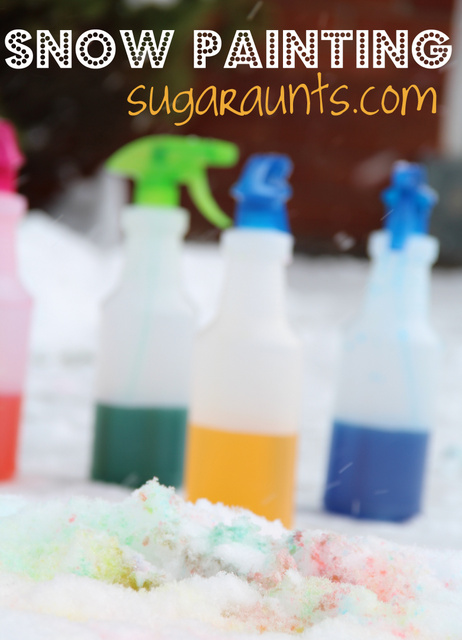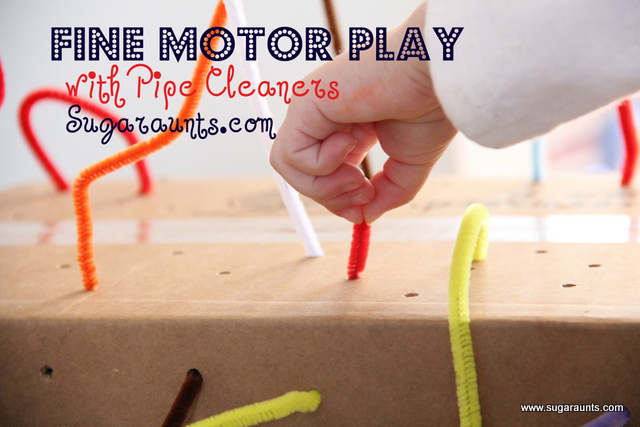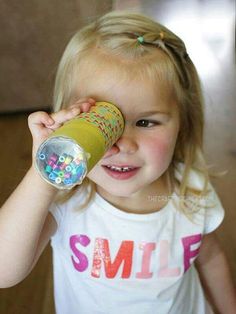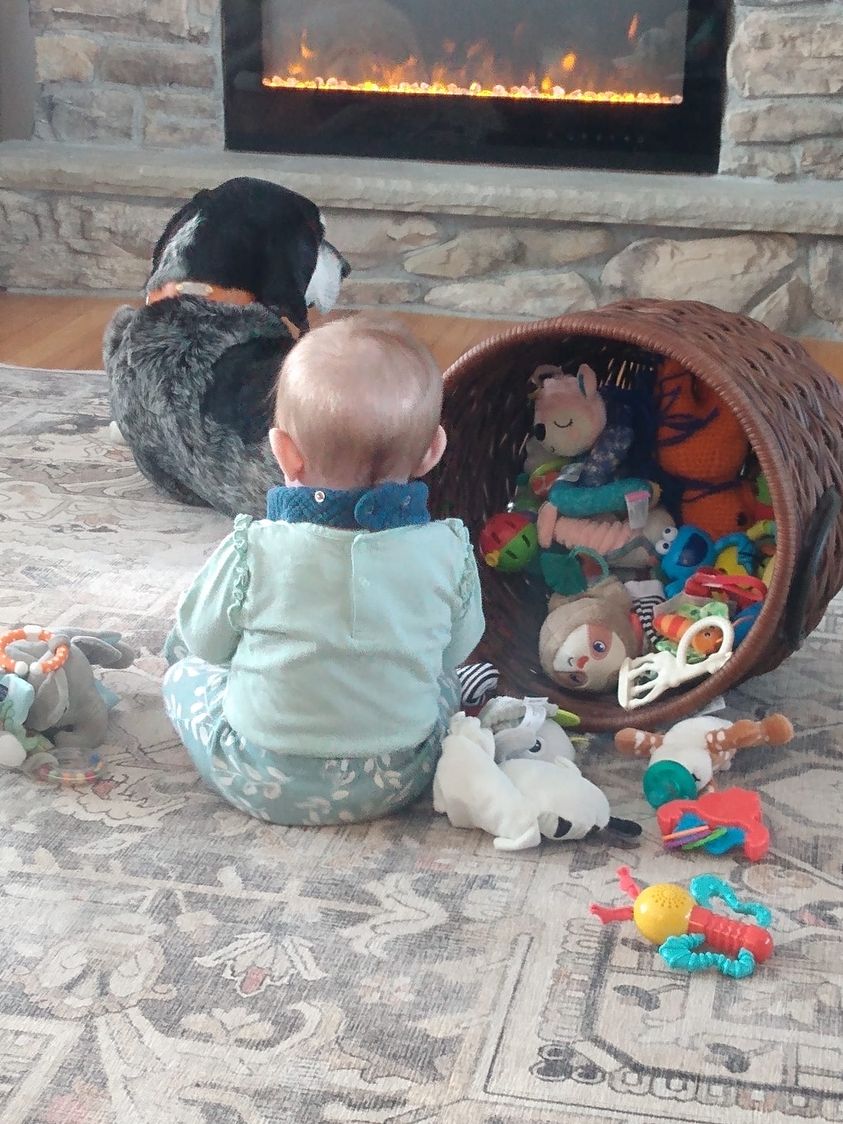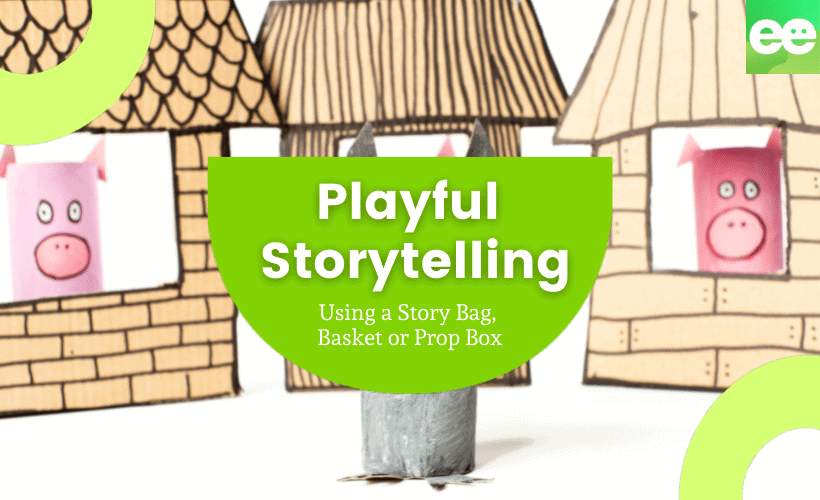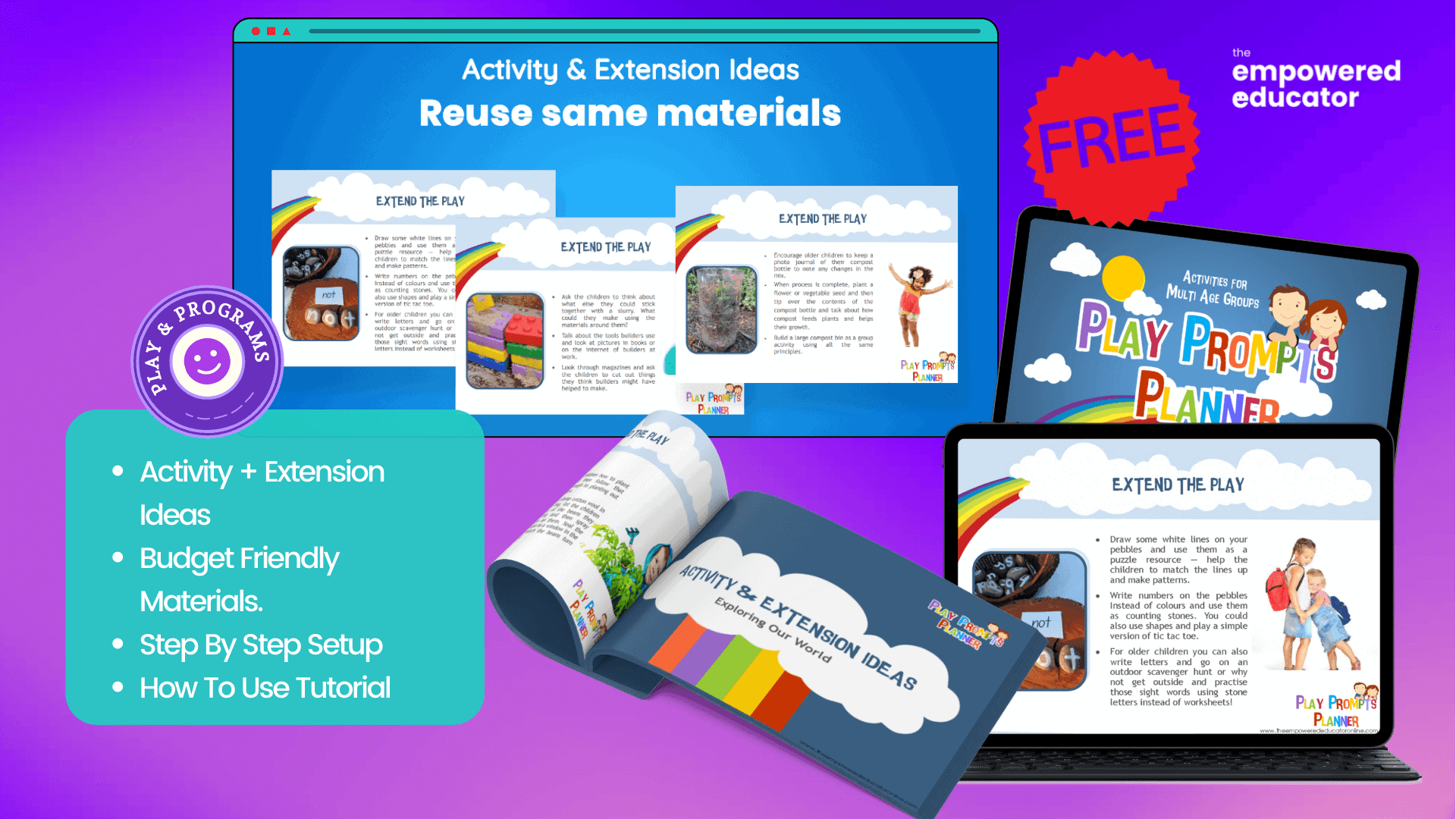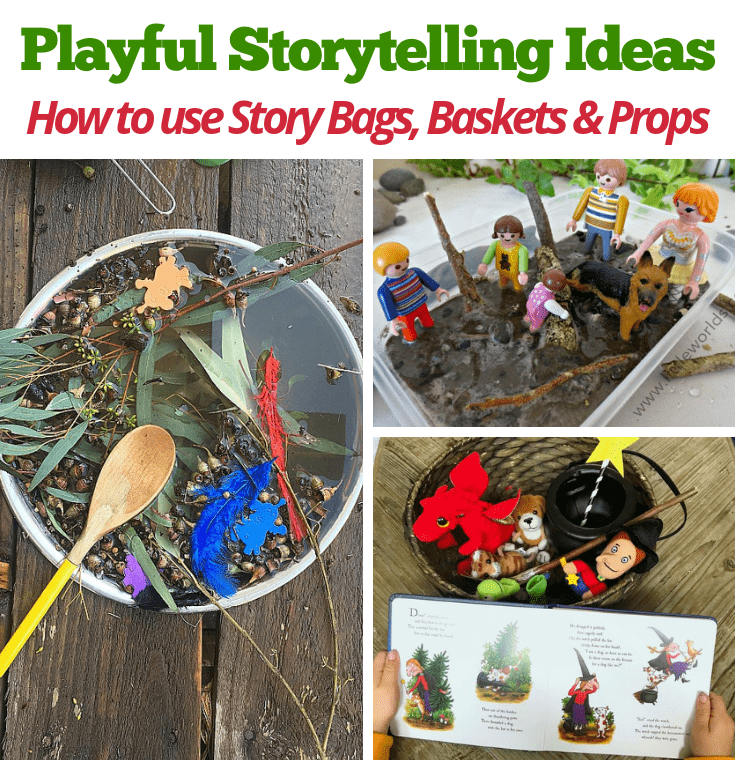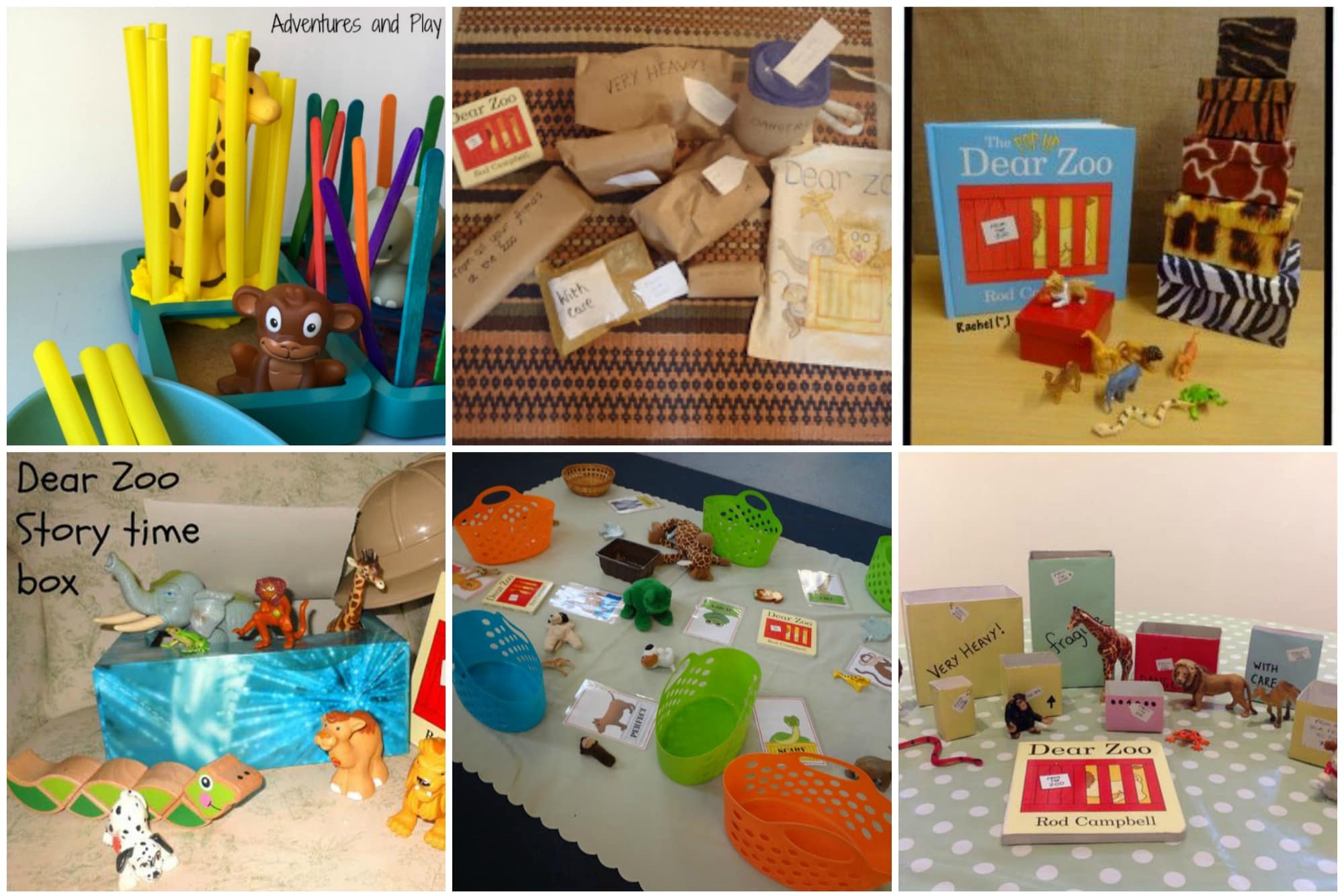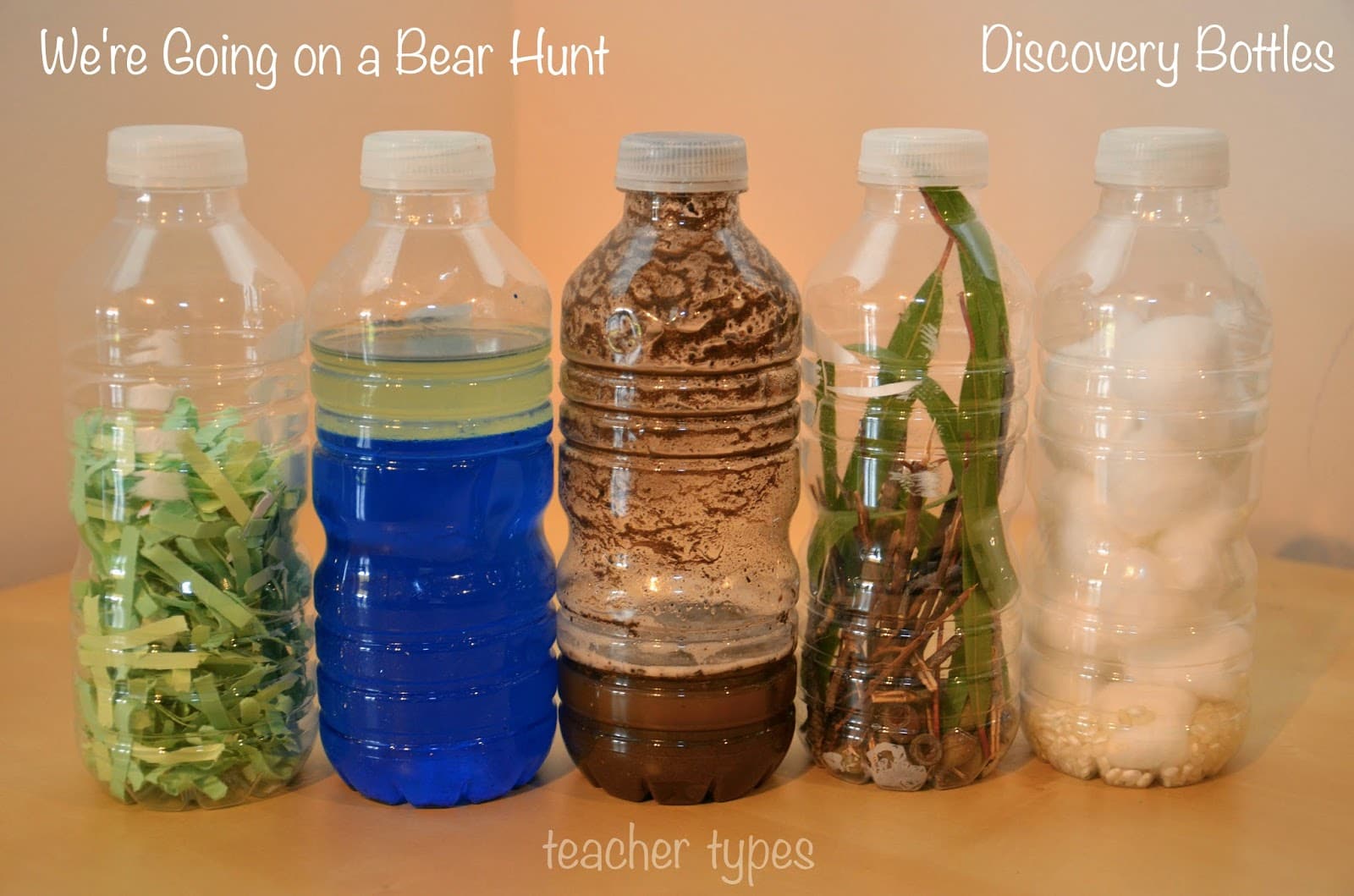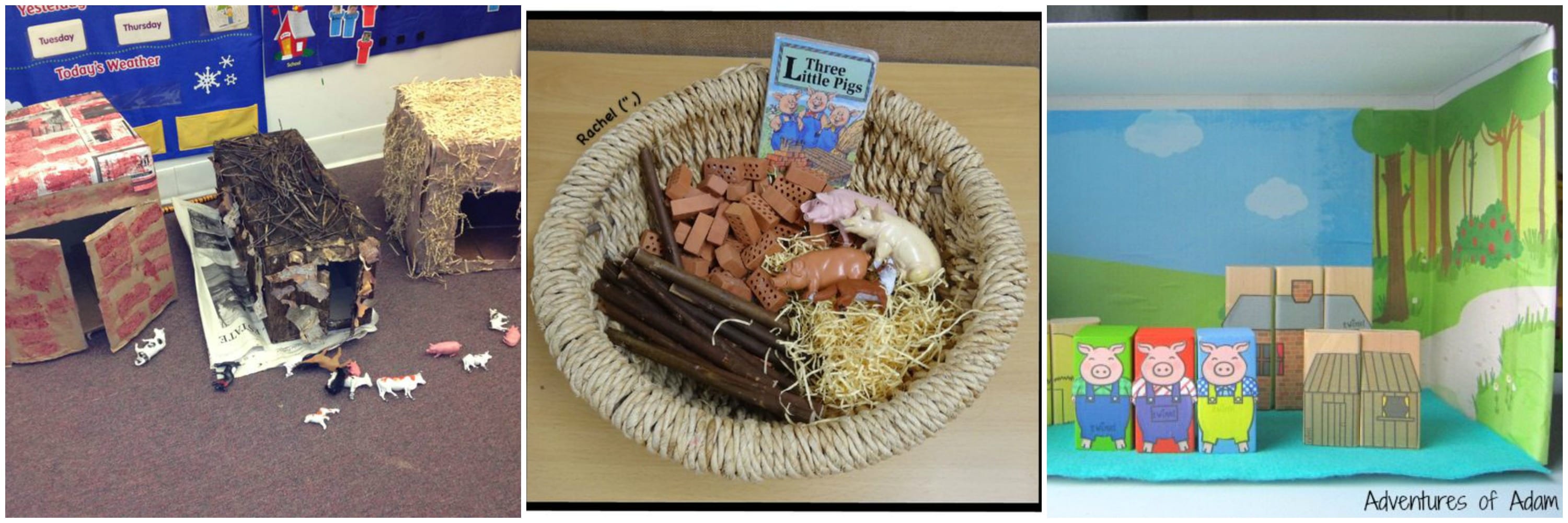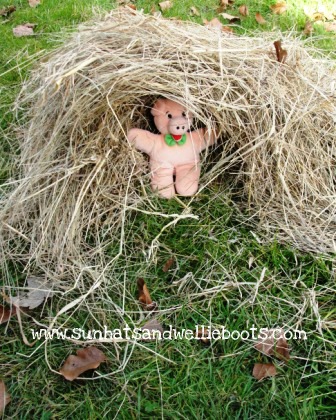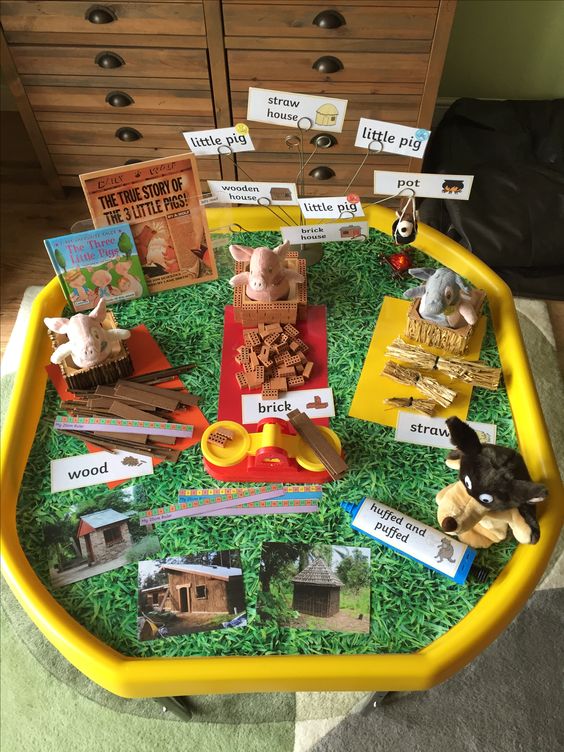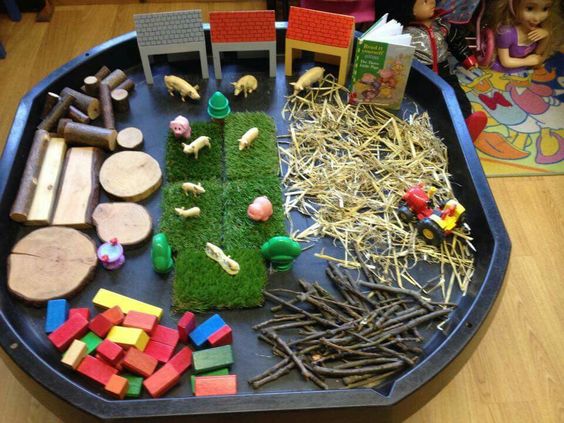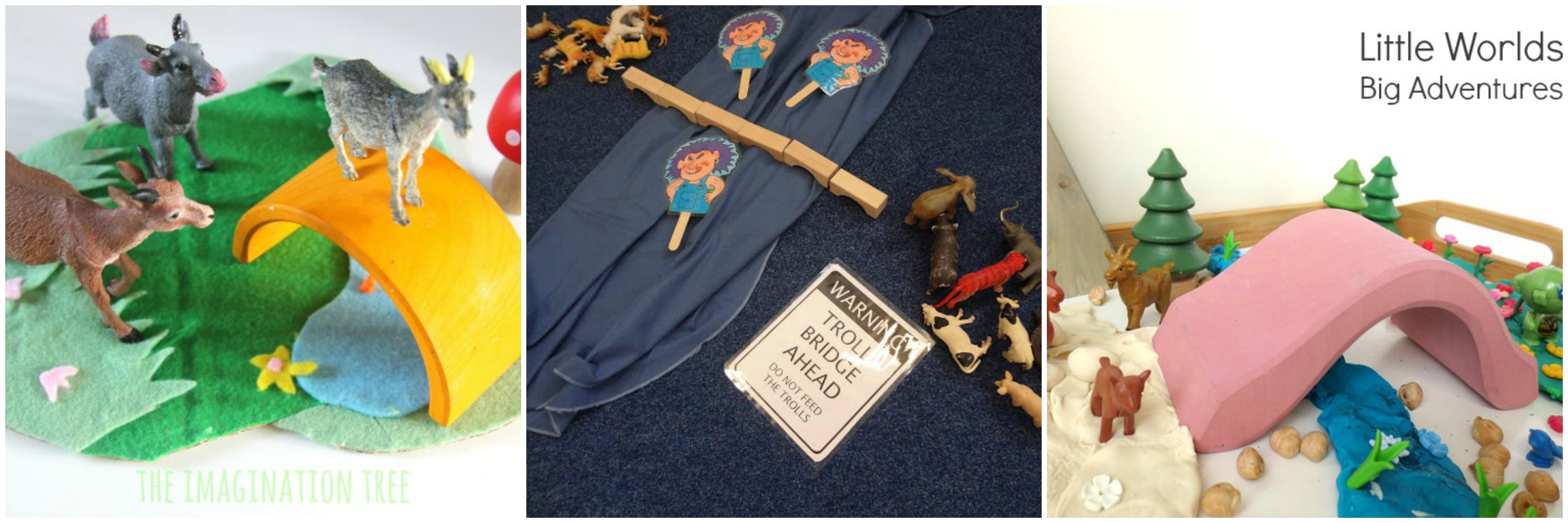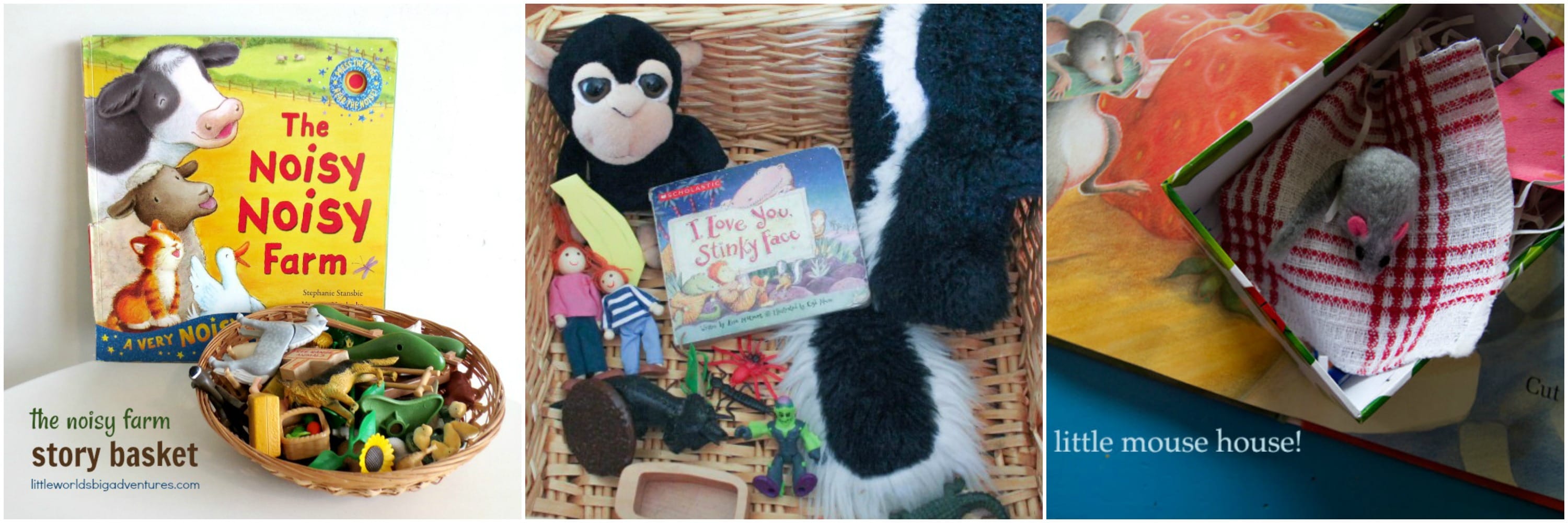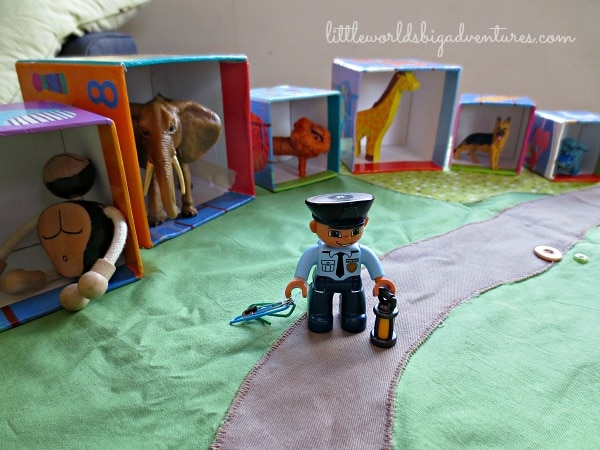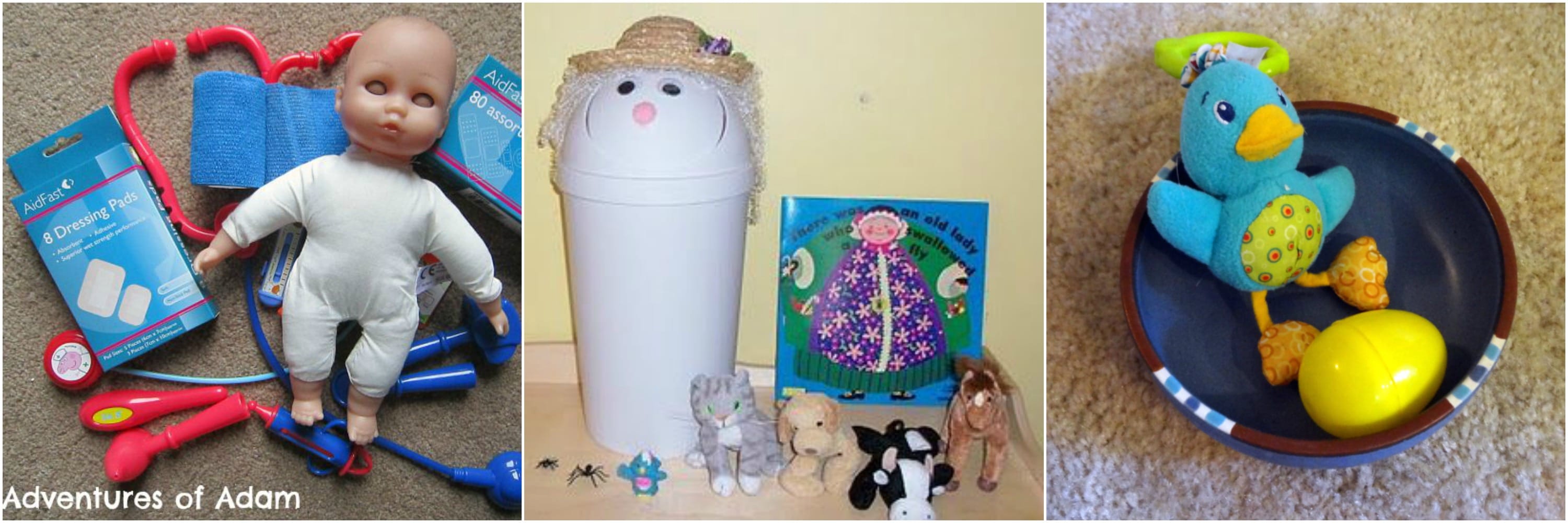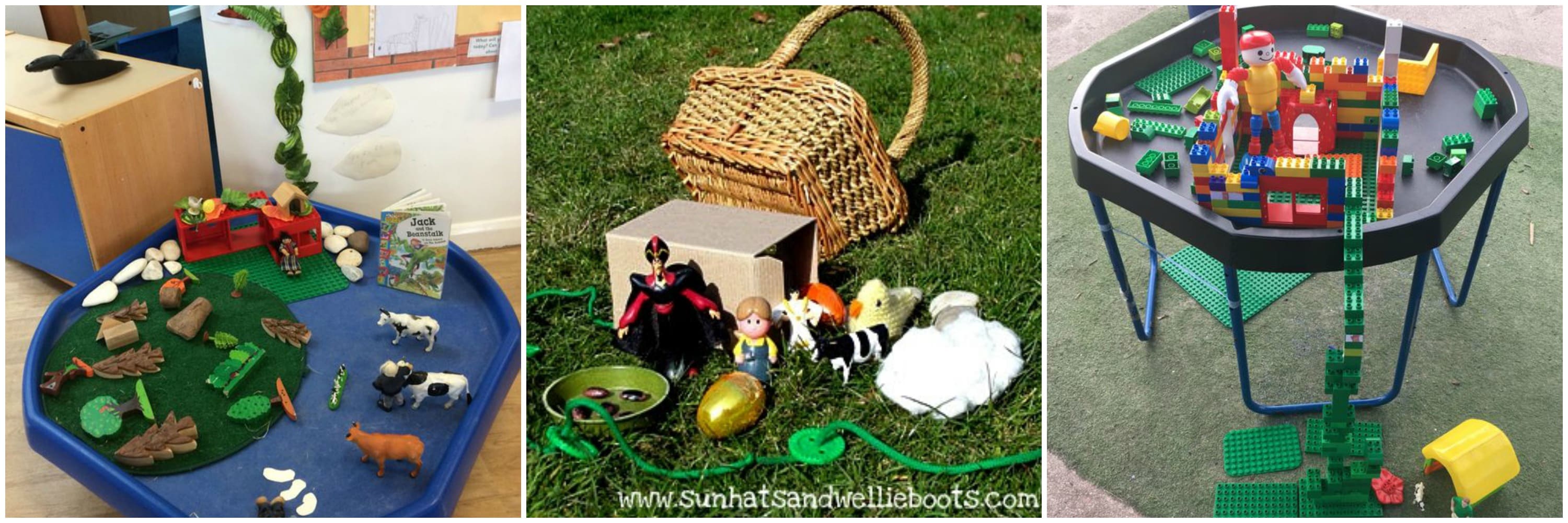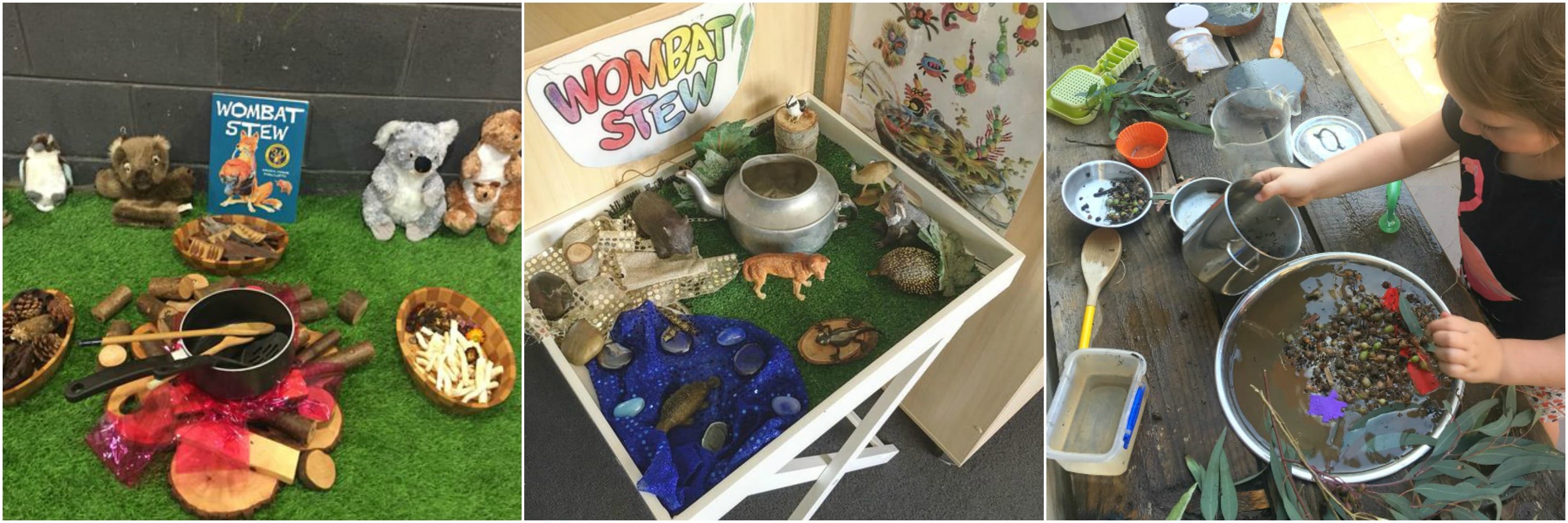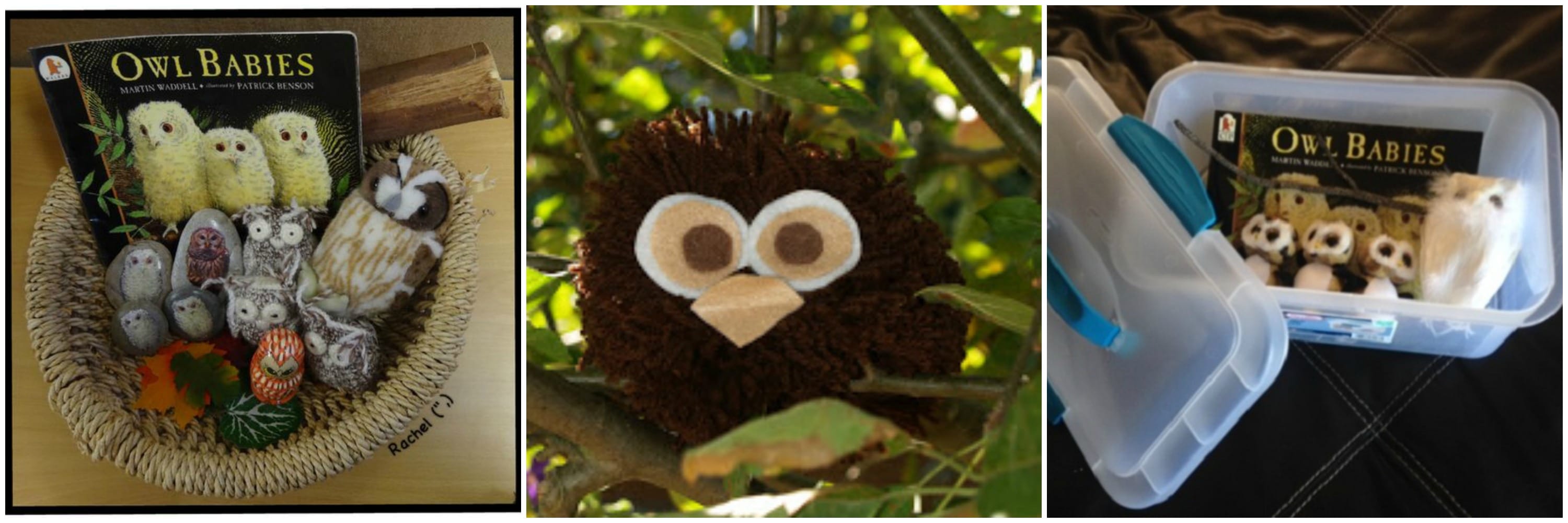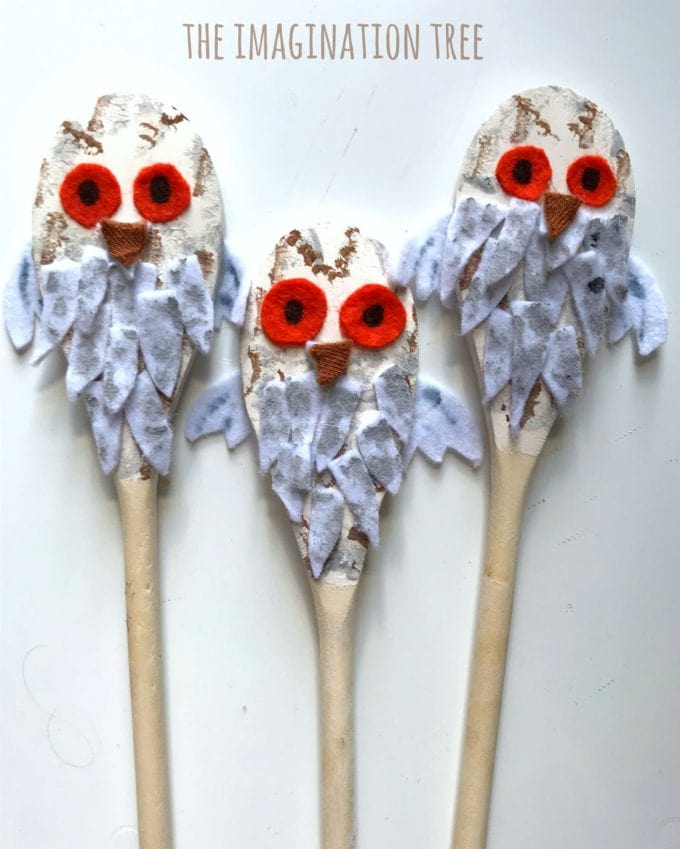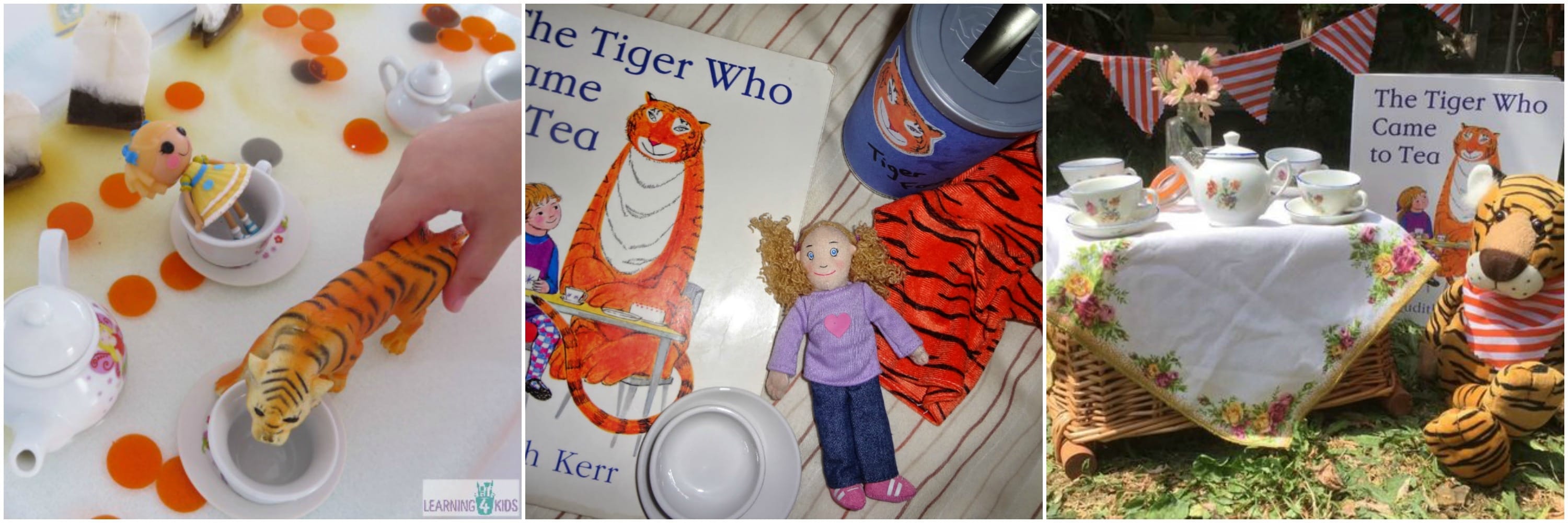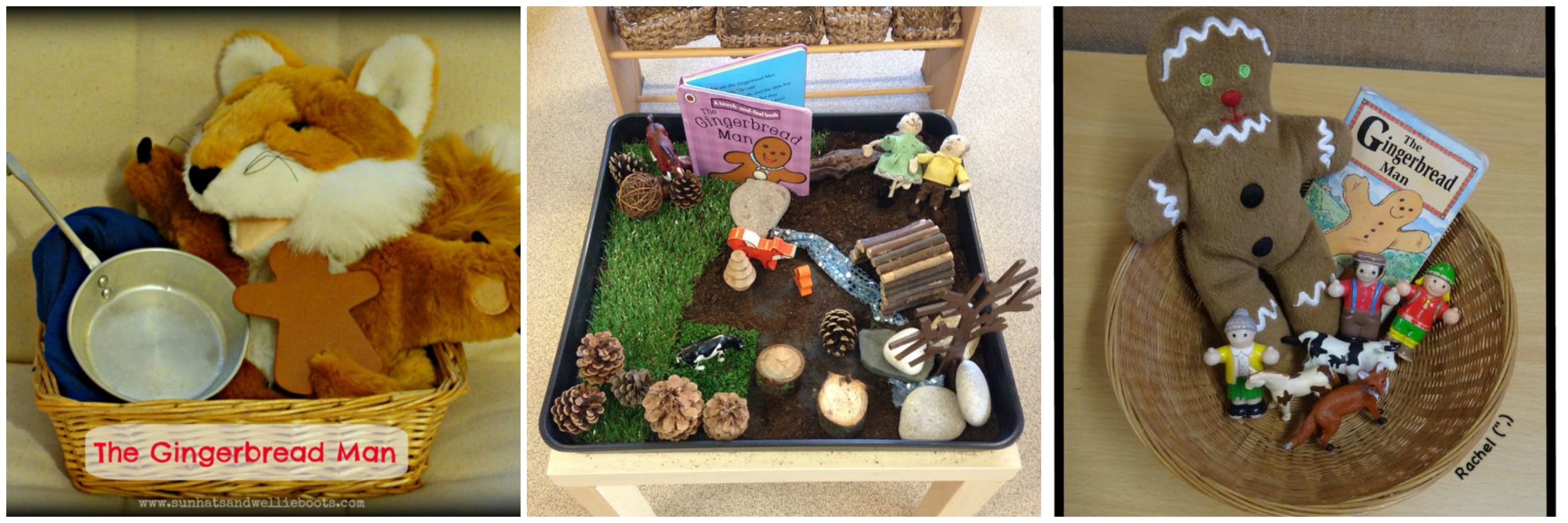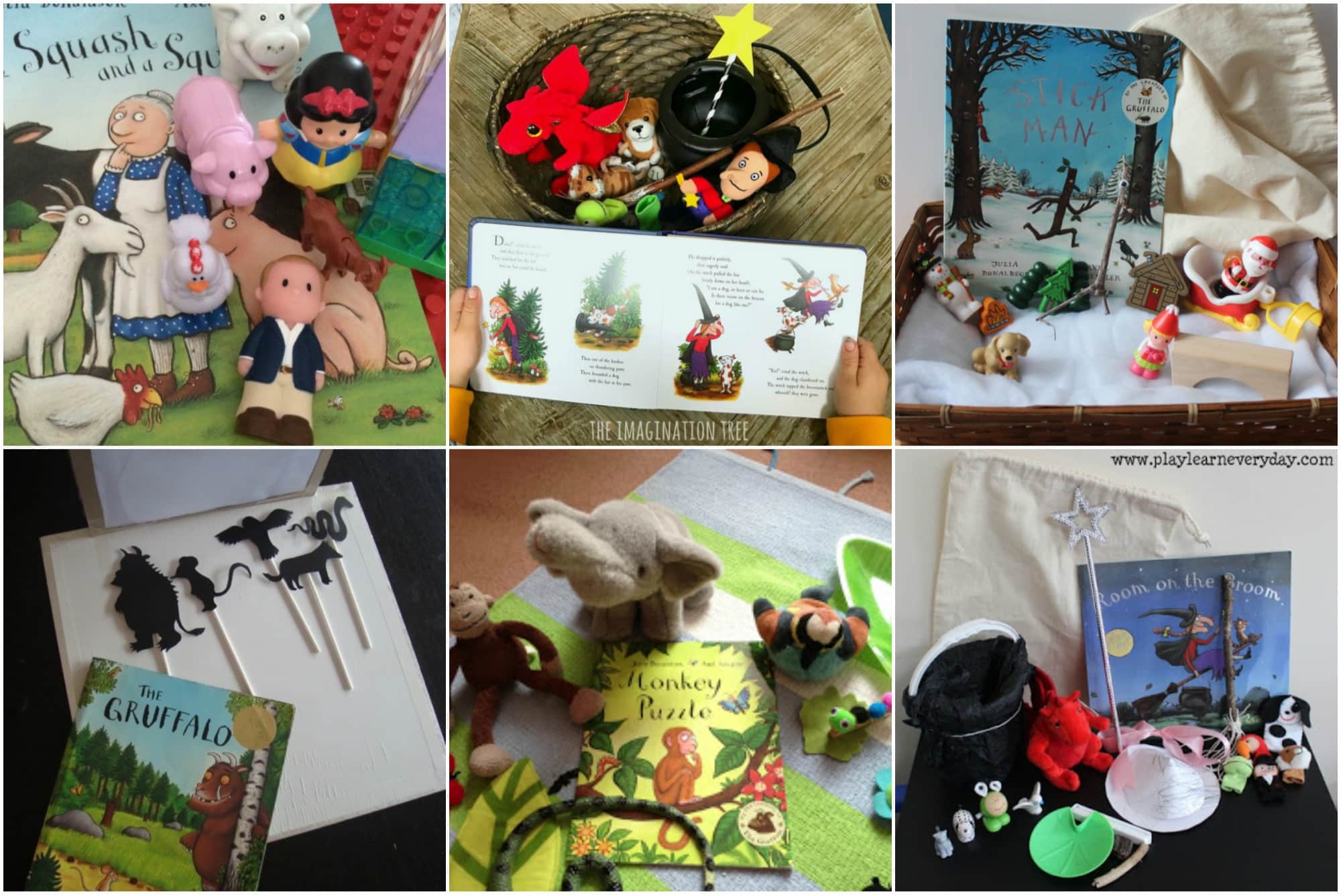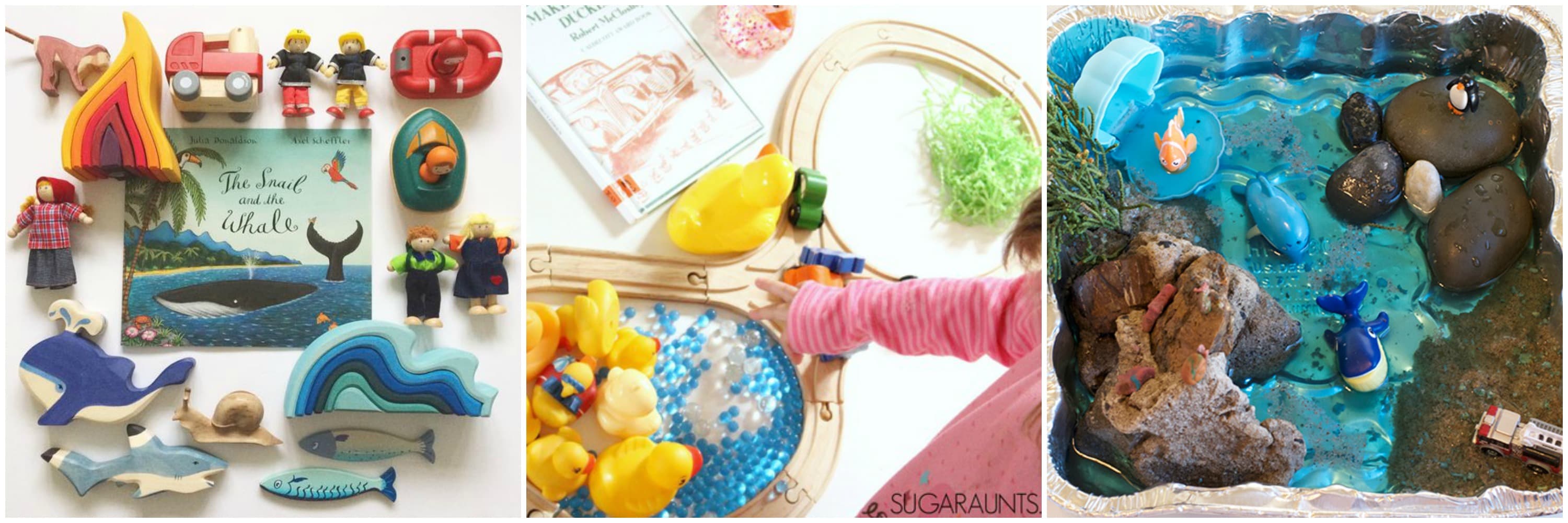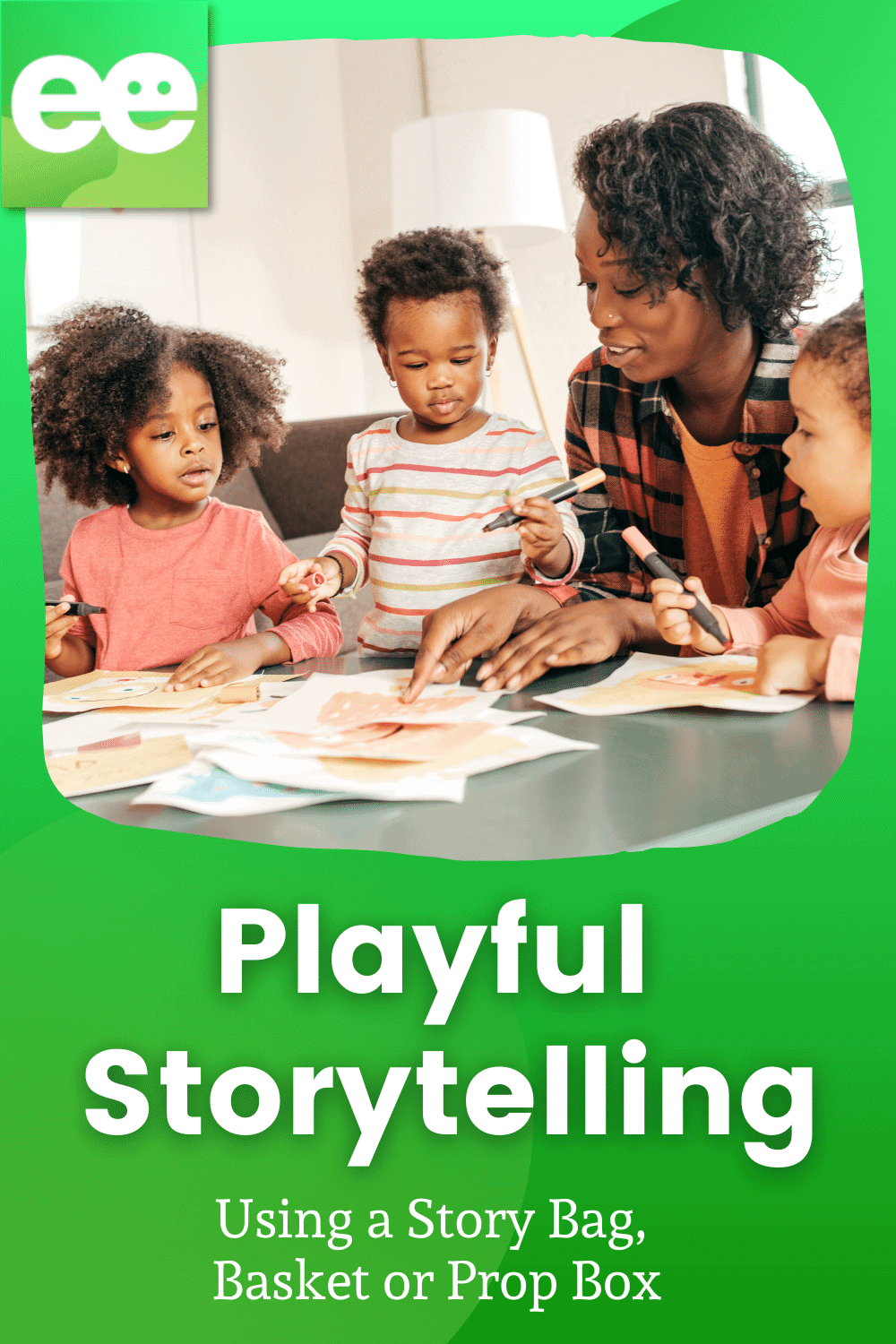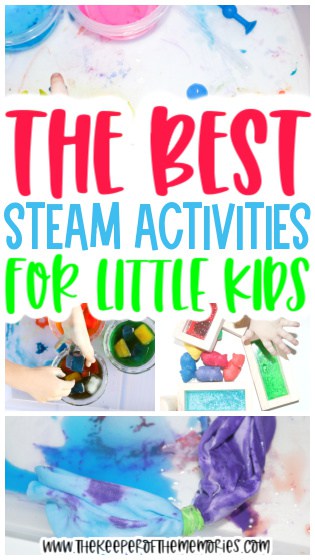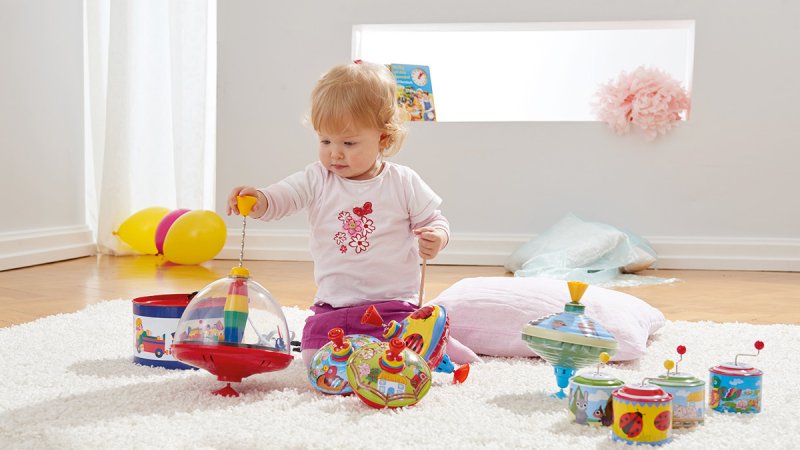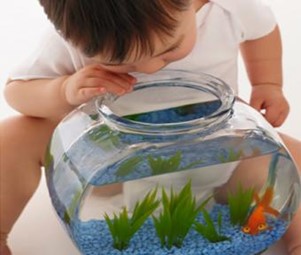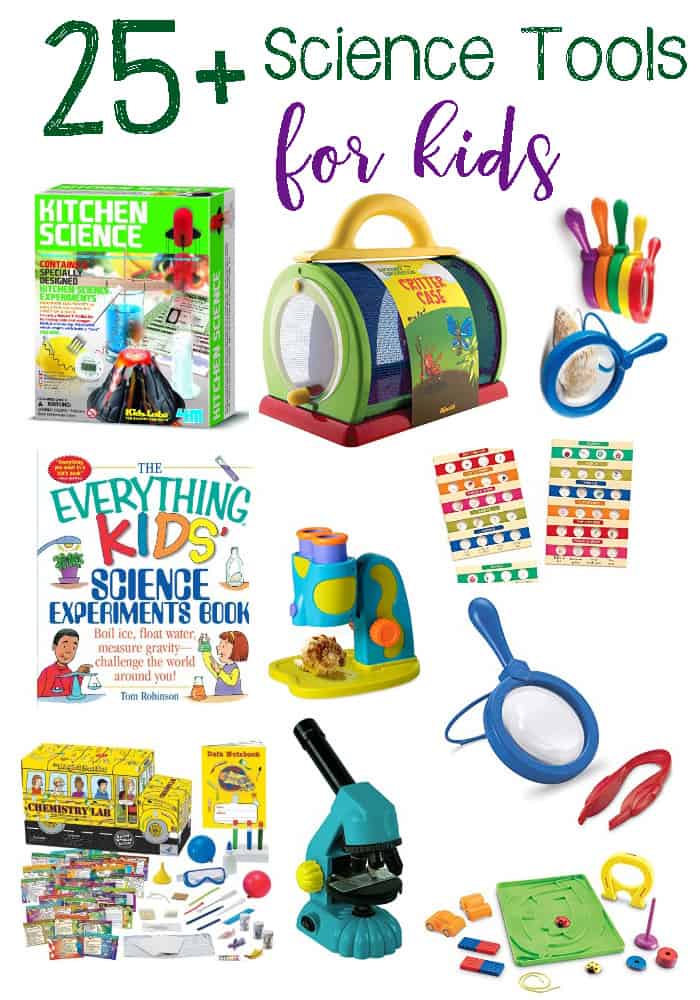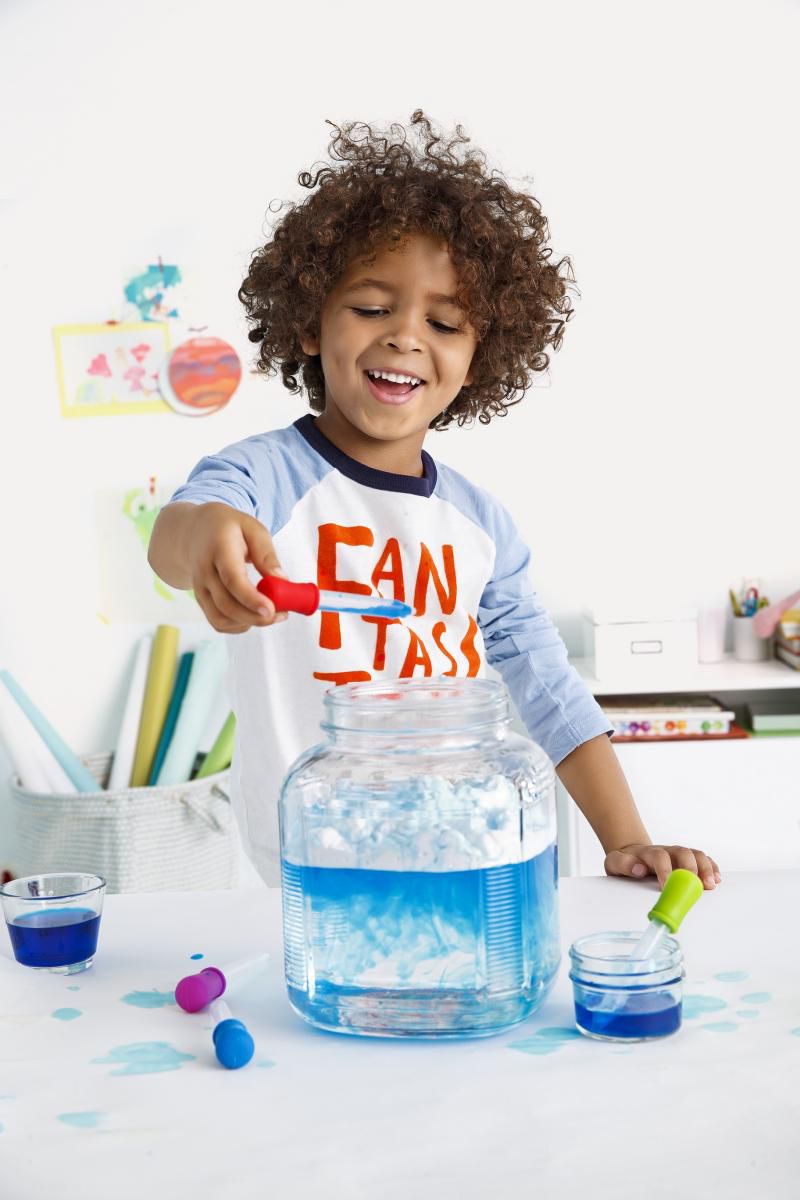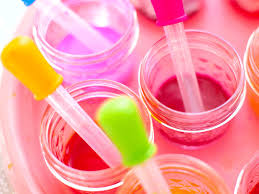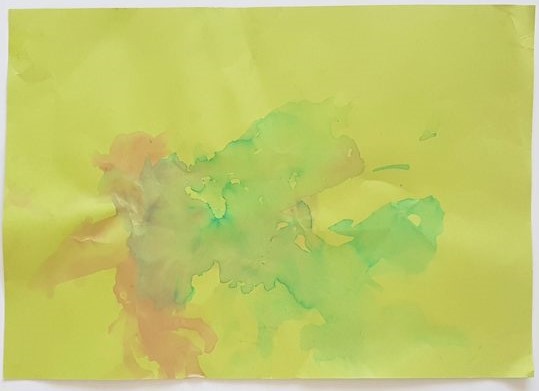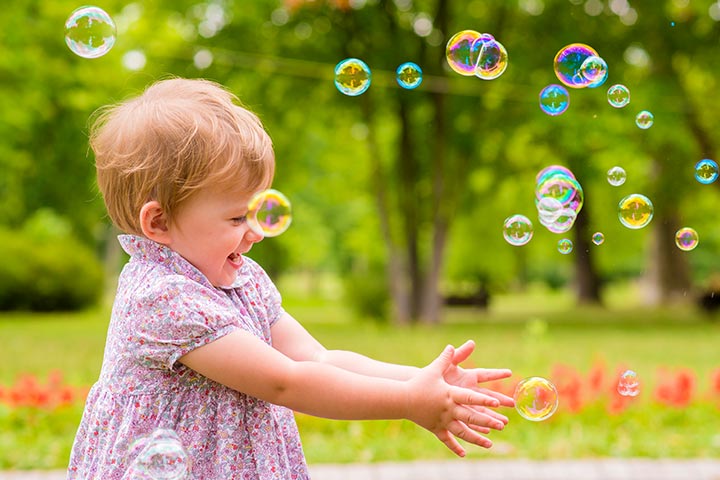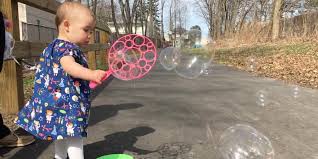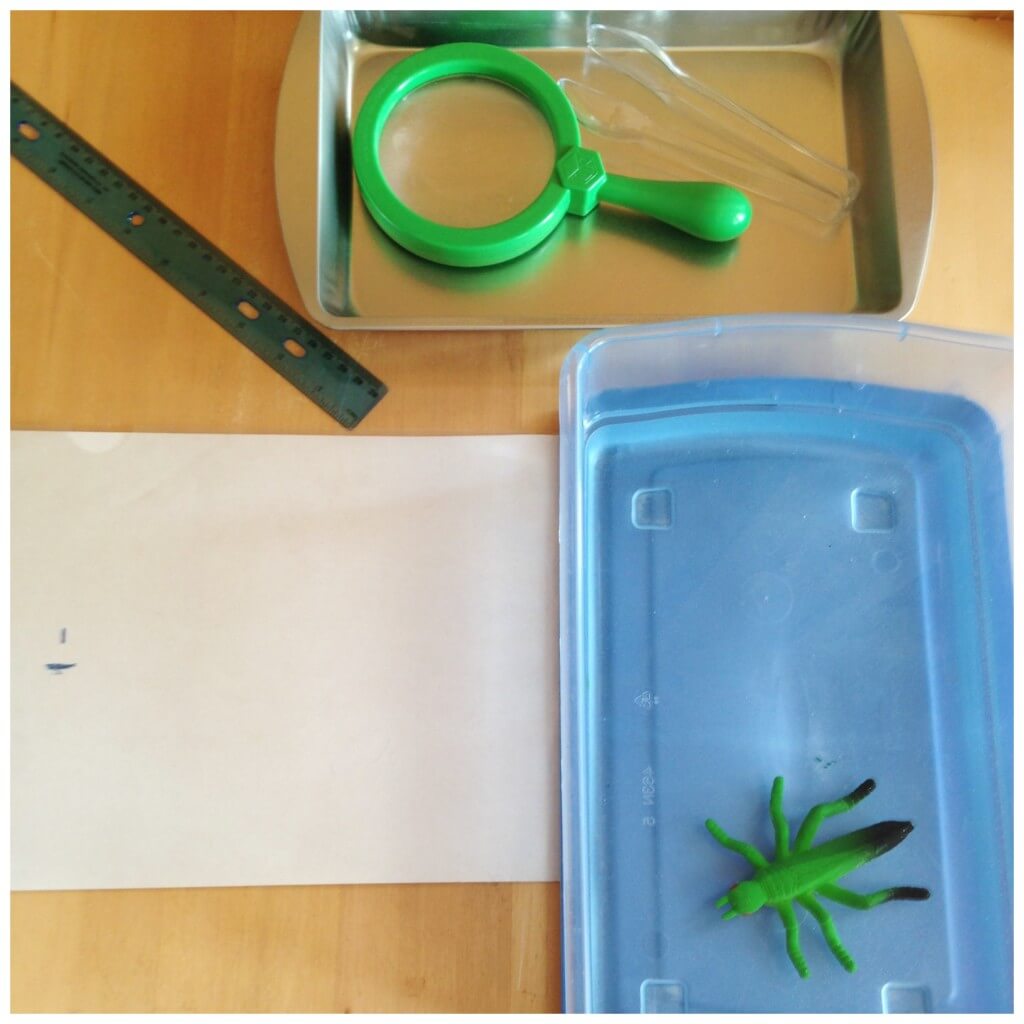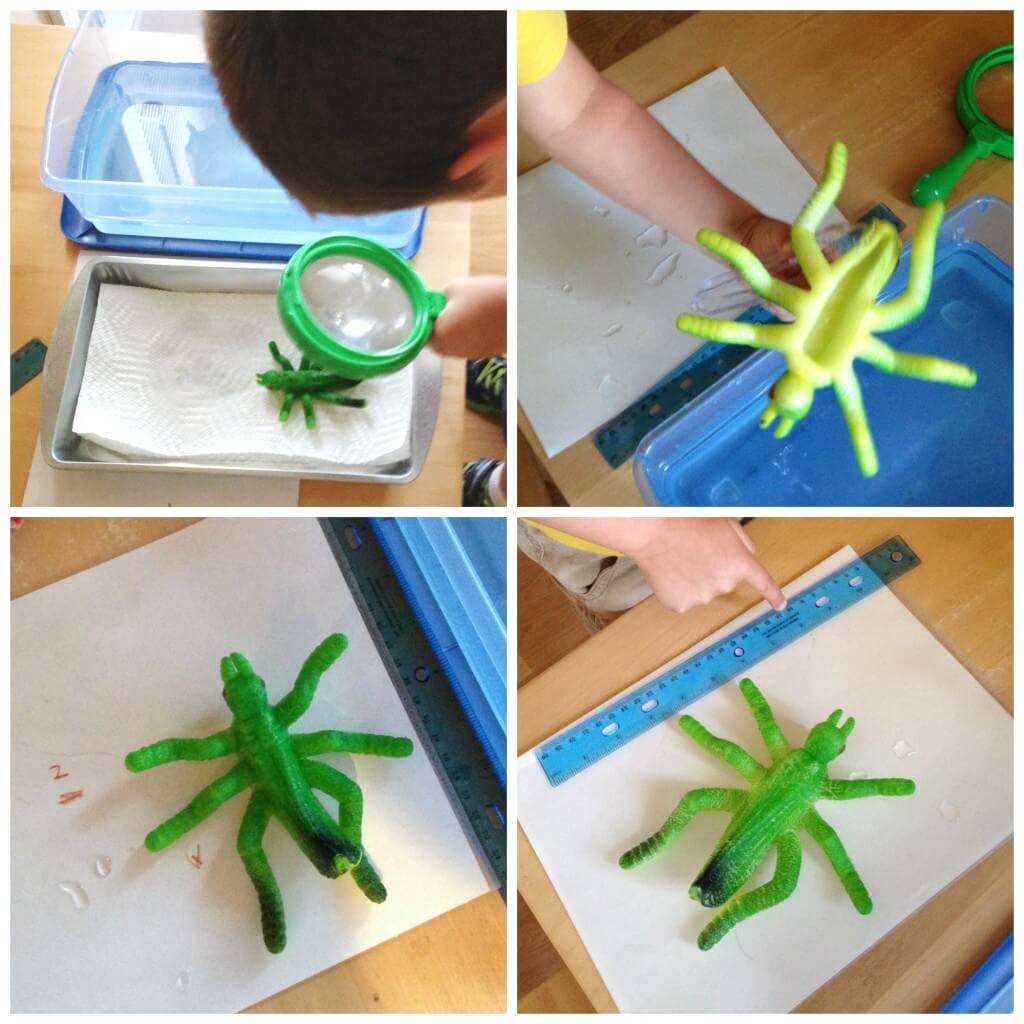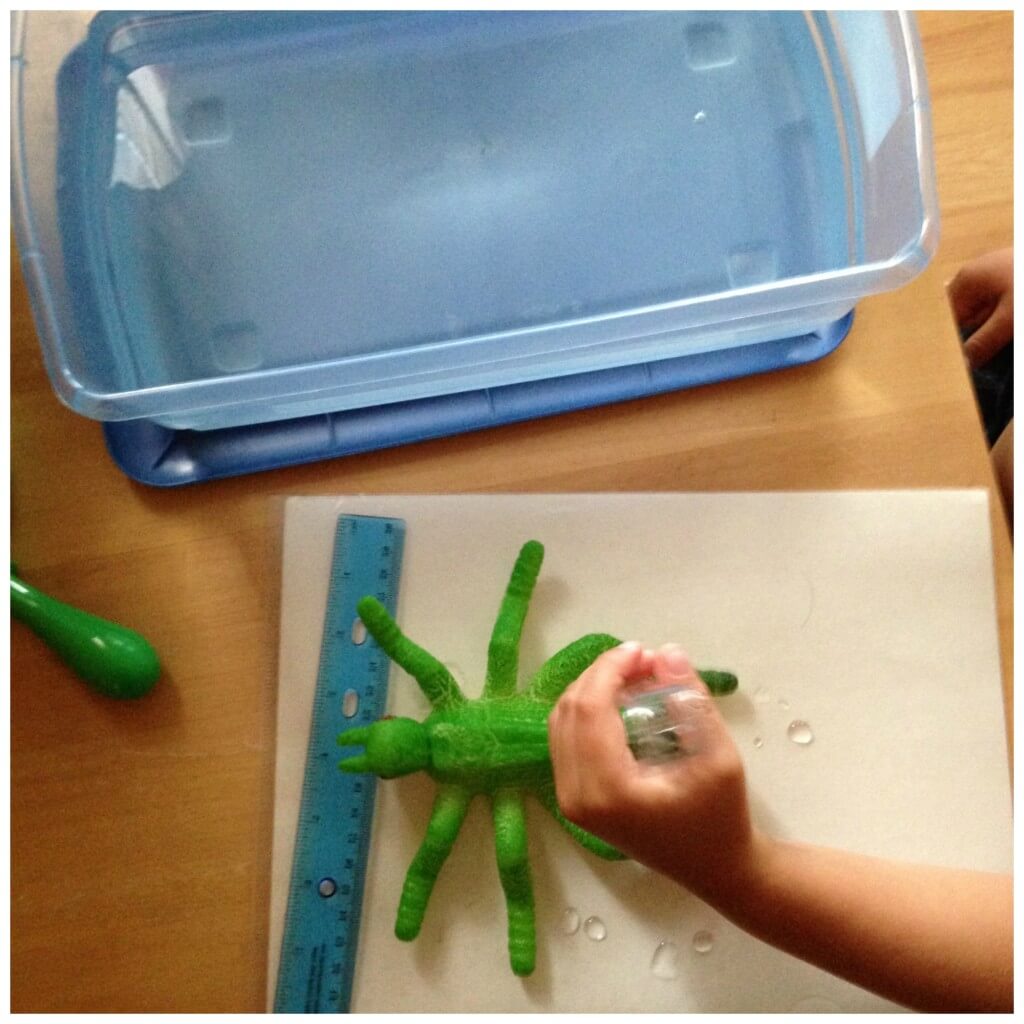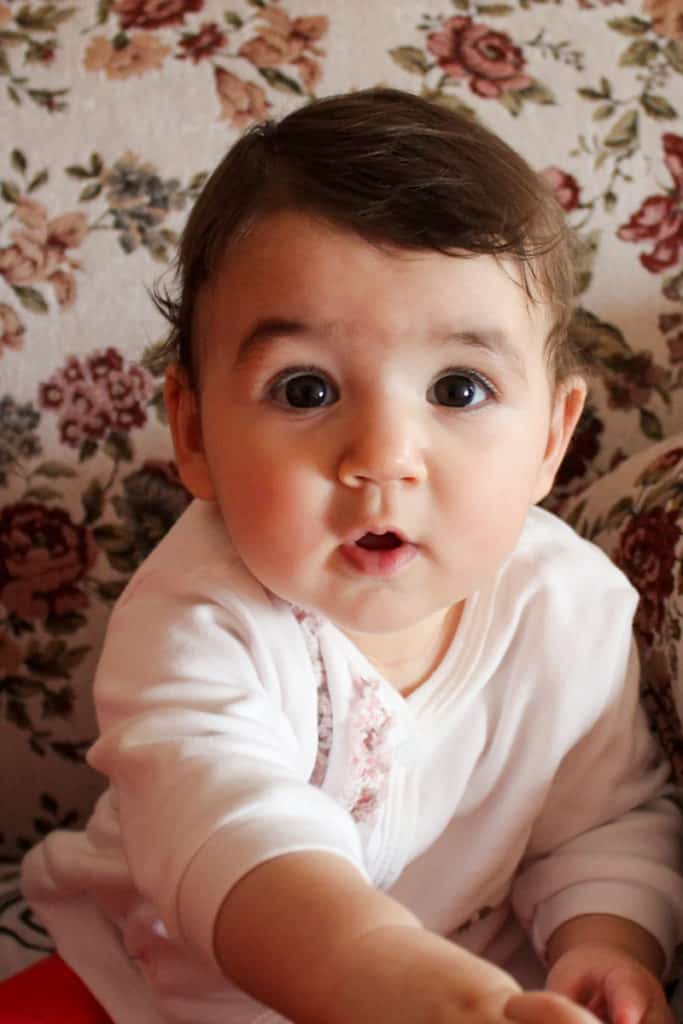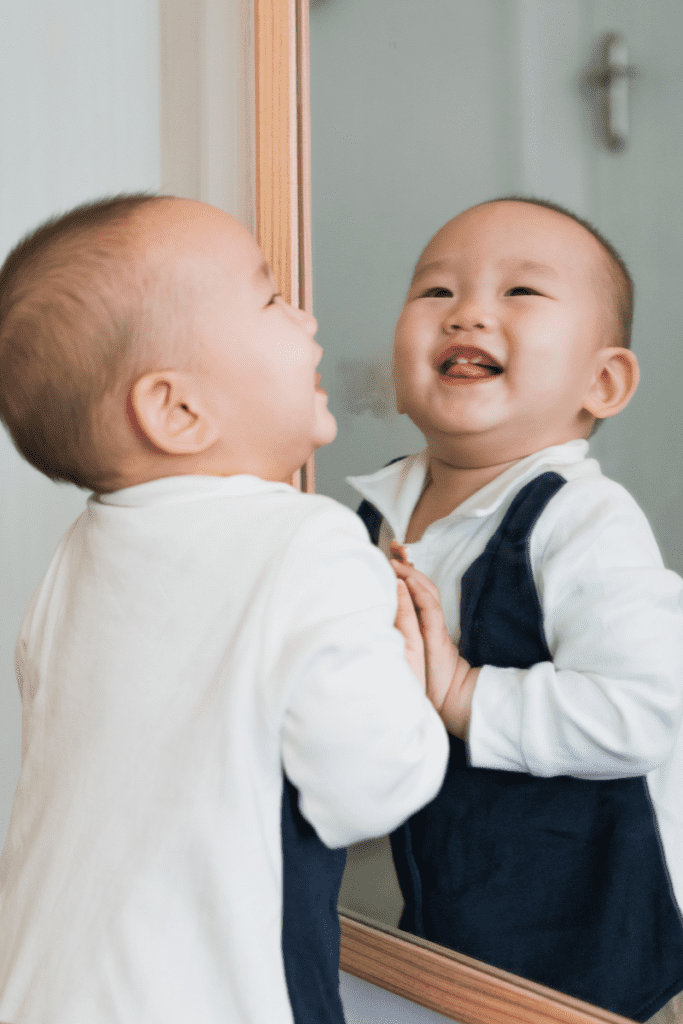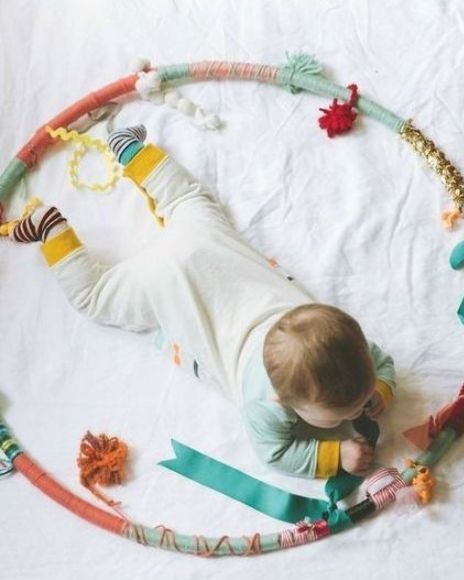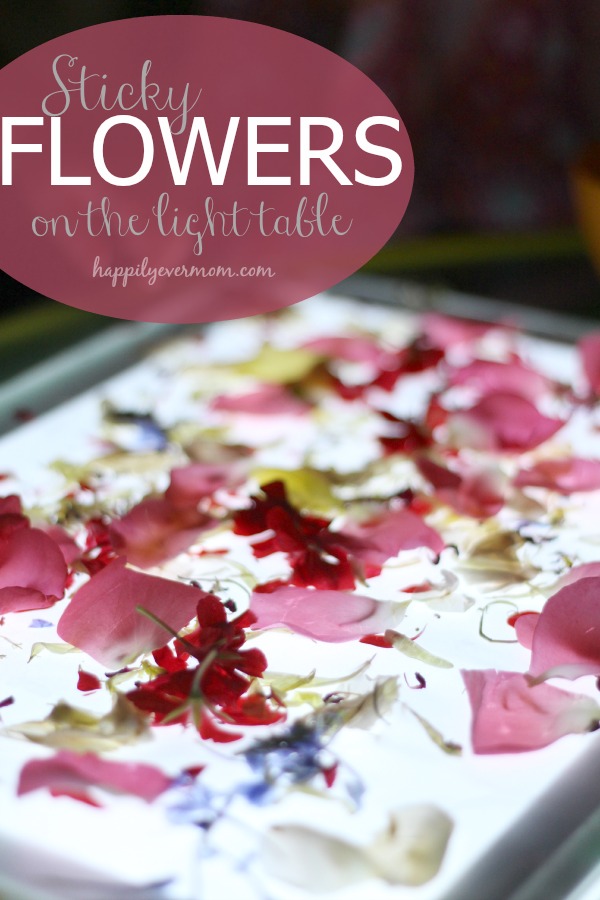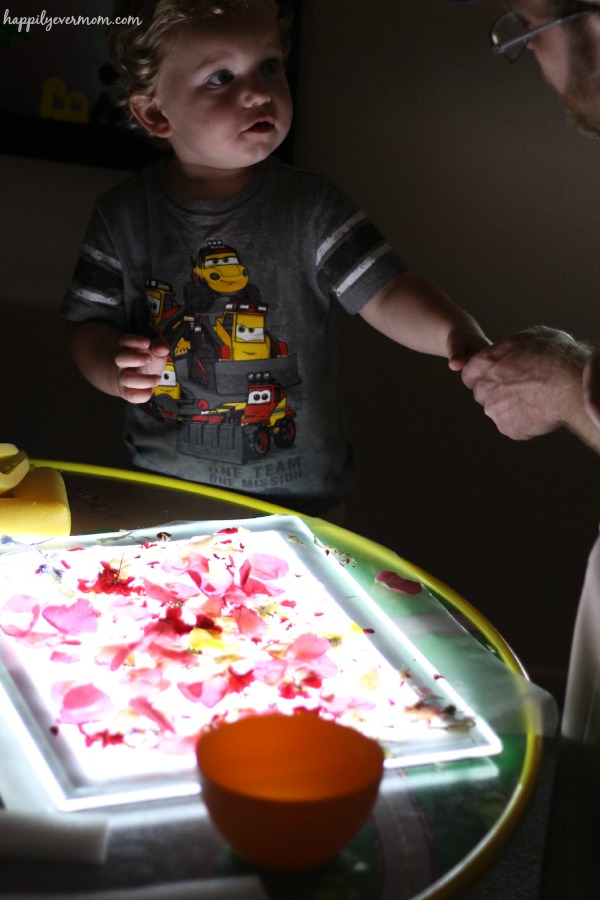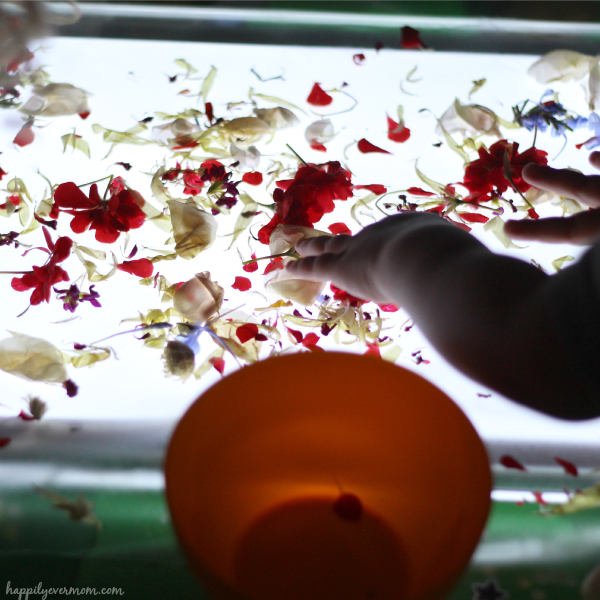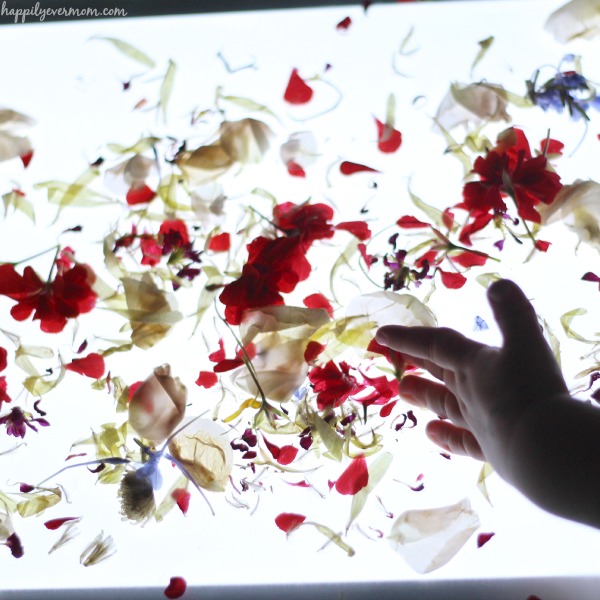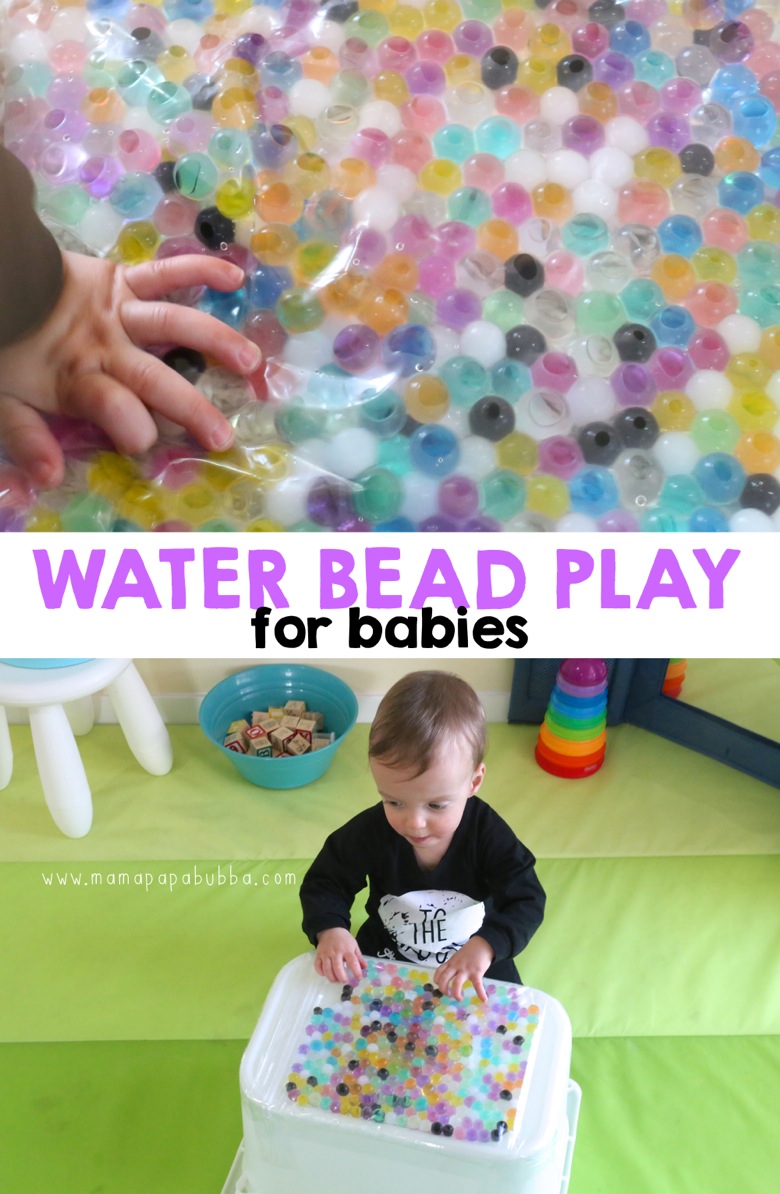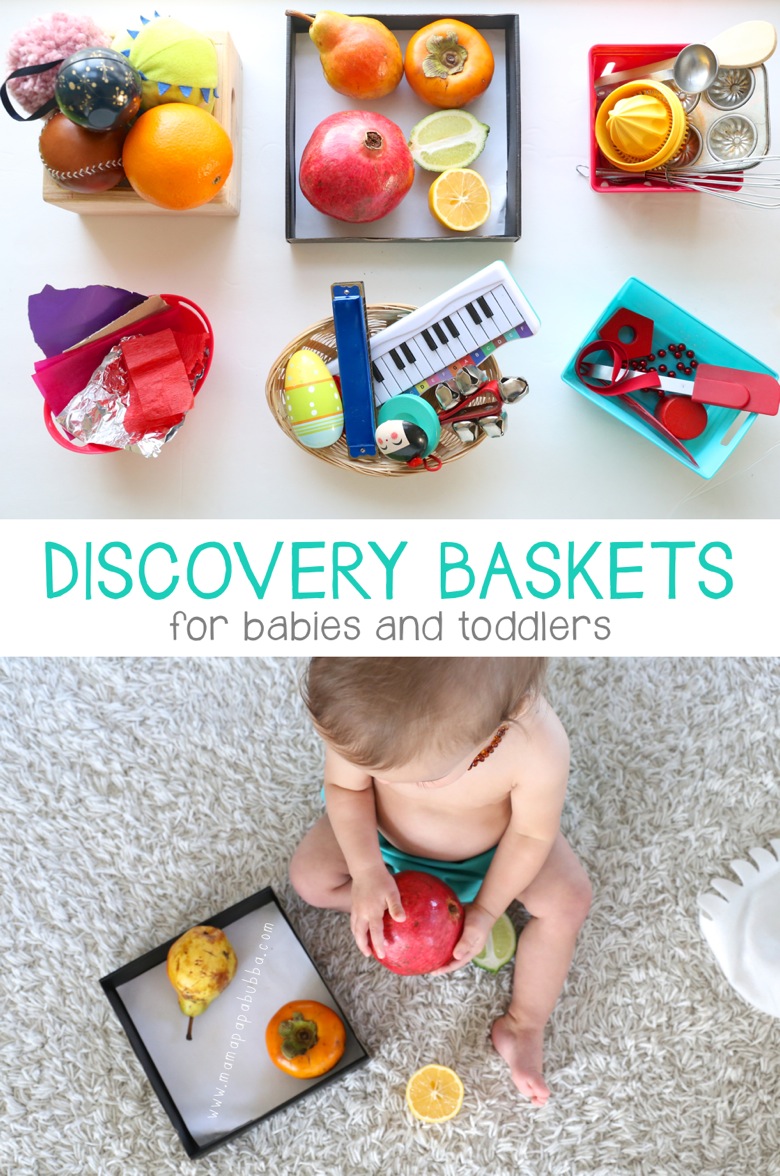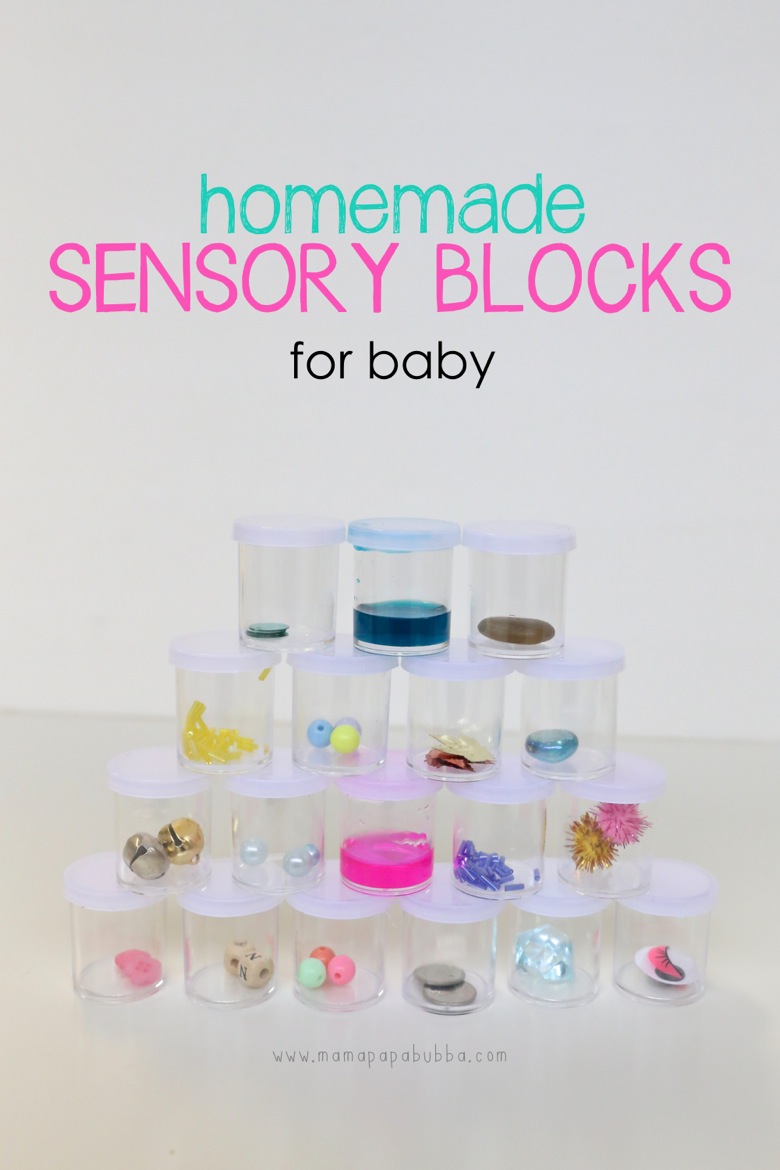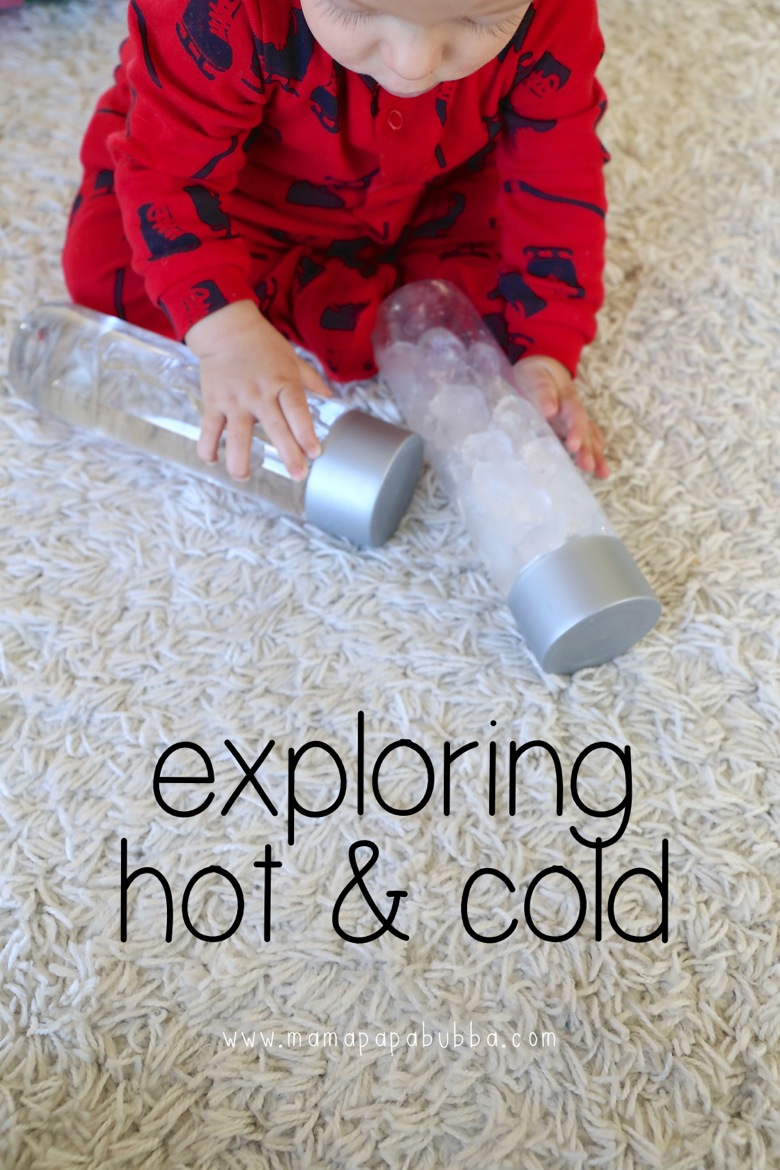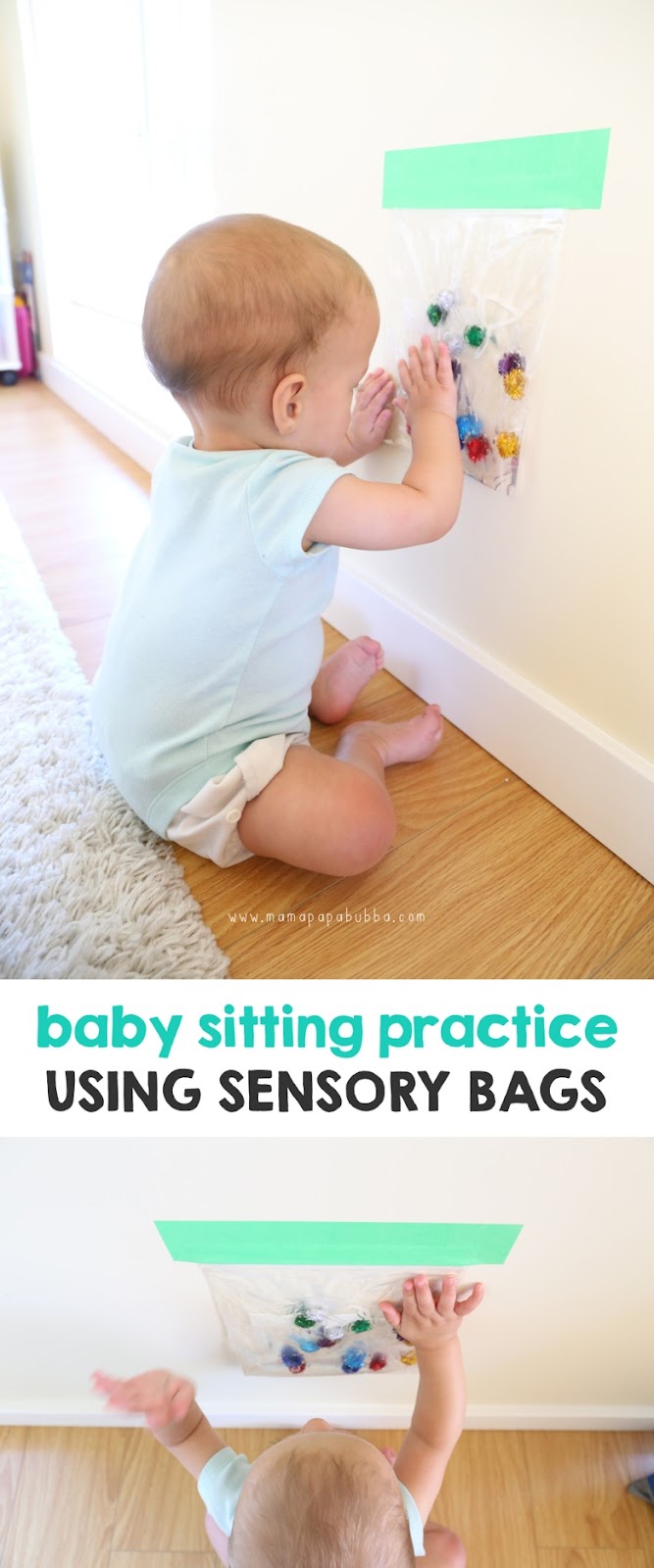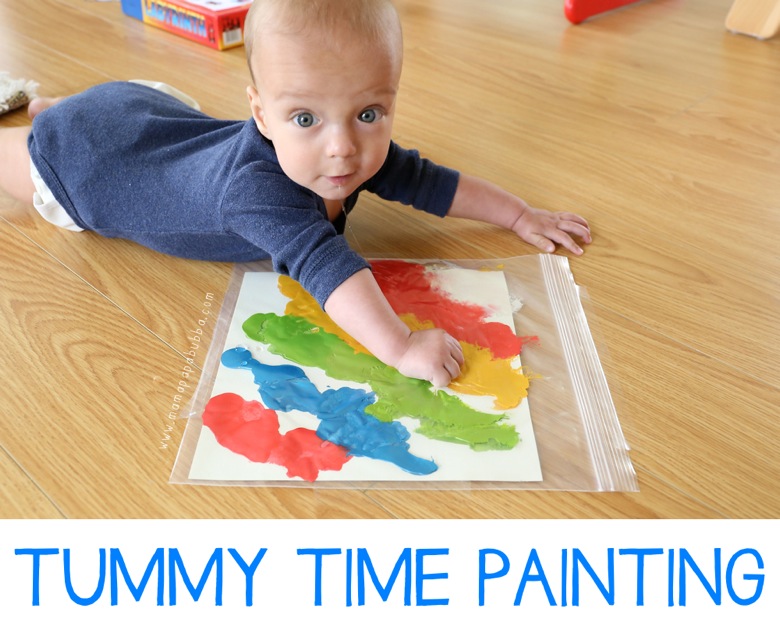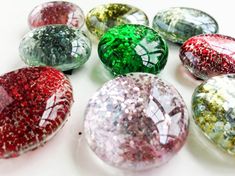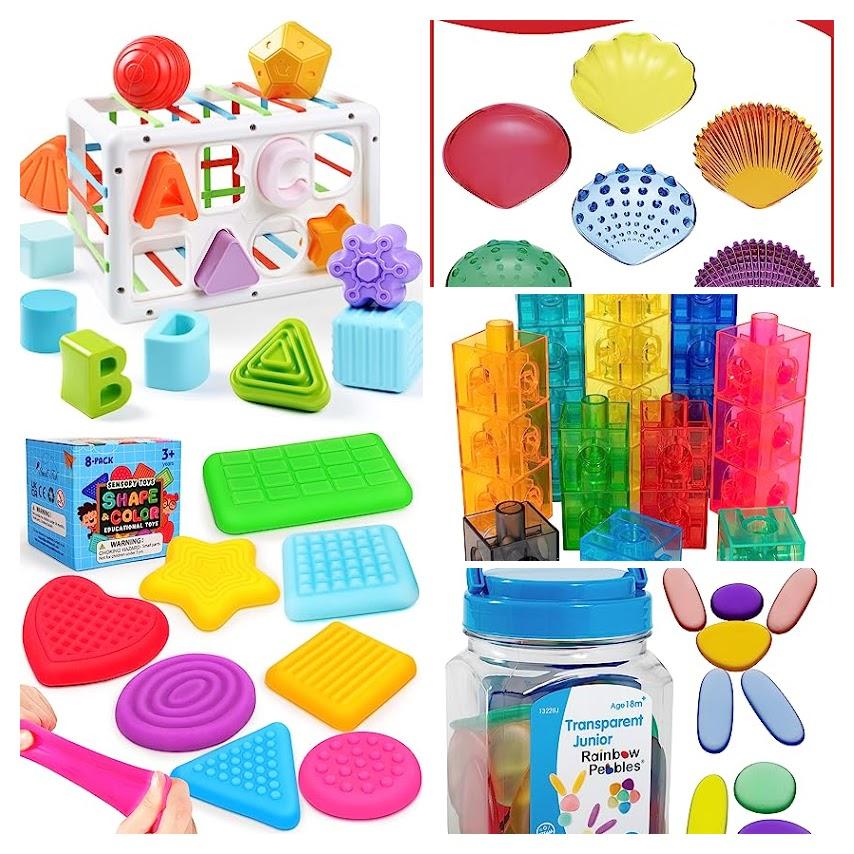DIY ACTIVITIES TO ENTICE EXPLORING THE eLEMENTS that are IN THEIR WORLD
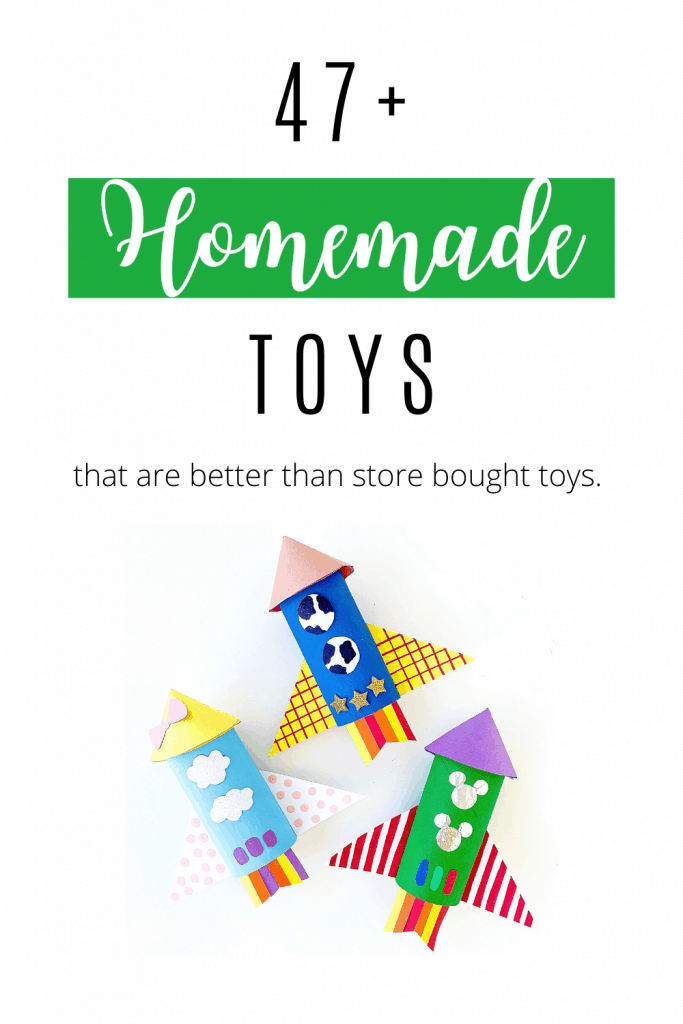
47+ Handmade Toys for Hours of Creative Play
You don’t need to spend a fortune on toys. And having too many toys can create overwhelm for kids. So ditch the store-bought plastic toys and inspire your kids to be creative by creating custom handmade toys for hours of play! Here are a few ideas to get you started. You can involve your kids in the creation process for added fun.
Are you drowning in toys already? Before creating more toys, tackle the toy clutter with our guide to downsizing toys.
Baby Toys
Even the littles can enjoy homemade toys. Here are several super simple toys you can make in minutes to keep your baby occupied for hours.
Stuffed Dragon (Sewing Pattern)
Felt Toys
Handmade felt toys are soft, yet durable. It’s the perfect material for kids who are a little rough on toys. Check out these super simple felt toys!
Decorate Your Own Felt Gingerbread House

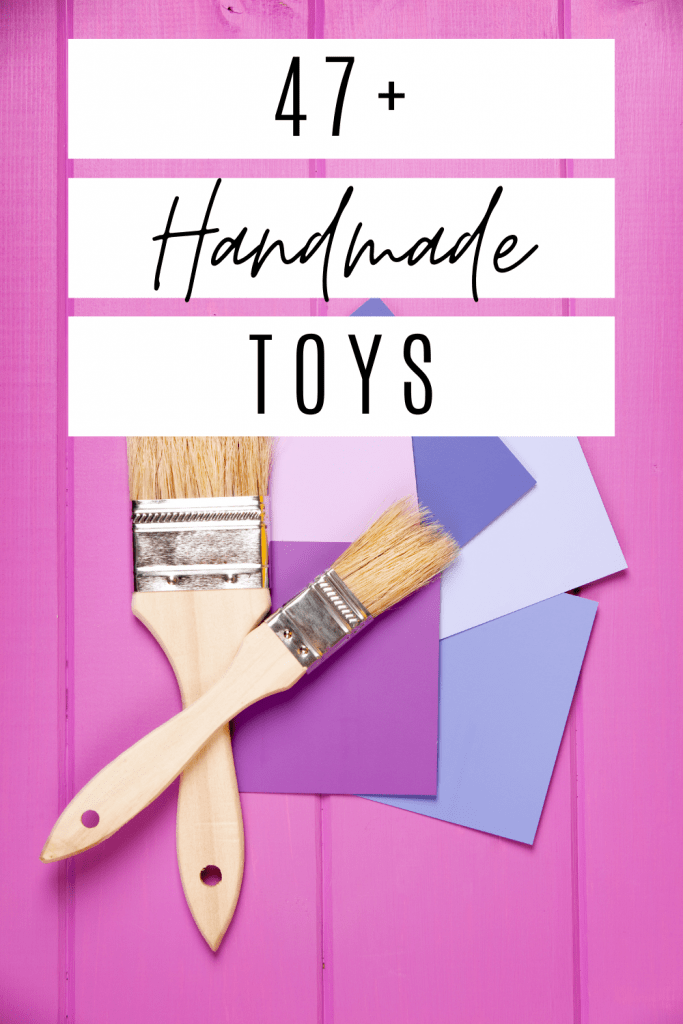
Cardboard Toys
Extra cardboard can be turned into amazing toys for kids! Try building a space shuttle or shop to encourage your kids to use their imaginations.
Matchbox Car Cardboard Tube Garage
Crocheted Toys
If you’re able to crochet, here are a couple of super easy toys your kids will love!
Bunny Finger Puppets with Accessories
Clothespin Toys
Clothespins aren’t as widely used nowadays, but a small pack of wooden clothespins can be turned into super cute creations. Check out these airplane and car toys!
Homemade Dolls
Homemade dolls can be tailored to your kids! If your little one loves a specific color, outfit, or hairstyle, you can customize your dolls to perfectly please your little ones.
Homemade Playdoh
Playdoh can dry out quickly, so making your own is a great way to save money! Plus, when you make your own, you know exactly what’s in it (which is especially important if you have a little one who puts everything in her mouth, like me!). Check out these super easy recipes.
Handmade Puppets
Puppets are so versatile. Create these super cute puppets and reuse them over and over again.
STEM Toys
Check out these amazing educational toy ideas. From learning about science through toy rocket ships to engineering your own pom pom shooter, these toys are sure to keep kids busy for hours.
Disney’s Toy Story Inspired Rocketships
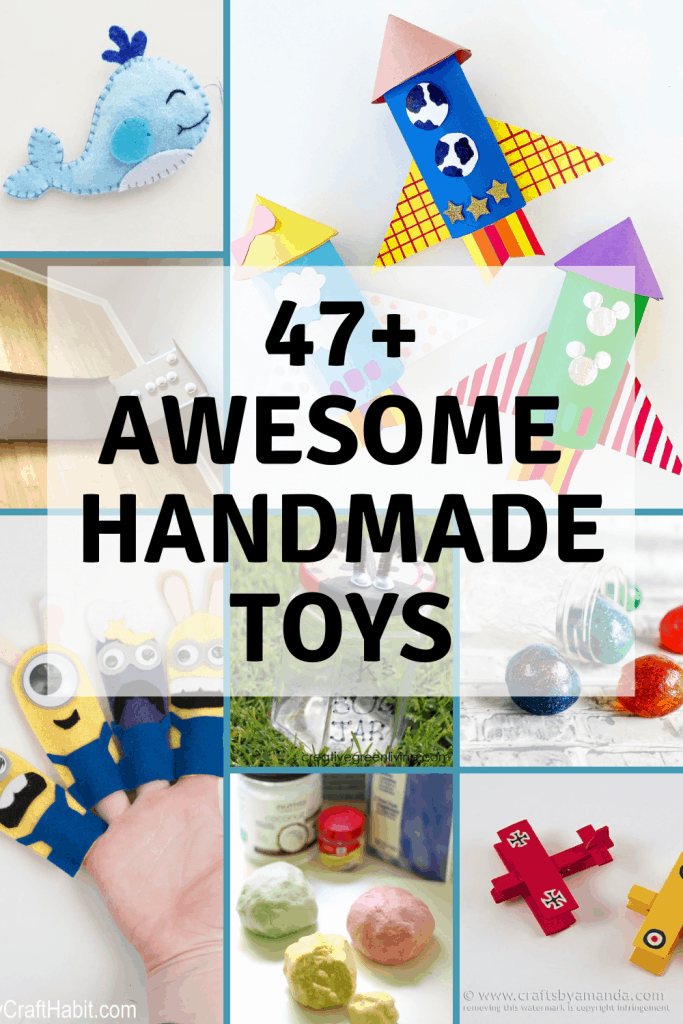
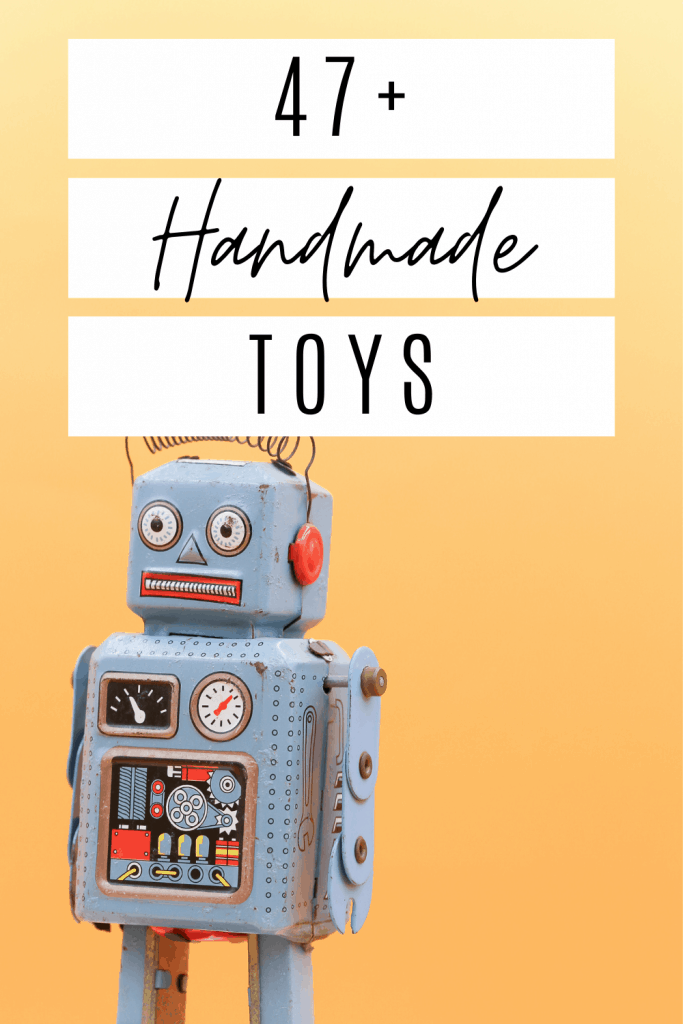
Imaginative Toys
Inspire your kids to imagine their lives as rock stars or kings and queens with these imaginative play toys!
Other Fun Tutorials
Here are a couple of additional tutorials to keep your kids inspired at home.
Guide to Common Household Objects as Toys!
BOOST THINKING WITH BLOCK PLAY
Do you remember those great wooden toys that used to be all the rage back in the day? I love those things and I love that you can actually make many of them yourself.
Whether you want something extra special for the holidays or your child’s birthday, or just any occasion, you are going to love the 30 DIY rustic wooden toys that I have found that you can make yourself.
Not only are some of these very reminiscent of days gone by, they are all really easy to make and your kids are going to love them.
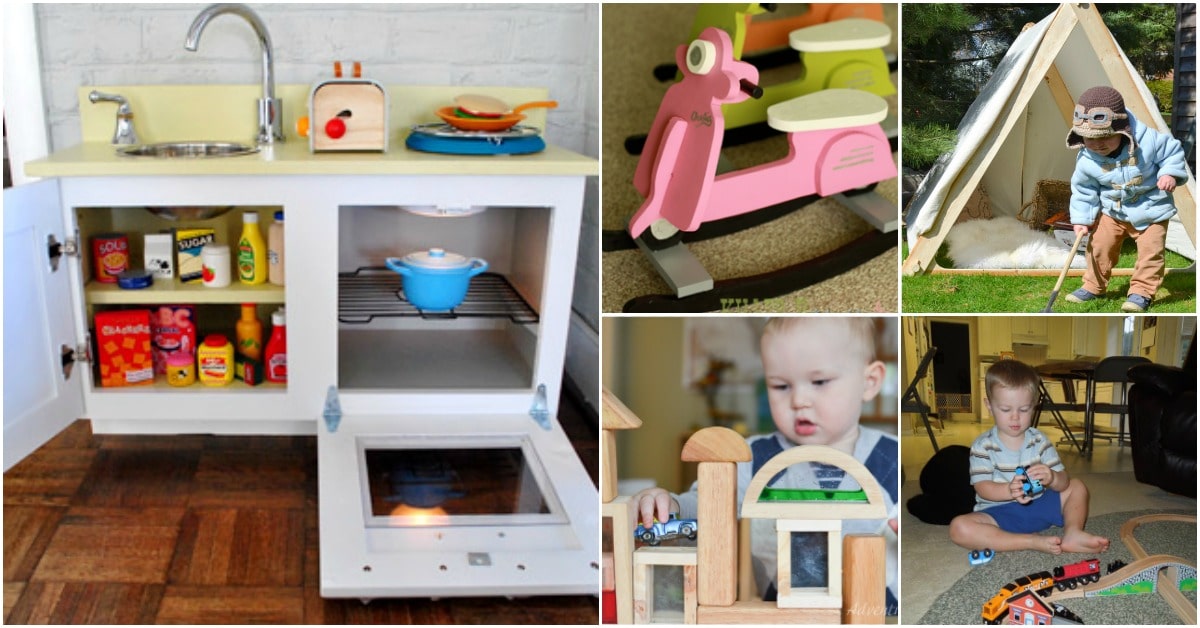
1. DIY Wood Block Stacker
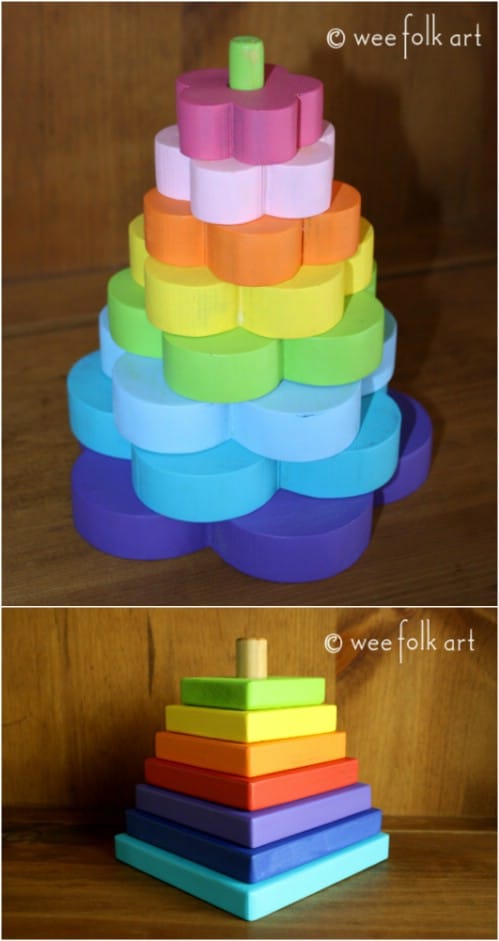
You remember those old plastic stacking toys that you played with as a kid – or that your kids played with? Well, this is a wooden version and it is spectacular. The colors alone are great to keep kids entertained and you make the blocks in different sizes to teach them stacking skills. This one is really easy and would make a wonderful DIY gift for any toddler.
Tutorial: weefolkart
2. DIY WOODEN TOY CAMERA
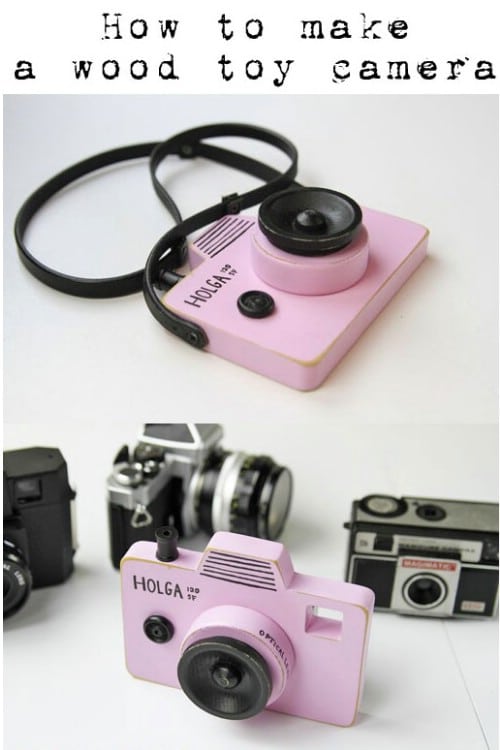
This little toy camera is adorable and it looks so much like the real thing! While your little one won’t be able to actually take pictures with this one, or look through it for images that are preset into it, it’s the perfect toy for toddlers who want to act like their parents and snap photos wherever they go. Plus, it’s a pretty easy plan to follow to make it.
Tutorial: lilblueboo
3. EASY WOODEN CHALKBOARD CITY BLOCKS
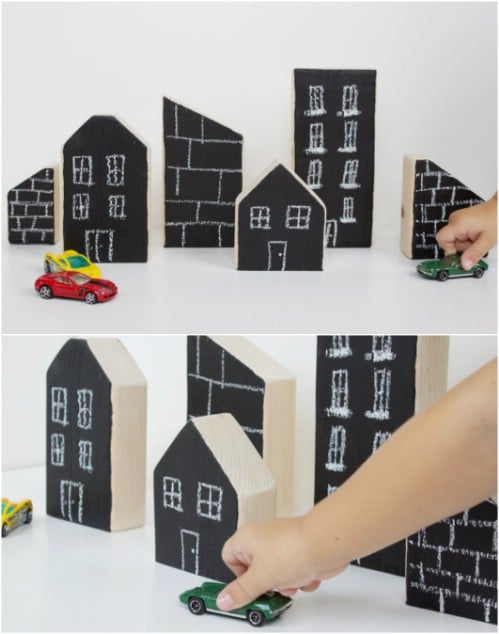
Kids are going to love building their own cities with these chalkboard wooden blocks. You just have to cut the blocks out and then add the chalkboard paint. The fun thing about these blocks is that they can change them up as often as they want. Let them decorate their own little cities with white and colored chalk and then use those blocks for creative play. You have to love a good chalkboard paint project!
Tutorial: hellobee
4. CASTLE BLOCKS
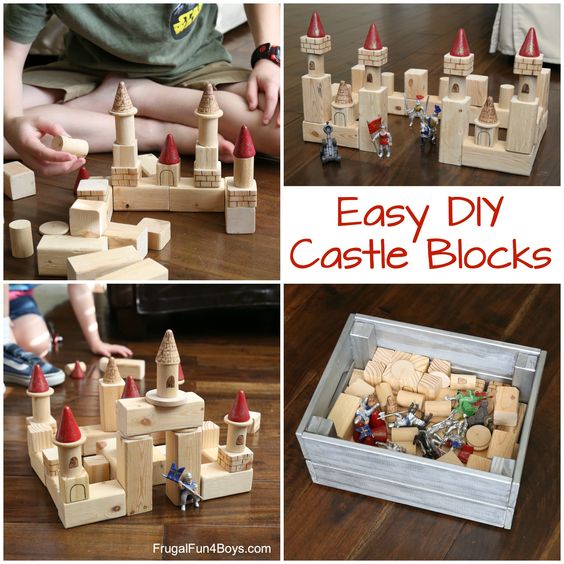
Create your own castle building blocks set! This is such a fun and open-ended homemade toy that kids will spend hours with. It’s also extremely easy (even if you are not crafty!) and cheap to make. It would be fun to build a set of blocks with your kids’ help, or you can assemble it as a gift.
5. DOLLHOUSE IN A BOX
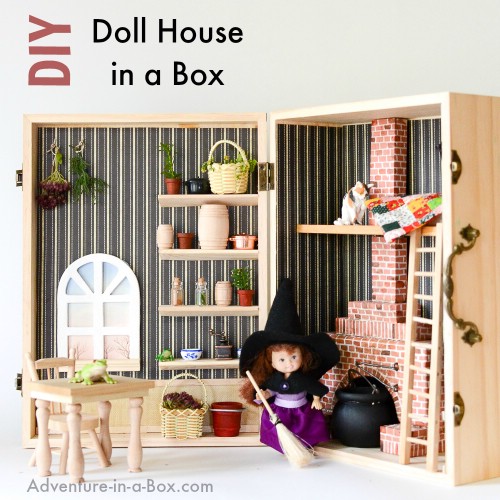
This wooden dollhouse in a box is not only adorable, it is super easy to make. You just need a few standard power tools and you can build your little girl the cutest doll house. Or, you could easily convert this to a garage for little boys…it’s all in how you decorate it. The best part? This one folds up so that all of their toys stay perfectly in place when they are not playing with them.
Similar Project: DIY Upcycled Tin Can Windchime (Easy and Frugal)
Tutorial: adventure-in-a-box
6. DIY MINI WOODEN MAGNETIC BLOCKS
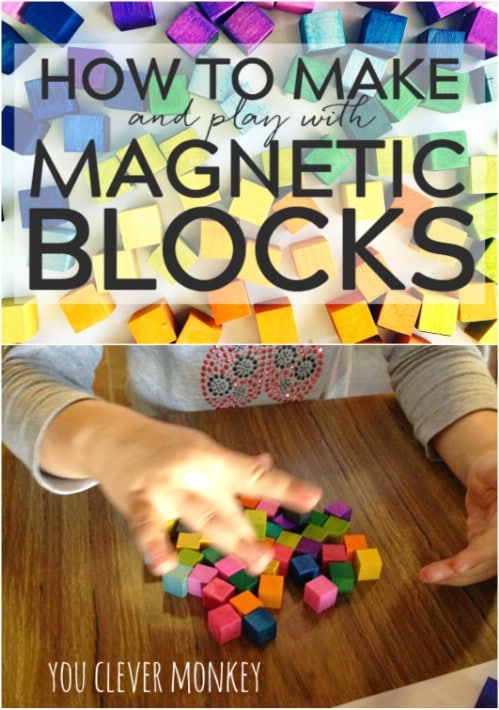
These little blocks are perfect for toddlers who are learning their colors. You could also make them a bit larger and put numbers and letters on them if you wanted. You can find wooden blocks to use or make your own and paint them in numerous bright colors so that little ones will find them fascinating and want to play.
Tutorial: youclevermonkey
7. WOODEN MIRROR BLOCKS
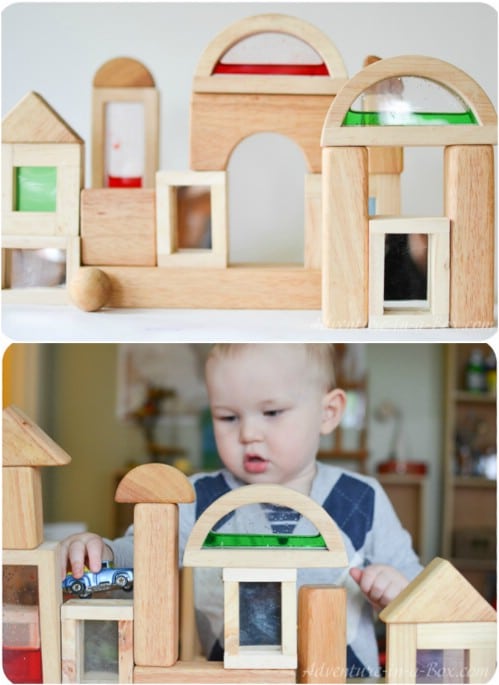
Here’s a great idea for some mirrored blocks for babies. These would make the most wonderful baby shower gifts and they are really easy to make. Little ones love looking into mirrors and these little blocks are the perfect size for them to hold themselves. You make these from a Jenga game – buy the cheap one at the Dollar Store for less than $5 – and the mirrors come from mirrored sheets. These are great DIY sensory toys to help children to learn as they grow.
Tutorial: adventure-in-a-box
8. EDUCATIONAL WOODEN NESTING DOLLS
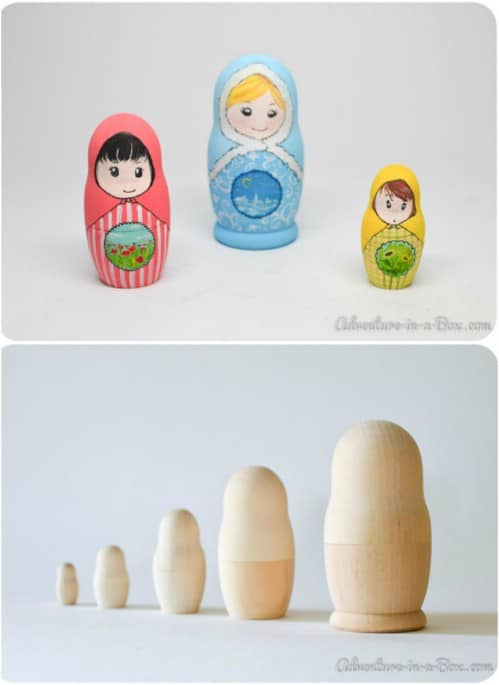
I love nesting dolls and these DIY wooden ones are fabulous. These are great for little ones because they are so easy to hold. You make the wooden dolls and then paint them however you want them. You could give them that great old world look or turn them into themed character dolls – choose a Disney theme or something else that your little one loves.
Tutorial: adventure-in-a-box
9. SIMPLE OPEN DESIGN WOODEN DOLLHOUSE
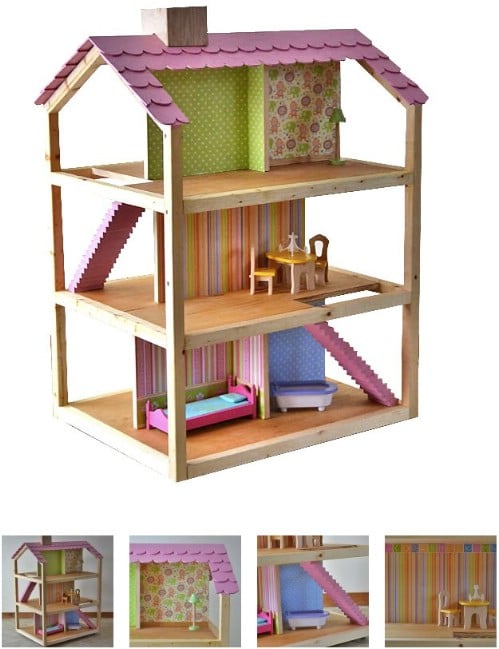
When my girls were young all they ever asked for was a dollhouse. You make this with plywood and a couple of 2X2 boards. It’s an all open design so it’s perfect if you have more than one little girl that will want to play with it at the same time. This would make such a wonderful Christmas or birthday gift and it’s much cheaper to make than it would be to buy.
Tutorial: ana-white
10. DIY OVERSIZED TIC-TAC-TOE
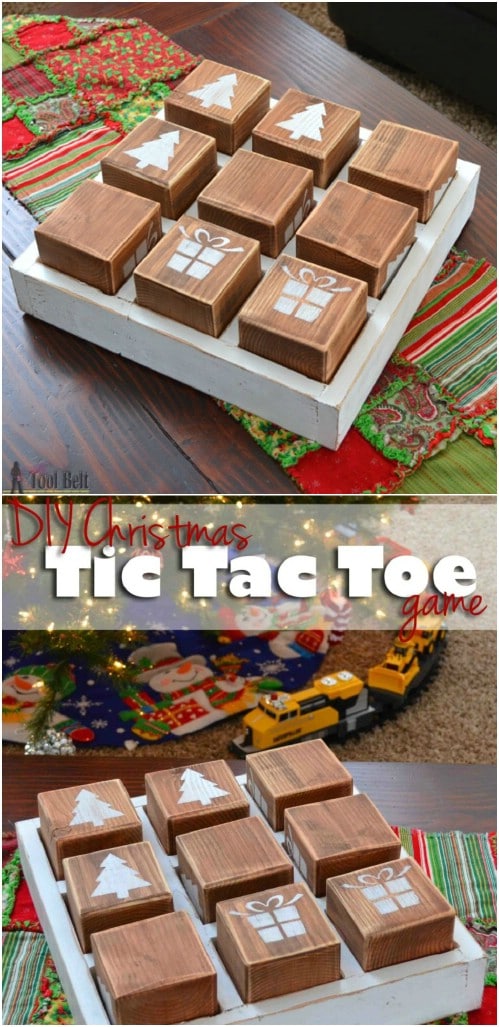
I loved tic-tac-toe as a child. We even had one of those great Toss Across games where you toss bean bags at the game to make your moves – remember those? This oversized tic-tac-toe games looks to be just as fun and you can make it yourself. This is a great toy for kids of all ages and you can totally customize the images to make them even more exciting than just X’s and O’s.
Tutorial: hertoolbelt
11. HANDMADE WOODEN PIZZA PUZZLE
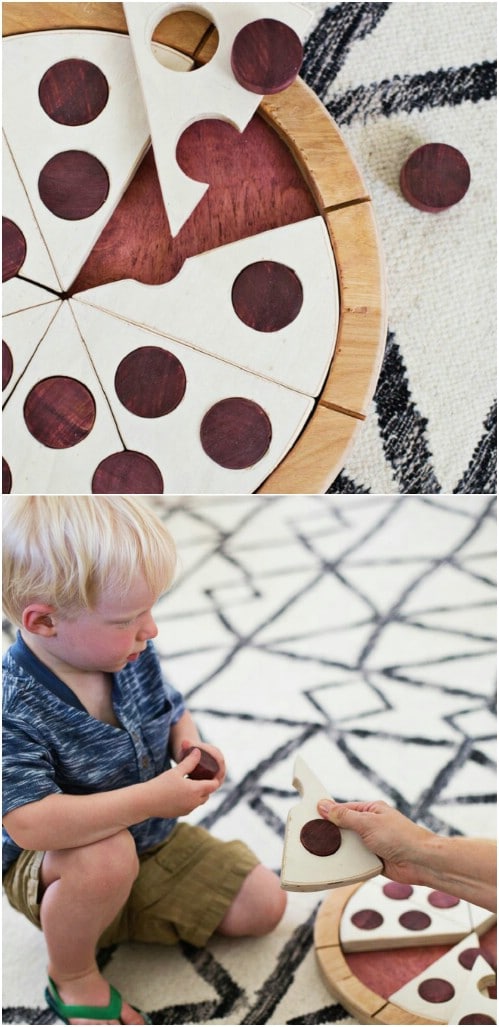
This pizza puzzle is great for little ones who are learning shapes and it helps to promote hand eye coordination. You make this from plywood and it’s a pretty easy DIY project. Kids will love playing with it for creative play and it’s a great tool for helping to teach them shapes, numbers and puzzle working in general.
Tutorial: abeautifulmess
12. WOODEN PUPPET THEATER
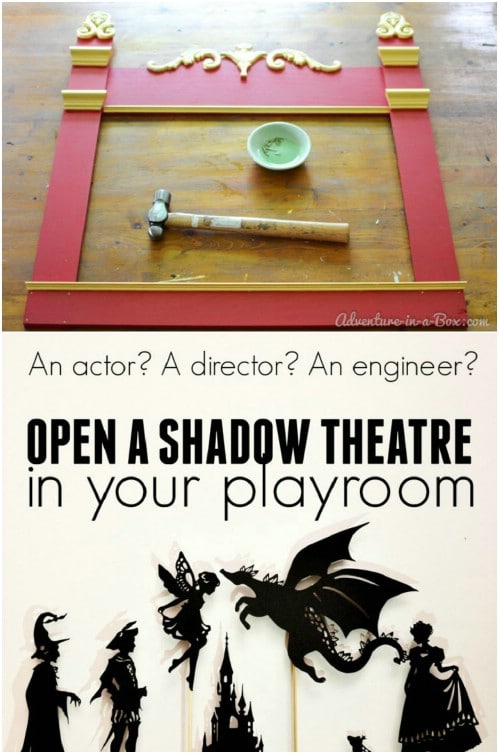
What better way to entertain your children than with their own puppet theater? This one is super easy to build and will give your little ones hours upon hours of play time. You could also make them their own DIY puppets to go with it or if they already have puppets, then you’re halfway there. Puppet theaters are great for encouraging creative play and this one is totally customizable because you make it yourself.
Similar Project: 40 Genius Space-Savvy Small Garden Ideas and Solutions
Tutorial: adventure-in-a-box
13. WOODEN RAINBOW BUILDING BLOCKS
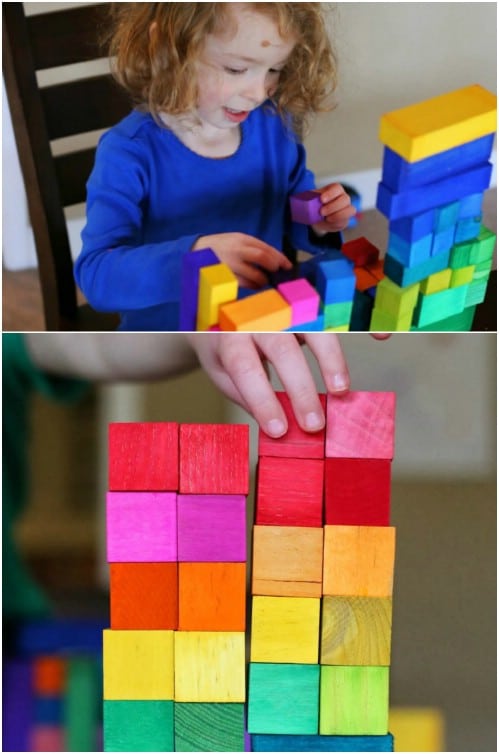
Building blocks have been popular with kids for decades and you can make your own with this easy to follow plan. These are done in different sizes for creative play and you paint them any number of colors and you could even make them in different shapes. A similar set will run you about $60 or more at most toy or department stores but you can make this set for the price of a 2X4 or two.
Tutorial: funathomewithkids
14. RAINBOW CITY BLOCKS
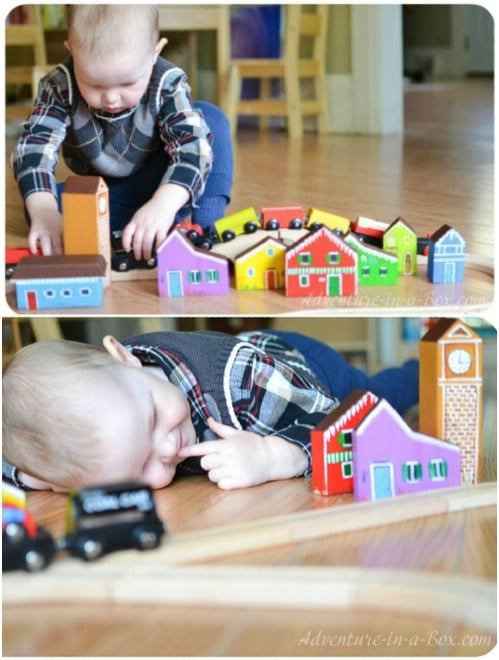
Turn that old board into these adorable city house building blocks. These are really cute and boys and girls alike are going to love playing with them. Once you have the houses and buildings cut out, you just paint them to resemble your favorite city block. You could even do these to match the houses in your neighborhood. They promote creative play and are perfect for little ones who are working on their hand eye coordination.
Tutorial: adventure-in-a-box
15. DIY WOODEN BABY ROCKING TOY
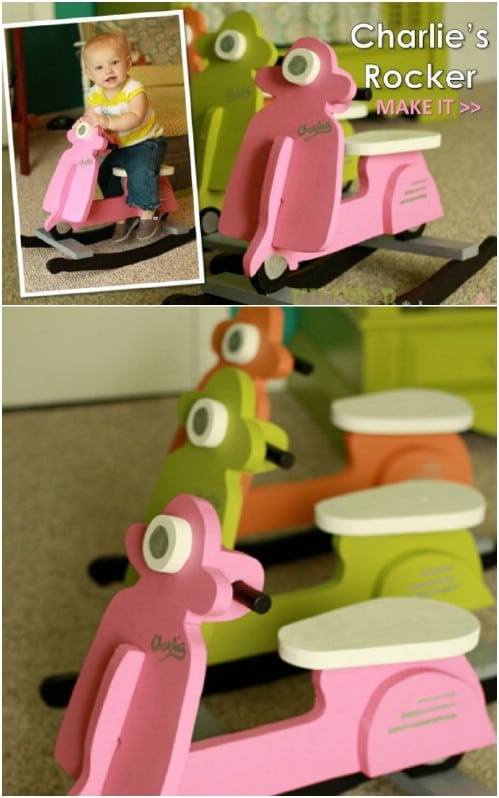
Skip paying a hundred dollars or more for a rocking horse at your favorite toy store. You can build your little one his or her own rocking toy from a few boards that you have left over from other projects – and you can customize this one however you want. It’s a pretty easy plan to follow and makes the most adorable wooden rocker. This would be a wonderful first Christmas or baby shower gift.
Tutorial: killerbdesigns
16. DIY WOODEN SIT AND SCOOT
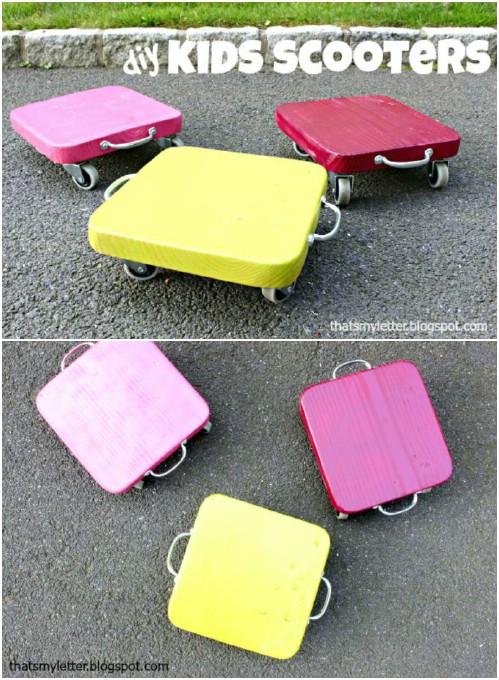
Turn an old board and a few wheels into the most amazing scooter for your older children. These are perfect for kids in school and they are so much fun. You add handles to the sides so that your little ones are safe when they are scooting and this is a lot safer than a stand up scooter. Plus, this one is really fun to make and your kids are going to love it.
Tutorial: prettyhandygirl
17. DIY WOODEN BASED PLAY TENT
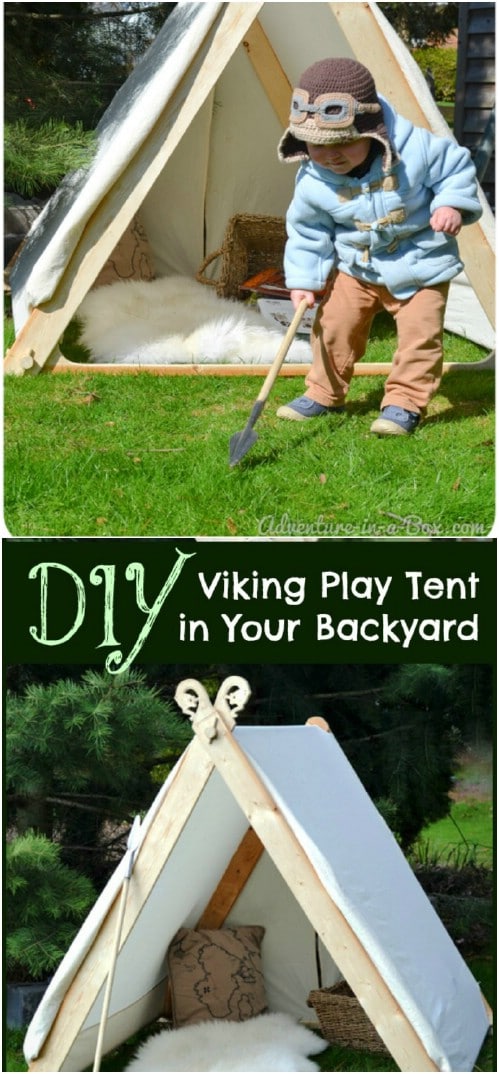
Play tents are great but they can be a bit expensive, especially the sturdier ones that will last for several years. You can build this one yourself from pine boards and canvas and it’s practically guaranteed to last as long as your children are young. The plans for building are super easy to follow and you could even adjust the sizing if you need to make it larger or smaller. And when they grow out of it, this is the perfect opportunity to repurpose those kids toys.
Tutorial: adventure-in-a-box
18. HANDMADE WOODEN SENSORY BOARD
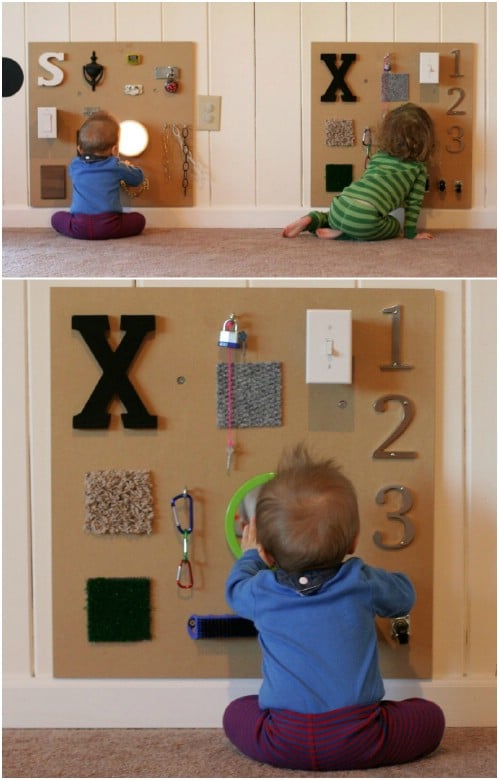
You can turn an old piece of plywood into a great sensory board for your little one. Sensory boards are great for teaching babies and toddlers about shapes, colors, textures and so many other things. These baby activity boards run close to $100 at most toy stores but you can seriously make this one for only a fraction of that – and kids are going to love it for years.
Tutorial: funathomewithkids
19. DIY WOODEN STORY CUBES
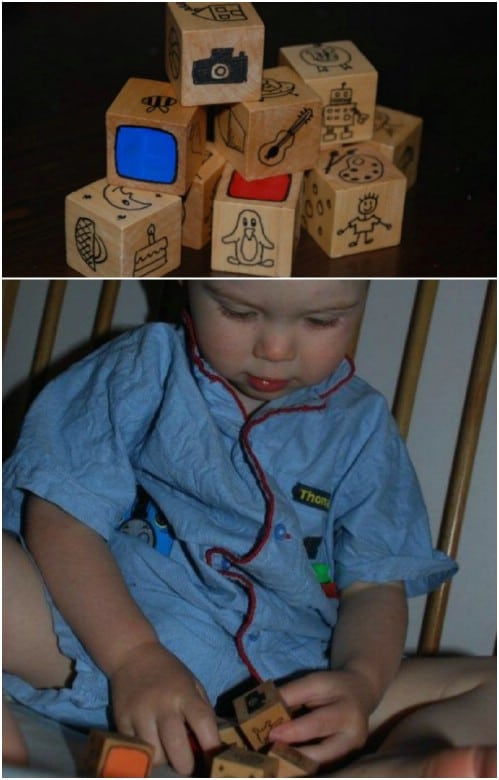
Wooden blocks are so popular with little ones. Remember those little ABC blocks? Well, you can give your little one the same playing fun but with story blocks. Story blocks allow your little ones to tell stories as they play, which really helps to develop their creativity. Plus, these little wooden blocks are great for hand eye coordination and sensory play, as well.
Similar Project: 39 Exciting Things To Do With Orange Peels
Tutorial: redtedart
20. HANDMADE WOODEN TEXTURE BLOCKS
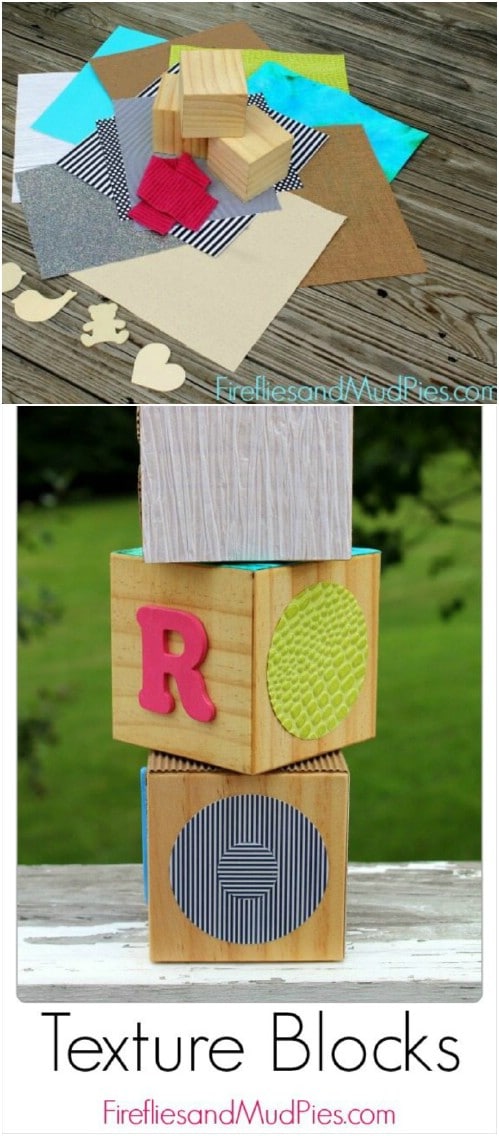
Texture blocks work like sensory boards to help little ones to learn shapes and textures. These handmade texture blocks are super easy to DIY and you can add any shapes or textures that you want to customize them. Textured scrapbook paper, wool felt and wooden shapes give you the textures that you add to your DIY wooden blocks for hours of fun play for your little ones.
Tutorial: firefliesandmudpies
21. FUN DIY WOODEN BALANCE BOARD
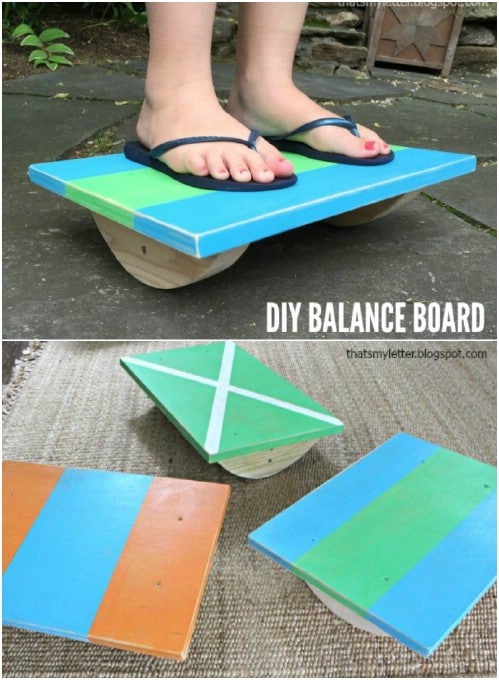
Balance boards are so much fun for older children and teenagers. These DIY balance boards are made with plywood, 2X4s and 2X3s and the plan is really easy to follow. You can paint these however you want, customizing them for your child and they are so much fun to play with. They also help to teach balance so they really come in handy if you have a child into sports or gymnastics.
Tutorial: thatsmyletter
22. DIY WOODEN TOY BOAT
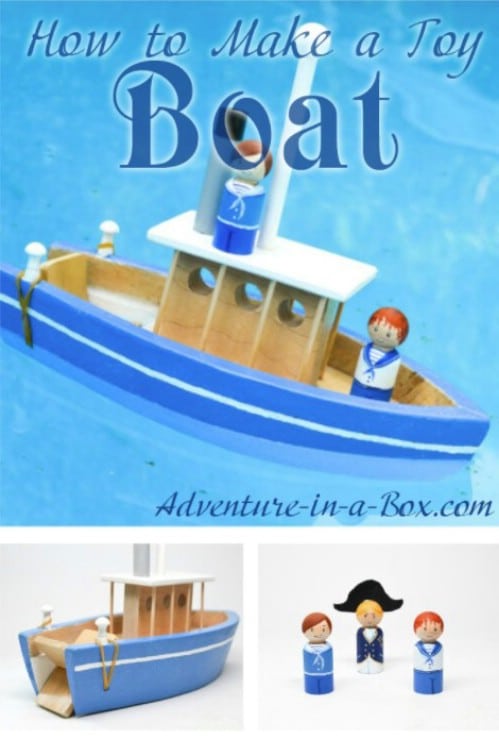
Every little boy…and some little girls…wants a toy boat and this wooden one is the perfect DIY gift. These are pretty easy to make and you can add wooden people to make play time even more fun. You just need a wooden board and a few other woodworking supplies to make this one and it won’t take you long at all to have it finished. And there are some amazing DIY organization projects to help you keep those toys all put away when they’re done.
Tutorial: adventure-in-a-box
23. DIY WOODEN PLAY KITCHEN
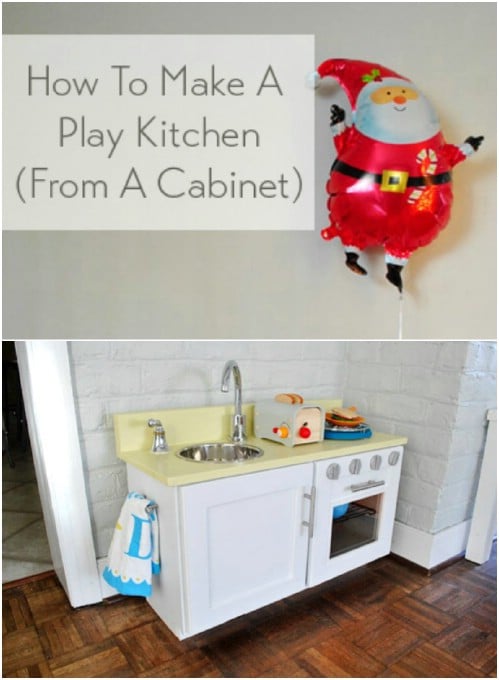
You can make this play kitchen out of wood that you have left over from other projects or you could even do it from an old cabinet, which takes away a lot of the work. If you have a little girl, she’s going to love this play kitchen. It’s so roomy so there is space for all of her play foods and dishes and imagine how much fun she will have cooking up a storm with this. Alternatively, you could fashion it a bit differently and turn it into a workshop for little boys.
Tutorial: younghouselove
24. CHEAP AND EASY DIY NATURE BLOCKS
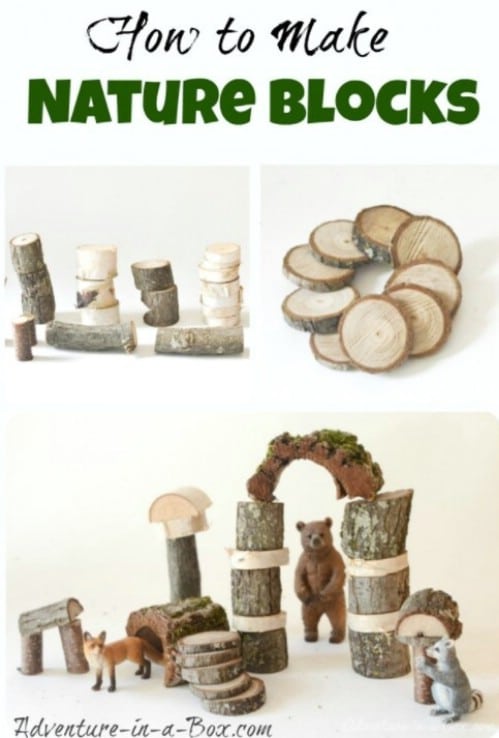
These nature blocks are really fun for kids. They can make so many wonderful nature scenes with these and other toys and these are probably the cheapest DIY wooden toys that you could make. You don’t need to buy any wood for these. You make them from sticks and twigs that you have outside, so they’re free to make. And, you can pair them up with cheap woodland creature sets from the Dollar Store for hours of fun playtime.
Tutorial: adventure-in-a-box
25. HANDMADE WOODEN VEHICLES
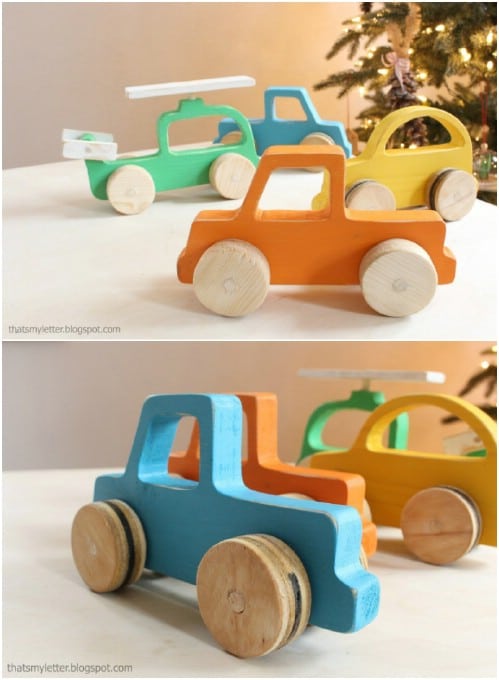
Kids are really going to love these little wooden vehicles that you can make in no time at all. These are super easy and they’re perfect for toddlers and babies because they are so lightweight and the hollowed out centers make them perfect for helping little ones to learn to grasp. These offer hours of fun creative play and are great for helping your little ones to develop hand eye coordination.
Tutorial: ana-white
26. DIY WOOD BURNED BLOCKS
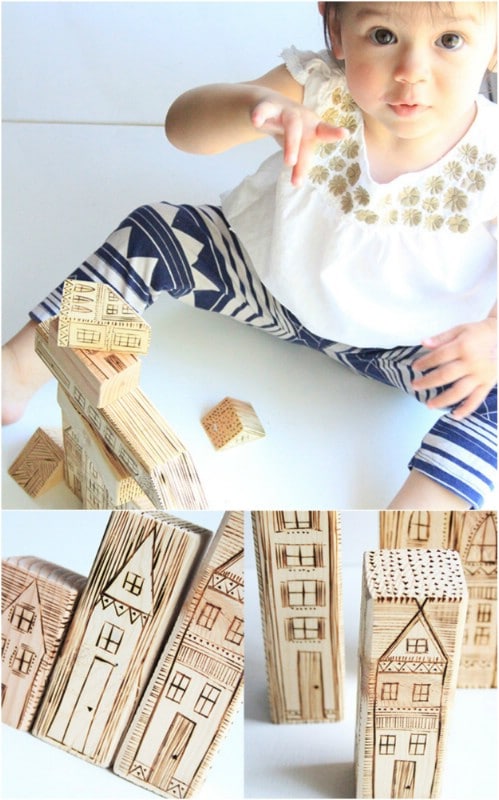
These house blocks are gorgeous thanks to the wood burning that you do. These are really easy to make, despite their intricate details. They are perfect for toddlers to pre-teen and you can make them in any number of shapes and sizes to promote hours of creative play. Plus, wood burning is so much fun so you’ll have as much fun making these as your kids do playing with them.
Similar Project: Huge Money Saver - Make Your Own Environmentally Safe Cat Litter
Tutorial: alisaburke
27. EASY DIY WOODEN RACETRACK
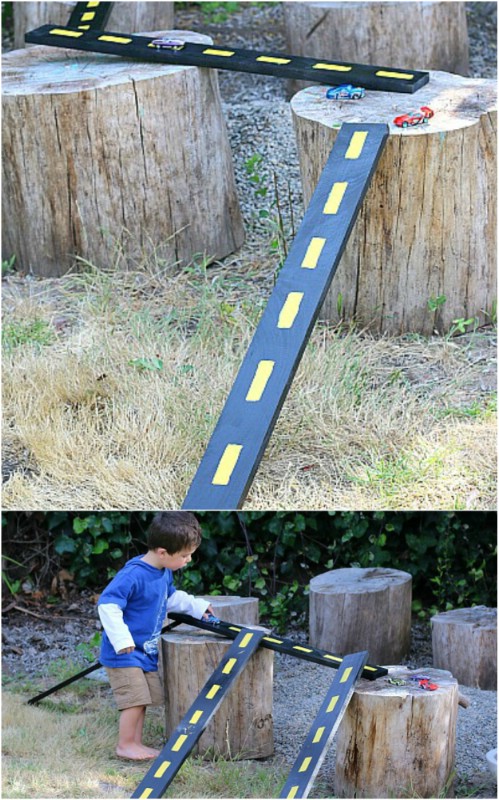
These wooden racetrack or car ramps are super easy to make and they are perfect for little boys who love racing or jumping cars. You could even make some homemade cars and trucks out of wood to go along with these. And, you can do them in different shapes. Straight is great for ramps but you could also make a few curves to give them an even more exciting playtime.
Tutorial: buggyandbuddy
28. DIY PERSONALIZED WOODEN NAME PUZZLE
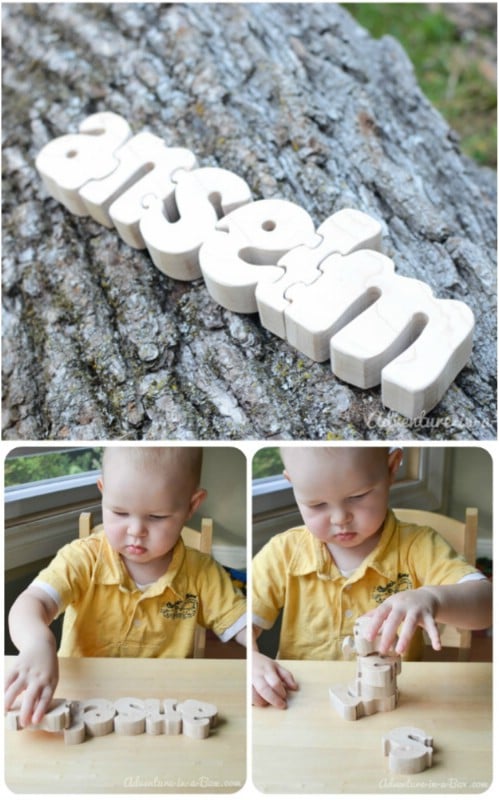
Not only does this personalized DIY wooden name puzzle help your little ones to learn how to spell their names, it doubles as bedroom décor when they get too old to play with it. This one is pretty easy, although you will need to know how to use quite a few different woodworking tools. They’ll have hours of fun learning to put their names together and then they can hang this in a great shadowbox frame when they get older.
Tutorial: adventure-in-a-box
29. DIY WOODEN TEETHERS AND RATTLES
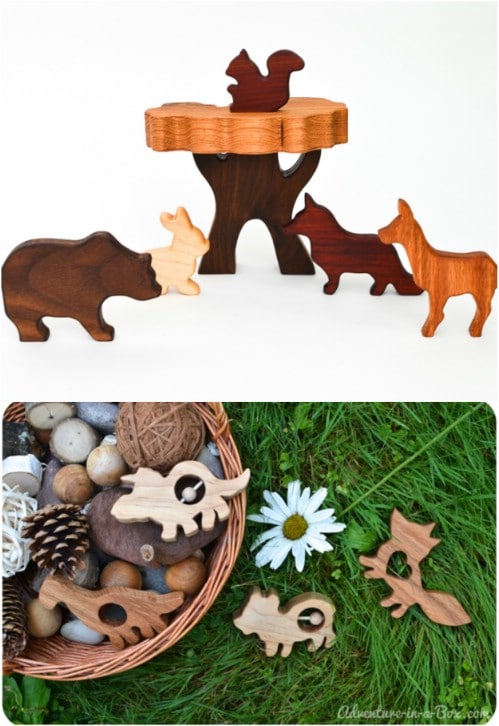
If you know someone who is expecting soon, these DIY wooden teethers and rattles are the perfect baby shower gift. You can make several of these from one wooden board and they really are not that complicated to DIY. Plus, since you’re making these from wood, you won’t have to worry about what chemicals may be included in their teether – plastic teethers can contain so many harmful chemicals.
Tutorial: adventure-in-a-box
30. DIY WOODEN TRAIN TRACKS
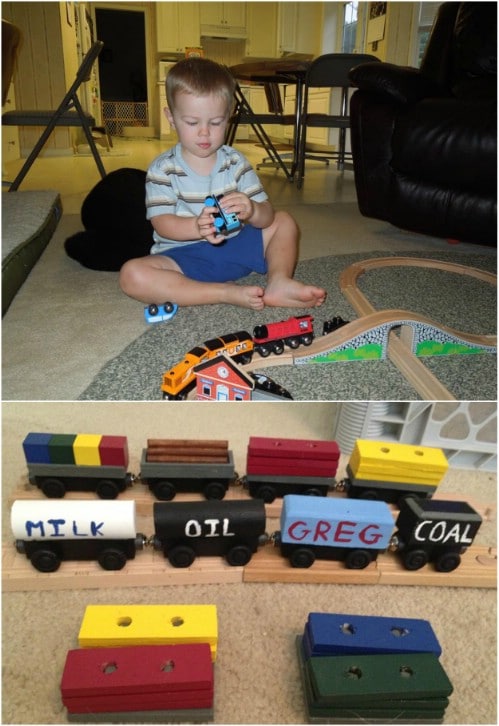
Give your little boys the most wonderful gift with this DIY wooden train track. This is such a wonderful gift idea for the holidays or any occasion. The train tracks are pretty easy to build and you can add a DIY wooden train, too or use this with just about any train set that you may already have. This would be so gorgeous around a Christmas tree to create a rustic farmhouse Christmas, as well.
Tutorial: freedblog
CONCLUSION
Don’t just stop with your little ones – make these for every child you know. There are toys in here for toddlers to teens and even a few babies.
If you have an upcoming baby shower that you are planning to attend, why not make something really special like a homemade wooden rattle?
All of these toys are fabulous and they really do take you back in time.
Plus, you can make many of these with wood pieces that you have left over from other projects. Use the pieces that you have left over after you’ve made one of these 50 DIY wooden signs.
From stackers to toy cars, airplanes and even a great DIY play kitchen – these wooden toys are going to be cherished by your little ones for years. What a wonderful way to give your child something that they could eventually pass down to their own children!
I love heirlooms and these DIY wooden toys prove to be some of the best heirlooms you could ever make. And, if you really love working with wood, be sure to take a look at these 40 eco friendly reclaimed wood projects. You can find something for every room in here.
100 HOUSEHOLD ITEMS YOU CAN USE FOR FUN KIDS’ ACTIVITIES
Inside: You won’t believe how many amazingly fun and educational kids’ activities you can set up using common household items! With this list, your kids will be entertained for hours, and they will learn a lot about creativity and thinking outside the box.
As a busy mom of four, I’m always on the lookout for items to keep them happy and engaged without spending a fortune. New toys are, of course, exciting and fun, but we all know how quickly they become old toys. Fortunately, there are lots of things right in our homes with endless entertaining and educational potential.
In fact, when I recently sat down and decided to make a list to share with you, it added up to 100 common household items that can be used for fun kid activities!
One hundred is a pretty large number and it can be overwhelming to figure out where and how to start. I placed the items in rooms where you are most likely to find them and have provided some links for activities you could try with these items.
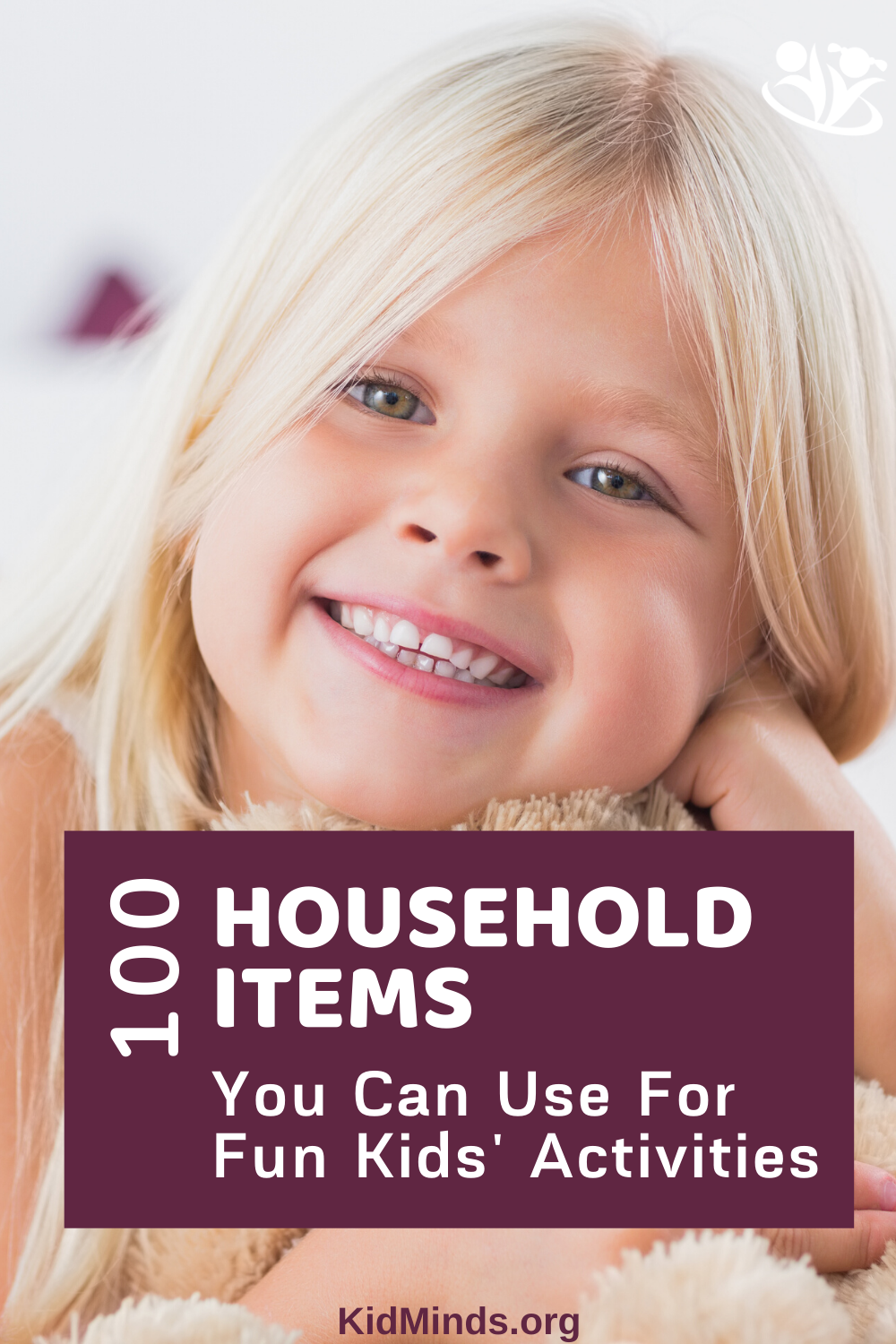
Here is an idea: challenge yourself to use one item every day until you get through the whole list. It’s a great way to bond, learn, and grow together.
I hope this list will inspire you to try new activities with your children.
100 HOUSEHOLD ITEMS
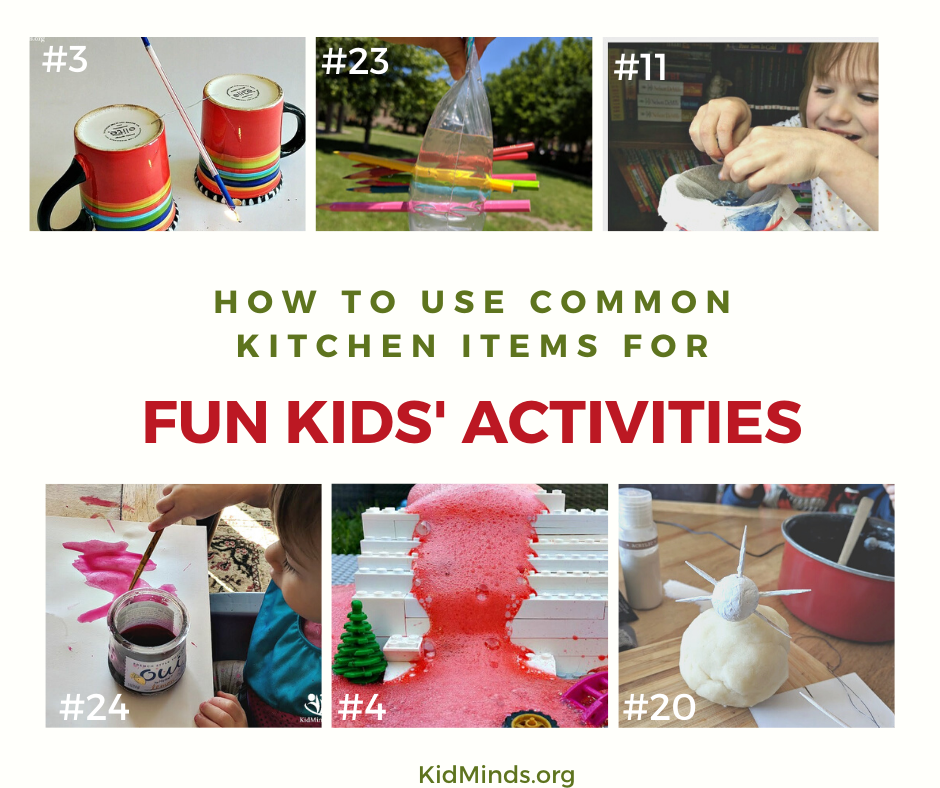
KITCHEN
Dishwashing liquid (How to Make Giant Bubbles)
Drinking straws (Homemade Barometer)
Birthday Candles (Birthday Candles See-Saw Experiment)
Baking Soda (7 Baking Soda Activities for Kids)
Paper Cups (DIY Cup Amplifier)
Vinegar ((Dragon Spells)
Paper Plates (Paper Plate Maracas)
Spoons (Catapult)
Food coloring (Color Changing Milk Experiment)
Colander (Pasta Play Activity)
Empty containers (Russian Roulette with an oatmeal container)
Salad Tongs (50 Fun Ways to Play With Tongues)
Water bottles (Sensory Bottles)
Mixing Bowls (Fire and Ice Experiment)
Lids (Lid Banjos)
Whisk (Play with Water and a Whisk)
Potato masher (Potato Masher Print)
Aluminum foil (Foil River)
Toothpicks (Glow-in-the-dark Stars)
Chopsticks (Paper beads)
Cupcake liners (BathTub Science Fun)
Plastic bags (Surprising Science of Polymers)
Kitchen staples (Sensory Painting)
Molds (Kids’ Soap Lab)
Mason jars (Fairy jars)
Empty glass jars (T-rex Experiment)
Cookie cutters (3-D Heart)
Cookie tray (Scroll down to Hands-on Learning in this Math Activities post)
Muffin tin (Scroll down to Sorting and Pouring in the Flat Marbles post)
Wax paper (Origami Halloween Light)
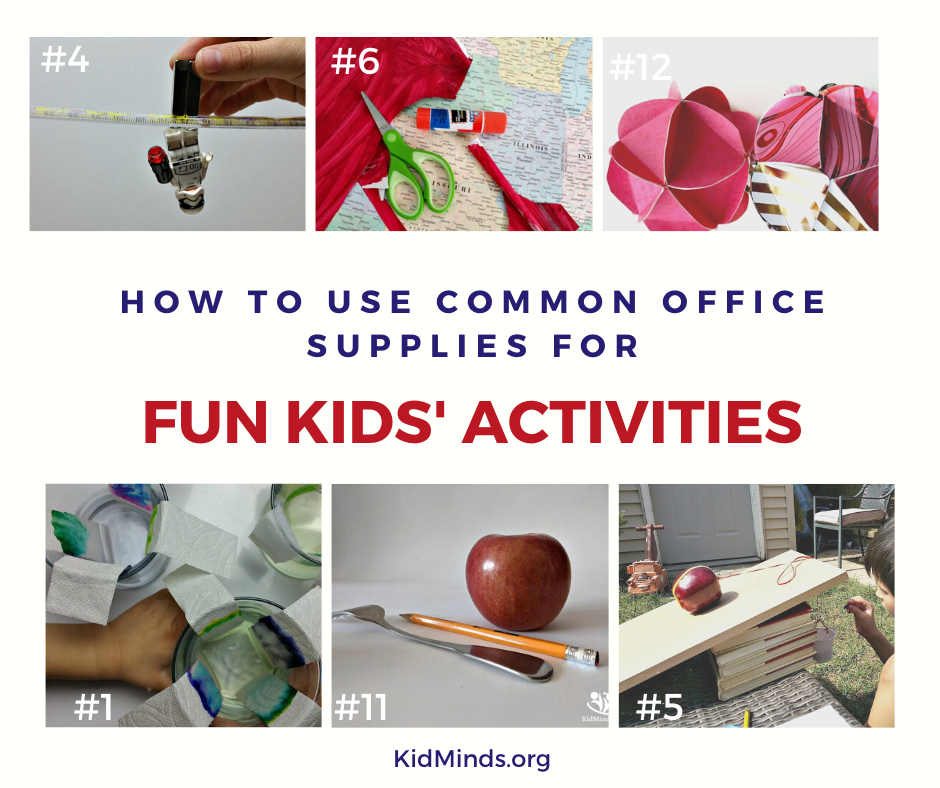
OFFICE SUPPLIES
Markers (Chromatography experiments)
Highlighter (Glow-in-the-dark bubbles)
Newspaper (Snowman Family)
Paperclips (Defying gravity with LEGO science)
Rubber bands (Pennies and Apple Experiment)
Paper (DIY Rockets)
Index cards (STEM towers)
Duck tape (Notebook covers)
Gift wrapping paper (craft ideas)
School pencils (Balancing Magic)
Ruler (3-D Math Valentines)
Tape measure (How tall are you and other tape measure activities)
Stapler (DIY Book for Kids)
Binder clips (Decorate Binder Clips)
Post-It notes (“I love you for…” game)
Push pins (Push Pin Maze)
Clear glue (Halloween slime)
Ink pads (Family Tree Craft)
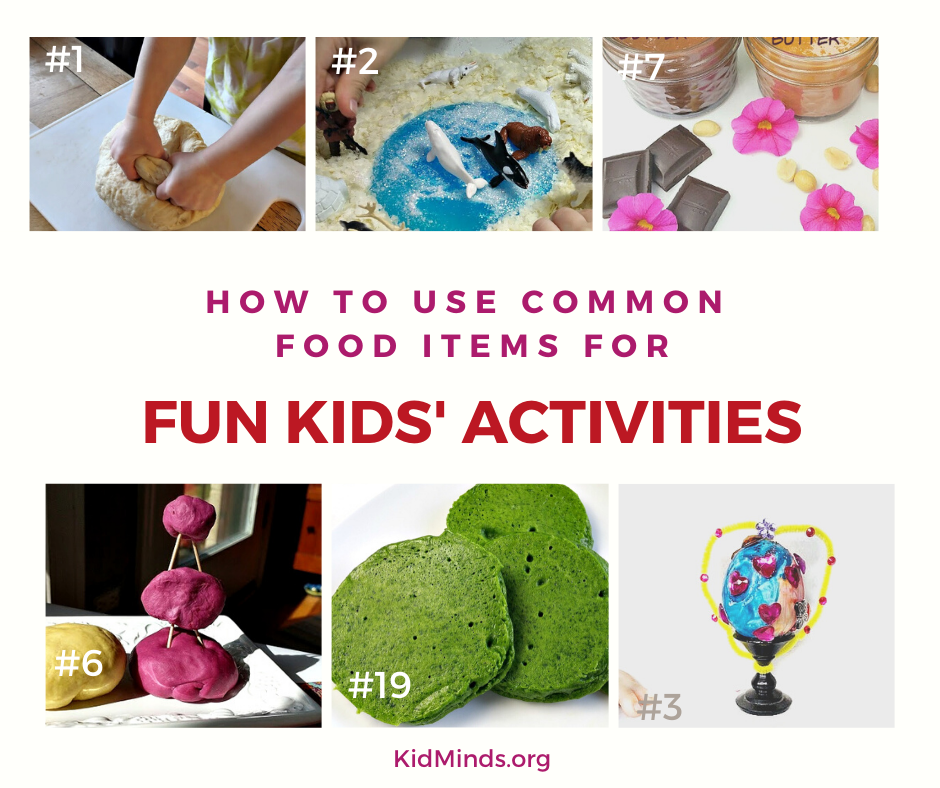
FOOD ITEMS
Flour (Bread in a Bag)
Mashed potato powder (Winter Sensory Play)
Eggs (DIY Faberge Eggs)
Rice (10 Rice Sensory Bins)
Beans (8 Activities with Beans)
Salt (Natural Playdough Recipe – coming up)
Peanut Butter (Non-Newtonian Fluid)
Sugar (Rock candy – coming up)
Pasta (Pasta Art Activities)
Marshmallows (Building Challenge for Kids)
Cocoa Powder (Harry Potter Chocolate Frogs)
Whipping Cream (Homemade Butter)
Milk (Invisible Ink Using Milk, How to Make “Plastic” out of Milk)
Cornstarch (Silky-Smooth Playdough)
Candy (STEM Structures)
Soda (Erupting Soda Bottle)
Pumpkin (40 Fun and Easy Pumpkin Activities)
Spinach (Green Pancakes)
BATHROOM STAPLES
Contact Lens Solution (Basic Slime)
Q-tips (Process Art with Q-tips)
Shaving cream (10 Shaving Cream Art Ideas)
Shampoo (Rainbow Shampoo)
Baby lotion (Baby Lotion Playdough)
Cotton balls (25 Cotton Balls Hands-On Ideas)
Laundry basket (25 Boredom Busting Laundry Basket Games)
Mirror (Pupil Dilation Experiment)
Toilet paper rolls (Membranophone)
Dental floss (Peanut Butter – Rubber Gloves Game)
Comb (Comb Paintings)
Bath scale (Bathroom Scale Lessons)
Iodine (Incredible Iodine Science)
Alka-seltzer (Alka-Seltzer Rockets)
Dixie cups (Dixie Cups Garland)
Tealight candles (Candle Science)
CRAFT CABINET
Beads or Flat Marbles (Toilet Roll Challenge)
Popsicle sticks (DIY Newton Cradle)
Balloons (Homemade Barometer)
Ribbons (15 Ribbon Flowers)
Dice (12 Dice Games)
Paper bag (35 Cool Paper Bag Crafts)
String (Sticky Ice Science)
Glitter (Glittery Painting)
Tissue paper (20 Tissue Paper Crafts for Kids)
Pliers (Homemade Compass)
Googly eyes (Monster Eyes Activity)
Pom-poms (Simple Pom-pom Drop)
Pipe cleaners (Magic Pipe Cleaners)
Watercolors (Watercolors & Oils Science Activity)
Tempera paints (String Art)
Paintbrushes (31 Kids Painting ideas)
Shoebox (Shoebox Treasure Chest)
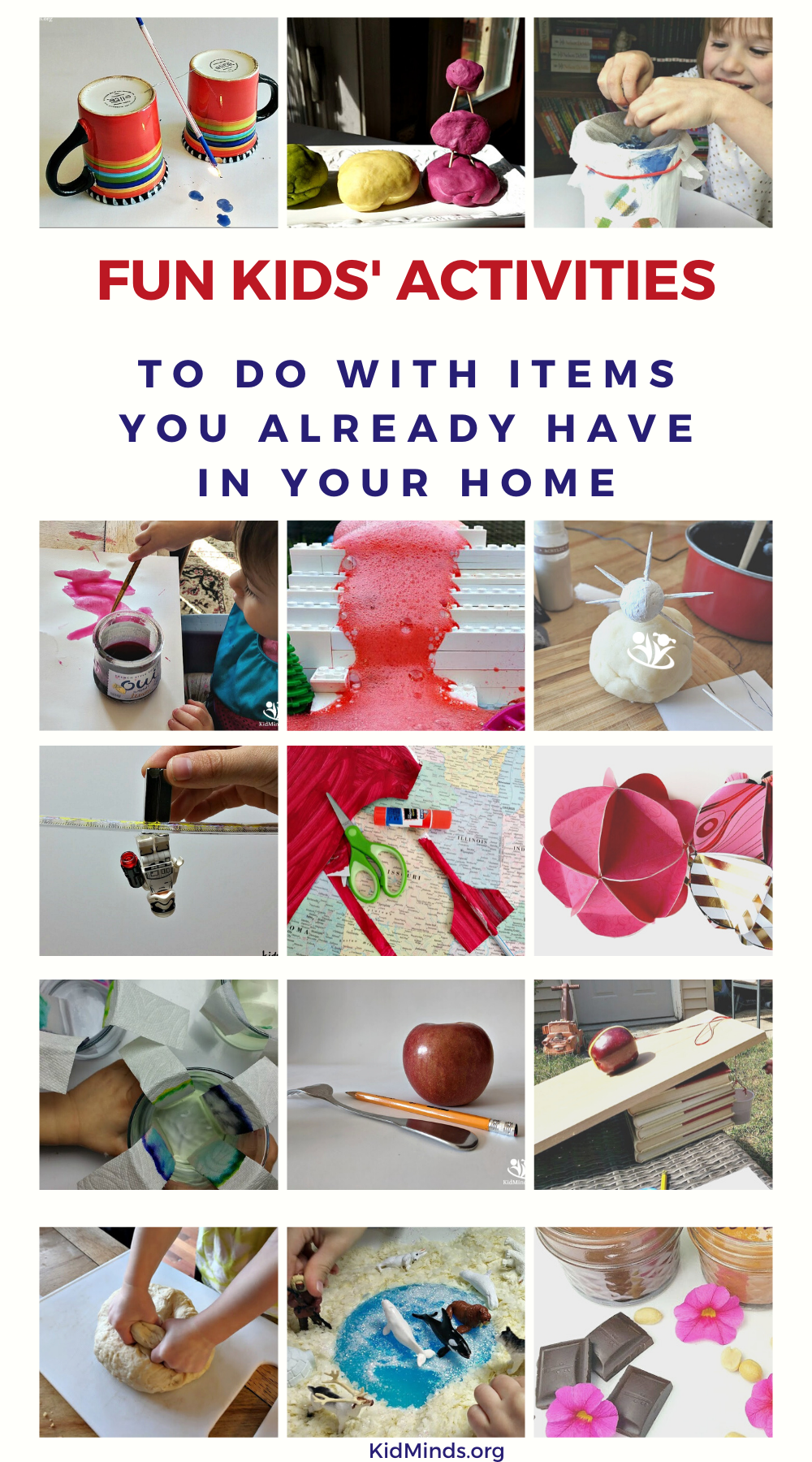
ASSEMBLING SMALL WORLDS AND TRAIN SETS
How To Get Started With Creating Simple Small Worlds By Little Lifelong Learners
Miniature worlds are fascinating and wondrous for young children! They get to be masters of these little environments, and explore beautiful materials that transport them to mysterious and amazing lands away from home. Small World Play encourages imagination, investment, and creativity, while providing so many avenues for conversation and knowledge building about people, places, animals, and more!
Parents: There is a lot of fun to be had as you provide (purchase or create) the creative elements for small worlds. When I was doing this, Hope had the ability to scour a store for the things she wanted to use in her art as soon as she walked and talked.
The produce and bakery in a grocery store were her favorite departments to discover treasures and creative tidbits. But you may need to coach your little one through the process. Work on one theme at a time for the most part. When we found a great price we would purchase ahead. You will have fun with this and hopefully you have wonderful family and friends that helped us find unique elements. But when you have a theme ready, you will need to model how to put the play scene together at first.
But let the children arrange their play set and play the way that they want to as soon as they can handle it. I did this at night after she was asleep. Your set up should include a tray to create in and a tray of organized elements.
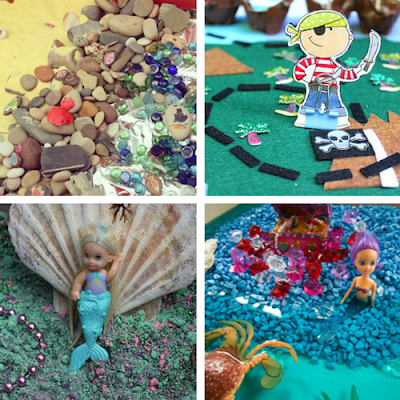
Small World Play on a Small Budget
Updated: Jun 28
Love small world play but not the cost of the resources? Want to see 5 easy and engaging small world set ups? Read on for some low cost, high interest ideas...
What is Small World Play?
Small world play is literally playing with small versions of things which are found (or imagined!) in the world. For example, it could be a miniature representation of a zoo, a building site, a fairy world or a woodland - the possibilities are endless!
Small world play is a wonderful way to develop your child’s imagination, creativity and story telling skills. Here are some examples of how you can create your own small world set ups.
You can use toys which you already have or easily create your own with a little imagination. Junk materials, loose parts, fabric and paper/card are all that you will need! If you have books which link to your theme, it's also a great idea to add these.
Small World Play Ideas
Zoo
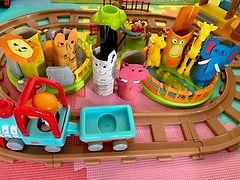
You can make animals for a zoo, using this helpful page from Hobbycraft. All that you'll need are some toilet rolls, card, paints and glue! If you don't have a zoo set like this one from Argos, you can create your own enclosures from junk materials. Paint boxes to make shelters for your animals and use blocks to create zoo enclosure fencing.
Digger World
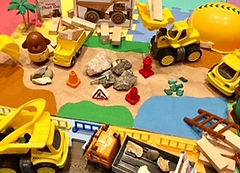
Digger world is sure to be a hit with little ones! Brown parcel paper makes an ideal base. Cut and stick on some self-adhesive felt shapes to create grass, water and sand areas. Add an assortment of rocks, gems, pom poms and blocks to keep your team busy! I've also added some Duplo items which compliment the set up. Jumbo tweezers and scoops will help to develop children's fine motor skills.
Under the Sea
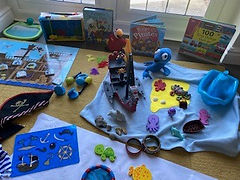
An under the sea scene doesn't need to be expensive. Use blue fabric to create the sea. You can add some yellow self-adhesive fabric to create an island. Rocks, pebbles and shells will make the scene even more authentic! Cheap and cheerful bath or soft toys can be used if you don't have a set of plastic under the sea figures. You may want to add some pirate- themed toys to this set up if you have some!
Space
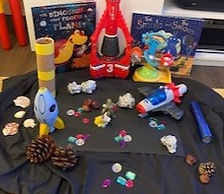
Space World
Space is another popular small world set up. Use a large piece of black fabric to create your miniature planet and then add some loose parts. Items such as pine cones, gems, conkers, star sequins and balled up pieces of tin foil will be great additions! Decorate a cardboard tube to create a telescope. If you don't have a spaceship, your child will enjoy creating one using junk materials.
Bear Hunt
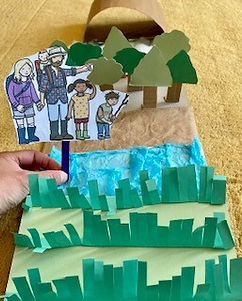
The Bear Hunt
The Bear Hunt by Michael Rosen is a great story to turn into a small world. To make the long wavy grass, fold two thirds of a strip of green paper back and snip it. Stick the third which hasn't been snipped, onto green card. A stream can be made using a piece of card covered in blue tissue paper. Brown parcel packaging makes your squelchy mud. To create trees, cut tree shapes from card, fold the bases under and stick them to a rectangular piece of card. Snow is simply cotton wool balls and a cave can be made by bending a piece of brown card. The character puppets shown in the picture were from twinkl. A free set can be found at Early Learning HQ.
For a great selection of hands-on learning games and activities, don't forget to visit my No Worksheets Allowed shop.
Take a look at my Amazon shop for some fun tried and tested educational resources.
Small World Pretend Play Cardboard Box
We do tons of play, crafts, and activities with recycled materials. Cardboard boxes are a bit hit in our house! We are very excited to join the Project Recycle & Create series each month this year as we create, explore, and play using recycled materials. This month is all about creating with cardboard. I don’t know about you, but since Christmas, we are well stocked on the cardboard supply! This activity was made with a simple cardboard box and inspired so much creative play and fun. We made a small world zoo that encouraged pretend play, fine motor skills, imagination, language development…and FUN! Pretend Play is something we love and have done before with many themes and senses. This zoo themed small world stayed out for a while and was a huge hit with the cousins.
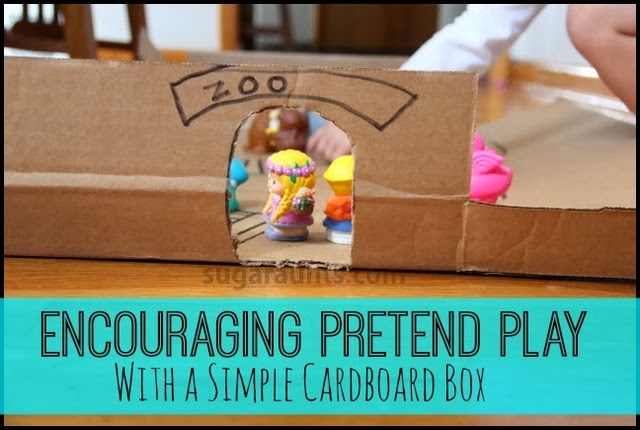
I am such a big fan of Fisher Price's Little People and playsets for small world play for my home and classroom. I buy them for Anna all the time. We pull out the Little People Learning Zoo Playset almost daily. The animals were definitely needed for our cardboard zoo.
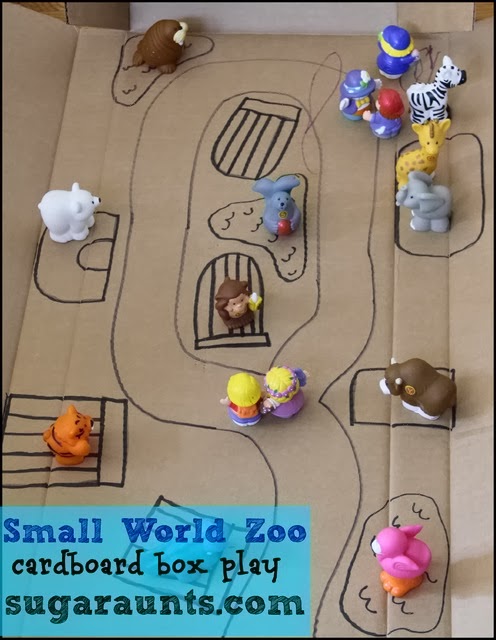
Using a large piece of cardboard, I drew a pathway and a few areas for the animals. Little Guy provided great input about what we needed in our zoo. He said we needed a few cages for the animals and an igloo for the polar bear. He set all of the animals around the zoo and gave everyone a home.
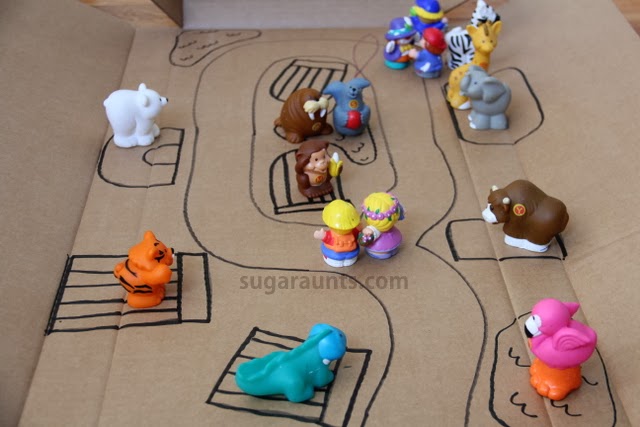
We added a few Little People from the Fun Park
set to walk through our zoo.
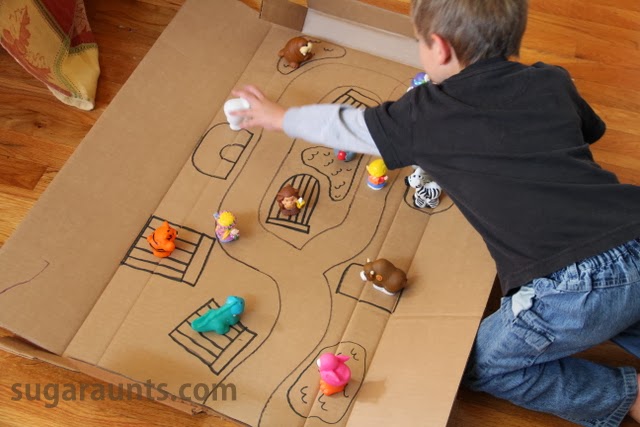
This DIY zoo play mat sat out in our dining room all day and once the Toddlers were up from their nap, they were excited to get in on the play too! What a great way to encourage pretend play and language!
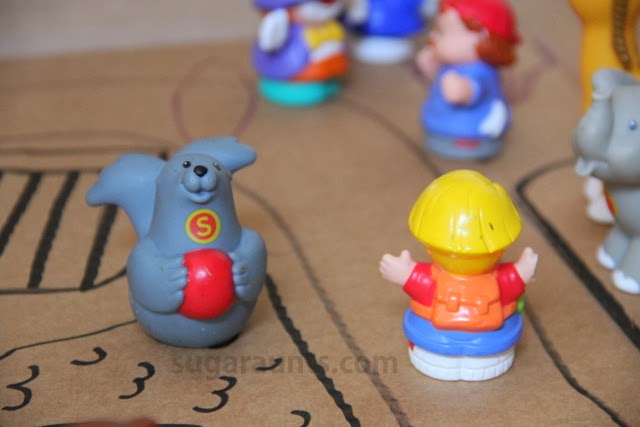
We had so much fun with our pretend play zoo. And, it doesn’t get much easier to set up a small world for hours and hours (days…) of imagination and pretend play! How many small worlds can you create with just a few sheets of cardboard?
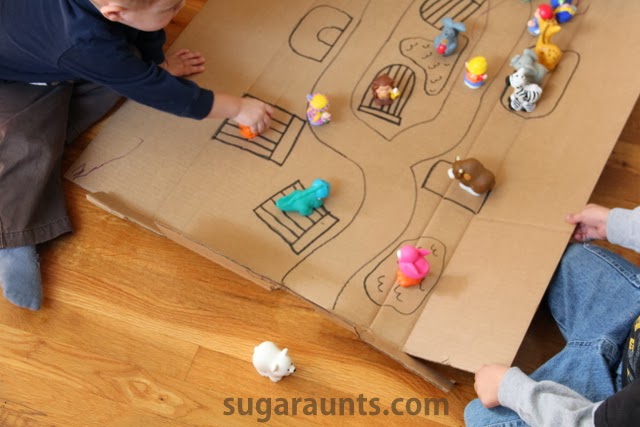
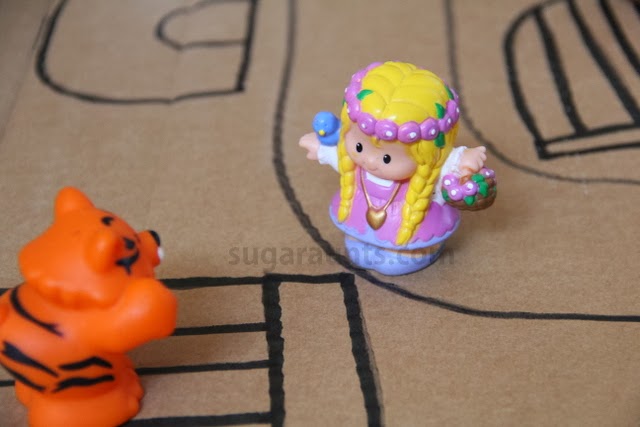
beach small world play
Many years ago, we made a creative ocean and beach small world play activity and it was a Summer hit! Whether you are looking for activities to keep the kids busy at home through hands-on, sensory play, OR if you need Summer occupational therapy activities to use in skill-building, a beach small world is a fun way to play!
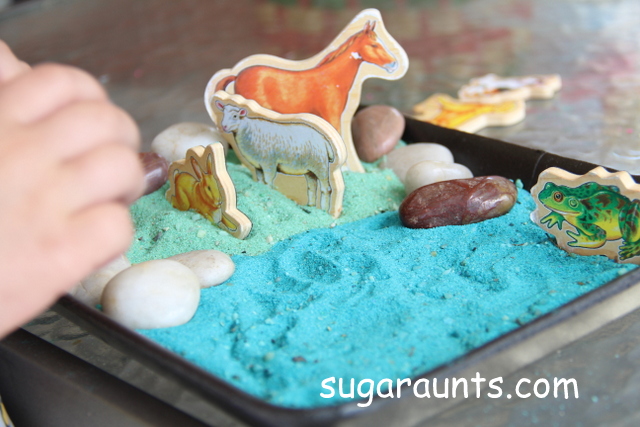
BEACH SMALL WORLD PLAYCreating a beach small world using miniature animal forms and homemade colored sand can be a fantastic sensory activity for children.It doesn’t take much to create a small world, and the benefits are huge:
Imagination and Creativity: Small world play encourages children to use their imagination and create their own narratives and scenarios. They can invent stories, develop characters, and build unique worlds, fostering their creative thinking skills.
Language Development: Small world play often involves storytelling and dialogue, which helps children enhance their vocabulary, expressive language skills, and communication abilities. They can practice describing objects, expressing emotions, and engaging in role-play, leading to improved language development.
Problem-Solving and Critical Thinking: When engaging in small world play, children encounter various challenges and obstacles. They learn to think critically, problem-solve, and find solutions to overcome these challenges, fostering their cognitive skills.
Fine Motor Skills: Manipulating and arranging small objects in a small world setting requires precise hand-eye coordination, dexterity, and fine motor skills. Children practice grasping, pinching, and manipulating objects, which can enhance their fine motor abilities.
Social Skills and Cooperation: Small world play often involves collaboration and cooperation when children engage in shared storytelling or role-playing scenarios. They learn to take turns, negotiate roles, and collaborate with others, promoting social skills and teamwork.
Emotional Expression: Small world play provides a safe and controlled environment for children to express their emotions and explore different feelings through their play narratives. They can process and make sense of complex emotions, develop empathy, and practice emotional regulation.
Sensory Stimulation:
Small world play often incorporates sensory elements, such as sand, water, or different textures. Engaging with these sensory materials stimulates children’s senses, promotes sensory exploration, and contributes to their sensory development.Knowledge Acquisition:
Small world play can be a great tool for learning about different concepts and subjects. Children can explore nature, geography, history, and various themes as they create their miniature worlds, leading to knowledge acquisition in a fun and engaging way.
With a bit of imagination, parents can transform a small tray or container into a mini seaside paradise.You’ll need to first gather just a few items to make a beach small world activity:
Animal figures: seagulls, crabs, and dolphins, fish, or other animals
Tray or Container: Select a shallow tray or container that is large enough to hold the materials and provide a play space for your child. It can be a plastic tray, a wooden box, or any other suitable container.
Sand: Use play sand or kinetic sand to create the beach or ocean floor. You can also dye the sand using food coloring like we did to make our homemade colored sand
Water: Incorporate a small amount of water into your small world setup to represent the ocean. You can use a separate container for the water or create a section within the main tray for a shoreline or shallow water area.
Rocks and Shells: Gather some small rocks and seashells to create a more realistic beach or coastal environment. You can collect these from a local beach or purchase decorative ones from a craft store.
Plants and Foliage: Consider adding some greenery or beach vegetation to enhance the sensory setup. You can use fake or dried plants, small artificial trees, or even real seaweed (if available and safe to use).
Tools and Utensils: Provide some child-friendly tools and utensils for scooping, digging, and creating patterns in the sand. Small shovels, spoons, sieves, and rakes can be used to enhance the sensory experience and encourage fine motor skills.
Optional Accessories: Depending on your preference and the space available, you can include additional accessories like toy boats, small beach umbrellas, mini beach chairs, or even a small plastic container to mimic a tidal pool.
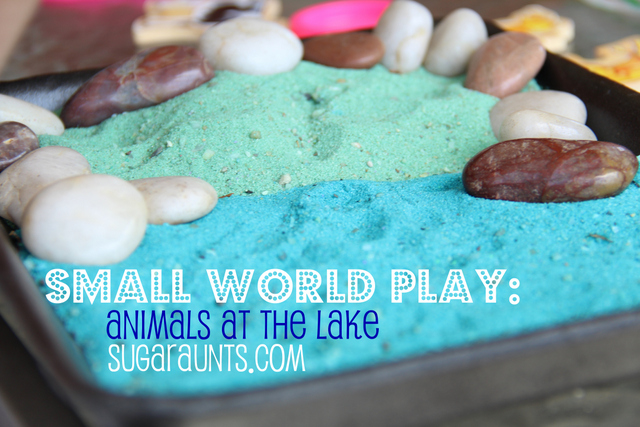
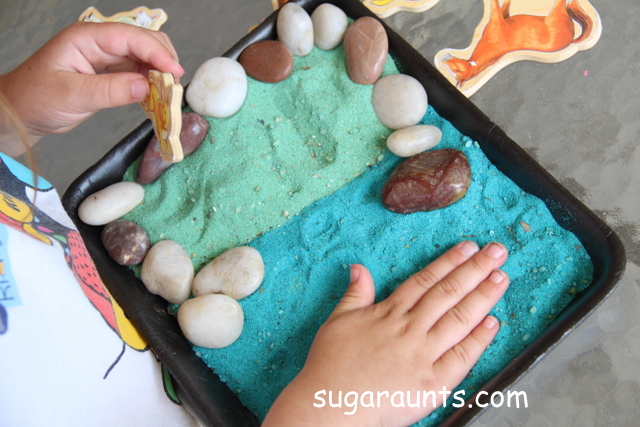
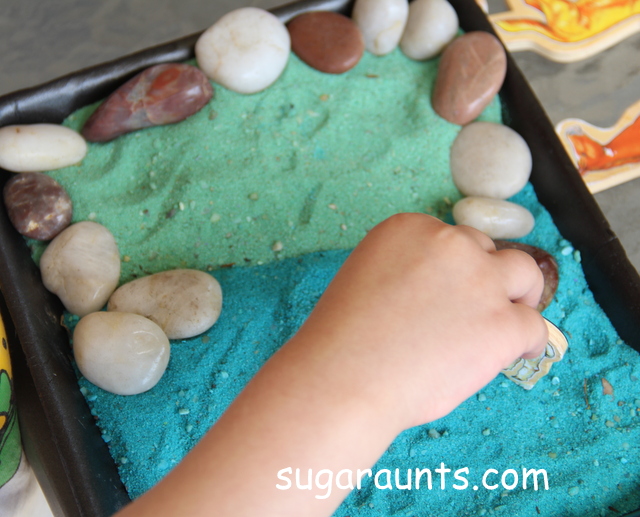
It was a fun day at the lake 🙂 The bunny went swimming…
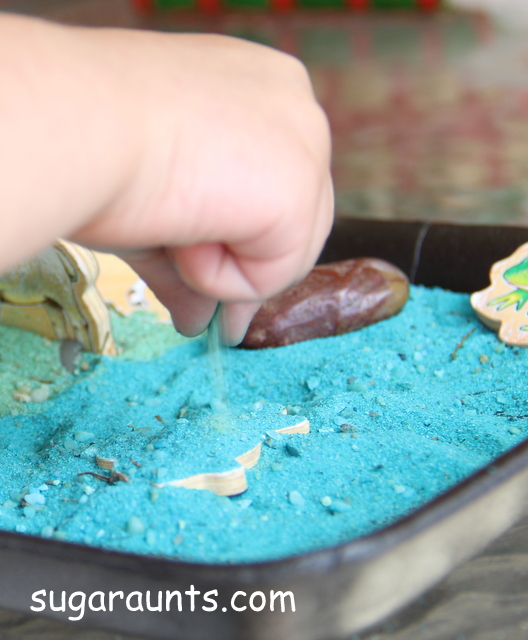
And the temptation was too great…we HAD to mix the two colors of sand together.
Assembling a Small world on your own
OBSERVE WHAT YOUR CHILD IS INTO.
Knowing what interests your child is important. If your child likes super heroes, get a fire truck and talk about real-life heroes. You can get them a superhero costume for dress-up play. Build off of child’s interests to introduce new concepts and different kinds of play.
THINK ABOUT THEIR DEVELOPMENT.
Take note of what your child is able to do at the moment. Provide toys that allow them to feel successful and those that challenge them to advance their skills. For example, start with puzzles with large chunky knobs and then introduce the peg-piece variety. For most things, start with larger pieces and move to smaller as they develop their fine motor skills.The younger the children are, the more simple you want to keep your small world (with maybe one element of sensory play and using items they can easily manipulate themselves). Less is more in this case. The older children are, the more elaborate small worlds can become.
THEN DECIDE ON YOUR THEME.
Choose a subject for your small world that the child has experience or at least an interest in. (For a first small world animals are often a safe bet as most children have some knowledge of or interest in them or you could try and act out a favorite story like ‘Going on a Bear Hunt’) or song like “Old Mc Donald”. I also used some of her favorite television shows and movies for inspiration. But ask them about what their favorite scene was. I could have gathered materials for creating a jungle from “Jungle Book” for Hope. But knowing it was the mango scene and the girls carrying water that she really liked made me aware of her favorite elements from the movie, ensured that it would be used more often.
COLLECT SUPER FUN MATERIALS.
Be inspired by what you have in your toy box, in your kitchen, garden or anywhere else within reach. Part of the fun of small world play is setting the scene! Children love to be involved in creating small worlds and like to hunt for items they might want to use.It’s fun to make this a collaborative effort with your little ones, giving them ownership of the process.
Remember that you can add elements of sensory play too (like sand, water, play-dough, straw, uncooked rice, rocks, …) and that you might (will!) need a box or tray of some sort to contain your items.
GO FOR A SENSORY EXPERIENCE RATHER THAN OVER-STIMULATING.
Provide a wide variety of colors, textures, sizes, shapes and sounds and let them do the exploring. Things like colorful building blocks, silky scarves and wooden cars lend themselves to a multi-sensory experience. All of these items also have a variety of ways to play in them.
DIVERSITY WITH OPEN-ENDED TOYS
Open-ended toys can often be used much longer and add more variety in play. Try to pick out items you can use in 3 different ways. Can you count it, build with it, pretend with it, etc? Great! It will more than likely be a purchase you won’t regret.
But now we are ready for setting up and assembling the small world playtime
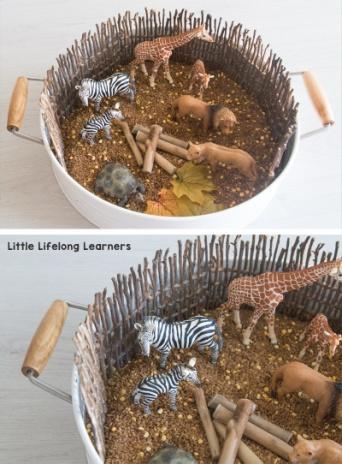
There are really only three main components to a sensory small world – the base, the figurines and the loose parts. Then all you need is something to set it up on or in! You could use a small world table or any old container really! Lately we’ve been loving the Kmart Metal Tray for our small worlds!
Let’s get stuck into the details so that you can create your very own small world tray in no time!
THE BASE
This is my favorite part – the sensory element of the small world! There are so many wonderful materials you could use as your base such as:
Colored water dyed with just a drop or two of food dye
Kinetic sand or sand from the sandpit
Small garden pebbles
Dirt from the garden
Dyed rice (click here to read instructions)
Play dough in various colors 20 Play dough Small Worlds
Cloud dough (click here for the recipe)
Split peas or corn
Black beans
Oobleck
Dyed brown rice and yellow split corn made this African Small World very enticing!
THE ANIMALS OR FIGURINES
Next you add your animals or figurines! We buy pretty much all of our animal figurines from Mini Zoo! They are so realistic and will last a lifetime of play for each of our three children. They are definitely worth the investment! Some of our favorite figurines for play include:
Schleich or CollectA animals – We have a set of farm, jungle, ocean, dinosaur and wild animals!
Wild Republic polybags – These ones are still large enough for little hands while still being realistic. We love our Aquatic Animals and Insect sets!
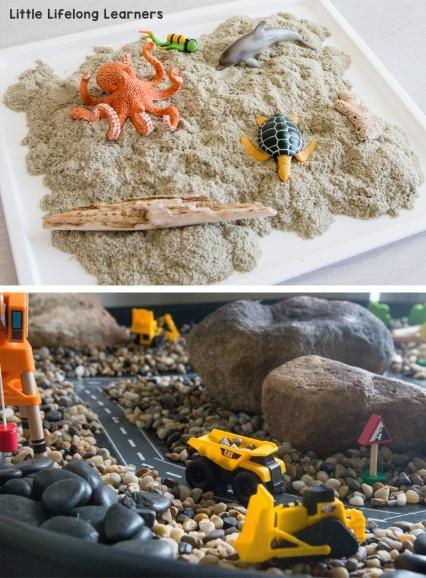
Safari brand Toobs – These smaller sets of animals are perfect for small worlds on a smaller scale. They’re also great for adding to a kit to take out and about too!
CollectA Minis – We recently got our first few sets of Minis and they are gorgeous! They are smaller versions of the very realistic larger animals!
Construction Vehicles
Fairy figurines
Peg dolls and little people – We love the little Hape brand people from The Creative Toy Shop.
My little learners loved this Construction Small World! The small pebbles were such a hit!
THE LOOSE PARTS + EXTRAS
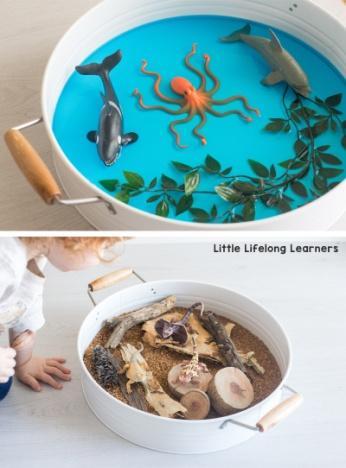
The final step is adding your loose parts, plants or any other little extras. But keep in mind, this totally isn’t necessary! Often the sensory element and figurines are enough to invite lots of engaged play!
Natural Loose Parts – Collect things from nature that you can use in your small worlds. Shells from the beach or twigs and pebbles from the park make wonderful additions to your small worlds. You can also get gorgeous wooden pieces from Mini Minds Australia and Made With Altitude that add such a gorgeous natural touch to your tubs!
Fake Plants – We have quite the collection of fake plants for our small worlds. We find them at dollar shops, Ikea and our local Aquarium!
Our lizard small world was made up from natural treasures we collected at the park the day before! I added them to a tub of brown dyed rice with our lizards and our Mini Minds Australia natural wood slices
I hope these tips get you excited to get started with creating small worlds!
NEVER SET UP SMALL WORLD PLAY BEFORE?
Never fear! It is simple! Small worlds lend themselves to all themes, materials, and situations.
There is no right or wrong way to set up small world play.
Pick a theme that you know your child will be interested in. If you made discovery baskets when your child was an infant, then you have a lot of supplies that your child is familiar with to consider. Then you can get started. First decide where you set up our materials. It might be in a plastic bin. In a sand play table. Or even in a recycled pizza or shoe box or even in a simple tray. It will determine your base and what size your treasures will need to be. The most important (and best) step is saved for last. PLAY!
If you are both new at this you can start simple. If you’ve built a farm scene for instance, you can start by feeding the animals, cleaning the barns, let the farmer check up on them etc. You can use simple actions and simple words (go on, make some animal sounds!). I’m sure children will join in fairly soon and you can play alongside each other for a while mirroring his (her) actions and following his lead (if he wants the cows to go to sleep: night time it is!) until they are ready to play on their own.
It’s good to keep in mind that all children are different. Some children only need a little help getting started and will be completely absorbed by their little worlds for a while. My little ones always loved having everything in one bin. Others will rather not play alone or lose interest quickly. That’s all ok. Don’t be discouraged (after all the effort of setting up this amazing small world!), you can leave it out for a couple of days and chances are they’ll want to revisit soon.
In general: as the child grows their play will evolve, become more abstract (being able to play out scenes they are not necessarily familiar with) and the play will become predominantly child-led. (Milestone!)
Simple Small Worlds
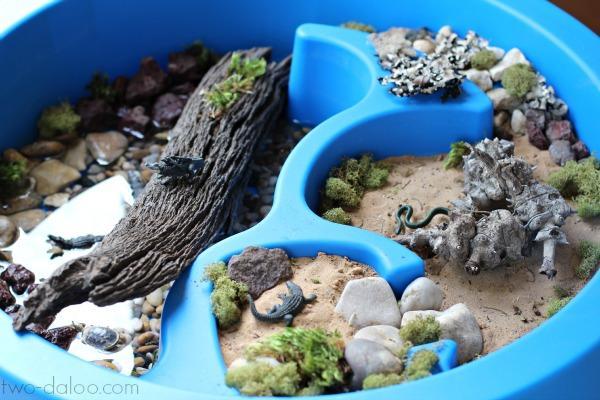
Reptile Small World Sensory Play (Twodaloo)
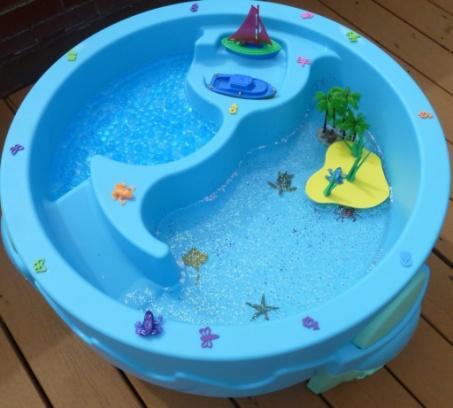
Tropical Island Water Table (Craftulate)
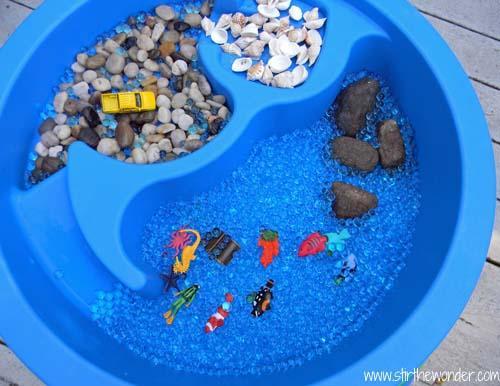
Ocean Sensory Table (Stir the Wonder)
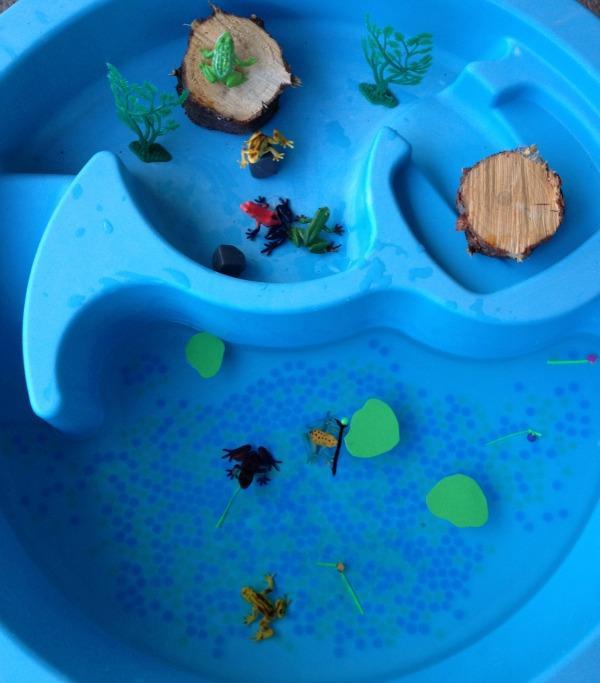
Frog Sensory Bin (Coffee Cups and Crayons)
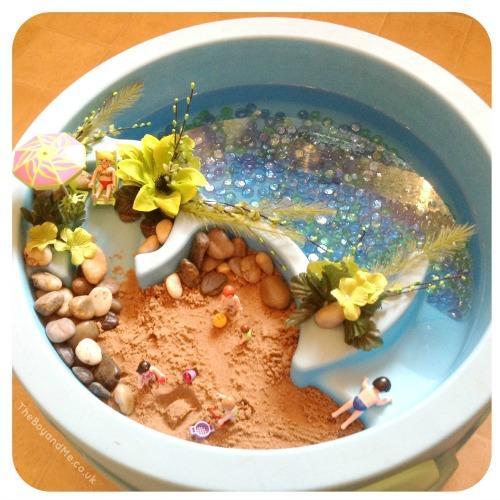
Beach Play (The Boy and Me)
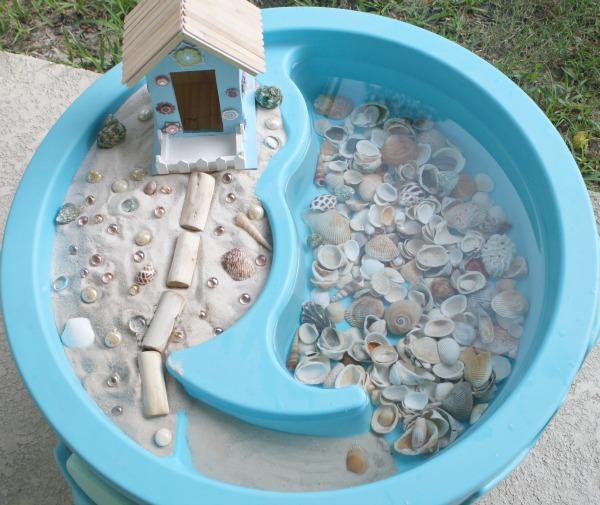
Beach Small World (Fantastic Fun and Learning)
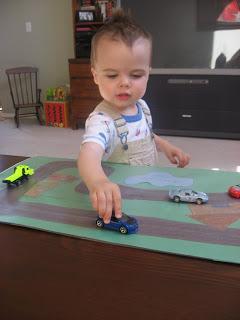
Brown Grocery Bag Small WorldTown Play Mat
Simple Small Worlds
Simple Small Worlds: Fizzing Hidden Ocean World
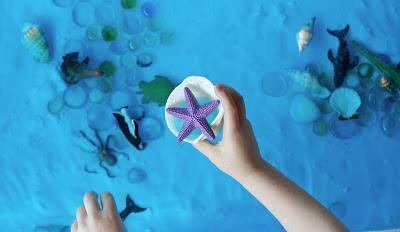
Safari Ltd sent us a TOOB free of charge at my request. My review of their products is not swayed by this as I already loved them! One of the most classic subjects for a small world is the ocean. Full of amazing, ...
Simple Small Worlds: Butterfly World
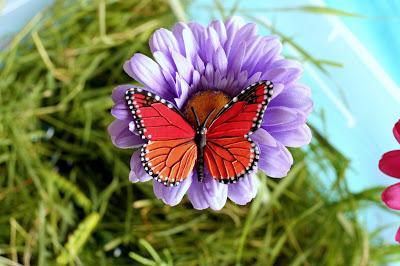
You can read about our other Simple Small Worlds here:
Fizzing Hidden Ocean World
Froggy World Insect World
Dinosaurs and Sticky Mud Farm World Dragon World Dinosaurs and Frozen Snow For your convenience, ...
Simple Small Worlds: Dragon World
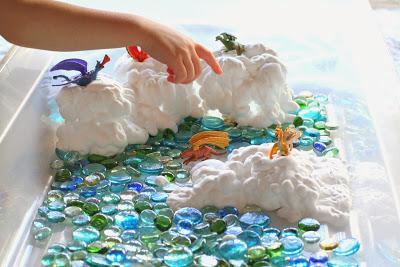
This originally ran as a guest post at NurtureStore in May 2013. If you are unfamiliar with our Simple Small World series - all the small worlds must be able to be set up in 5 minutes or less and I try to repeat ...
Simple Small Worlds: Insect World
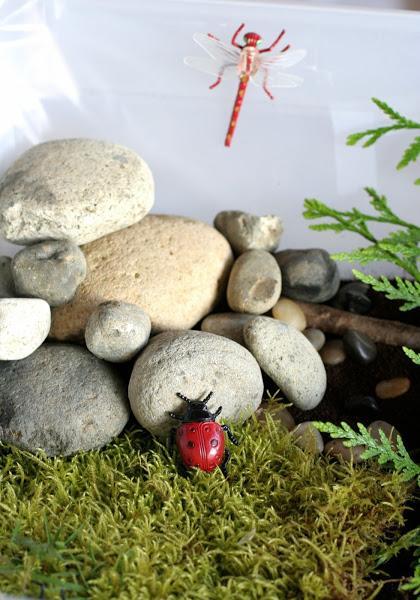
Safari Ltd provided me with their Insect TOOB free of charge, but all opinions expressed in this post are my own and were not influenced by the free product since I already loved their products! One of the things ...
Simple Small Worlds: Dinosaurs Island
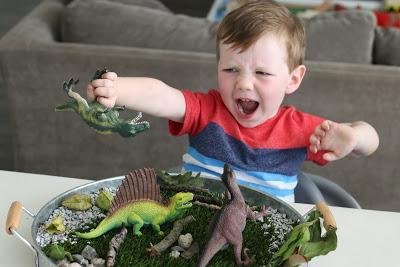
When I presented the tray to him, I reminded him that he found all of the sticks, leaves and rocks and had him touch the different leaves. We talked about textures like how the leaves with jagged edges looked a lot like the dinosaur's teeth.
Simple Small Worlds: Farm World
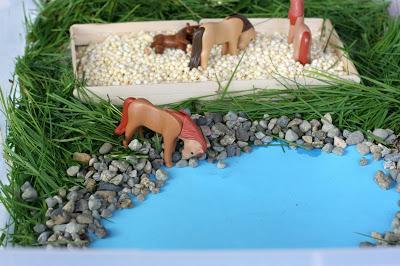
You can read about our other Simple Small Worlds here: Fizzing Hidden Ocean World Froggy World Insect World Dinosaurs and Sticky Mud Dragon World Butterfly World Dinosaurs and Frozen Snow This post contains ...
Read more ...
Simple Small Worlds: Frog World
You can read about our other simple small worlds here: Fizzing
Hidden Ocean World
Insect World Farm World
Dinosaurs and Sticky Mud Dragon World
Butterfly World
Dinosaurs and Frozen Snow I love small world imaginative ...
Simple Small Worlds: Dinosaurs and Frozen Sensory Snow
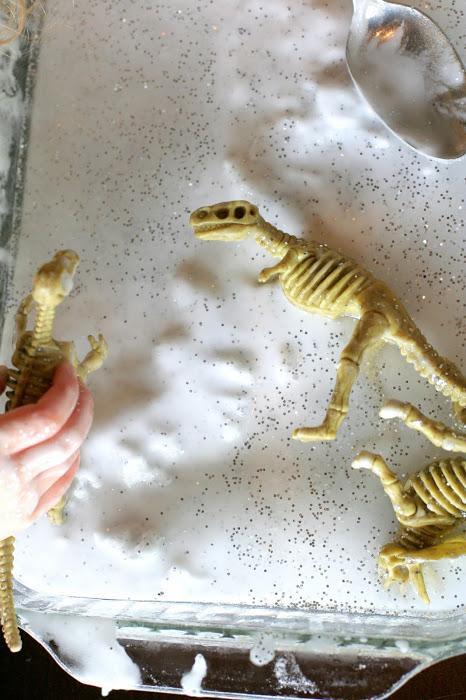
I saw this awesome recipe for Shivery Snow Dough from Learn with Play at Home a few months back and thought it was totally brilliant! A freezing cold snow dough in the hot summer sounded just perfect. I decided ...
Read more ...
